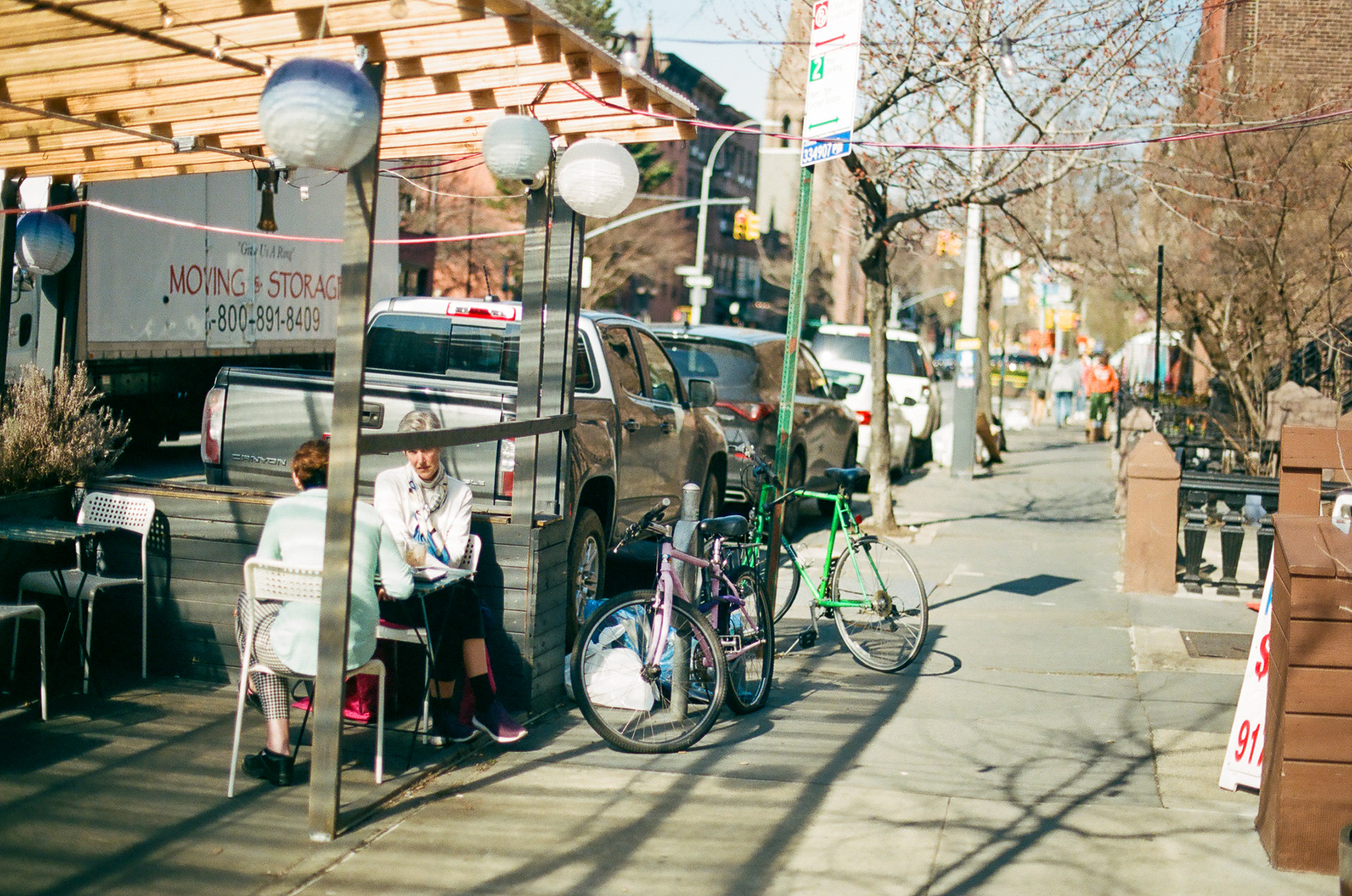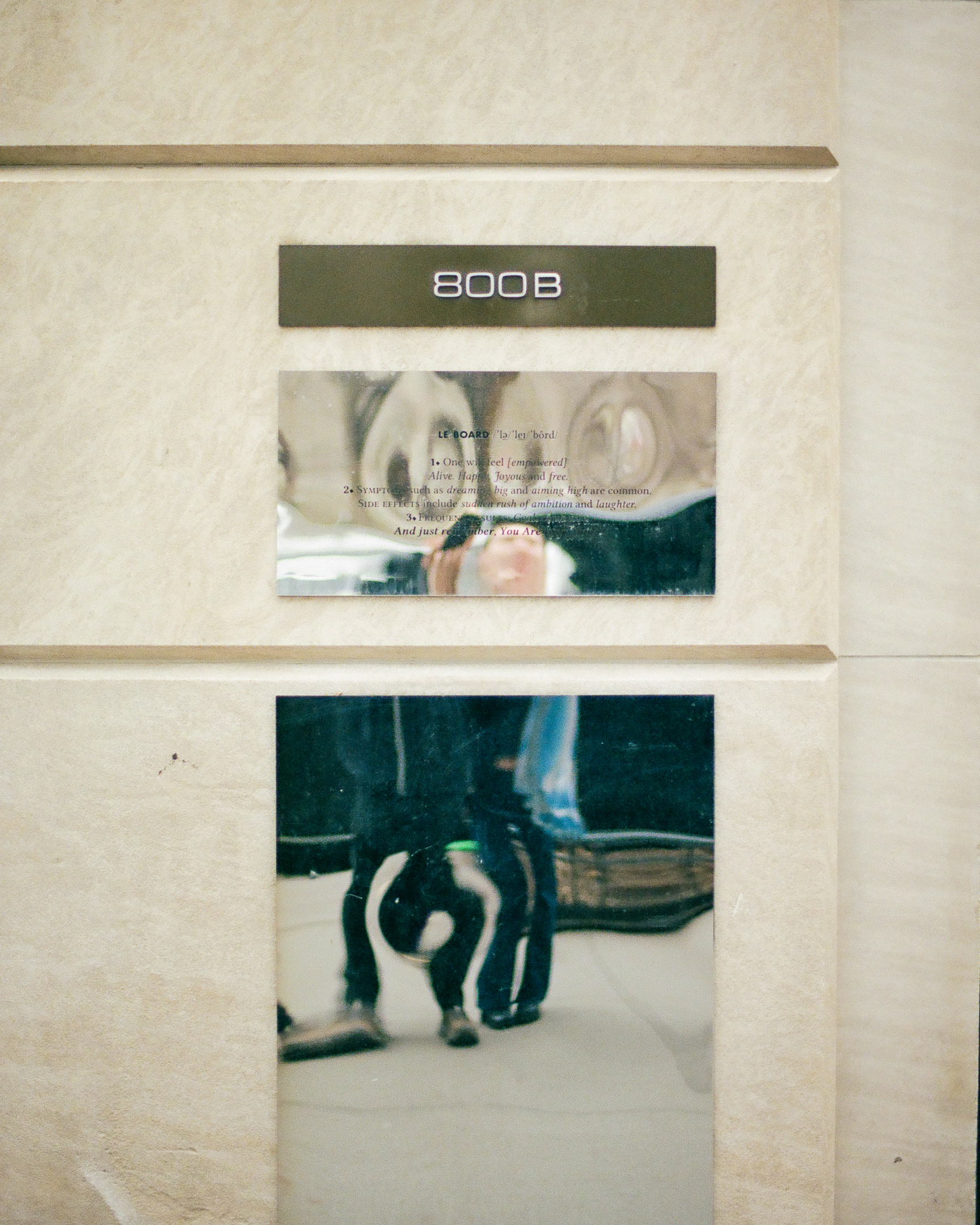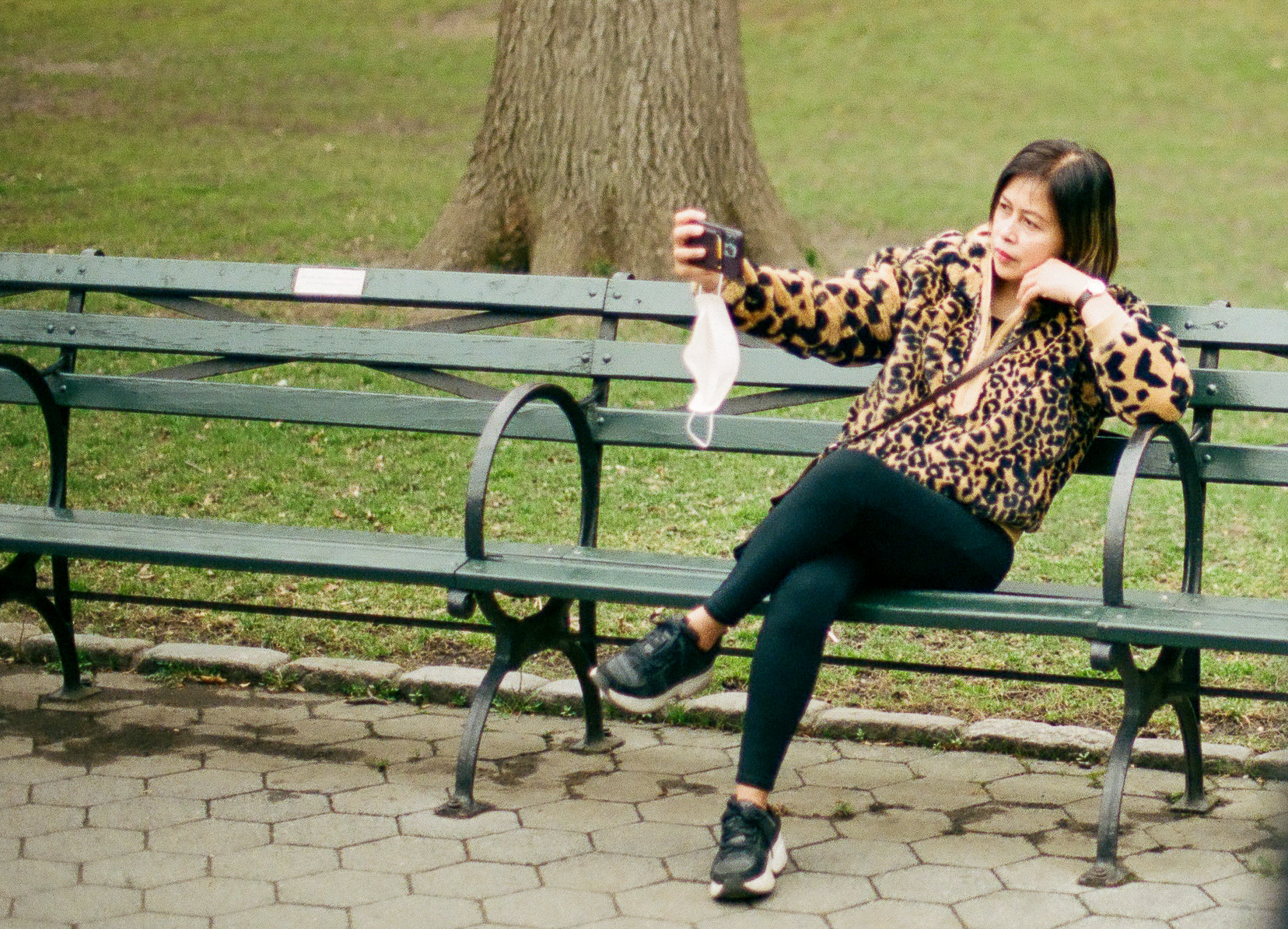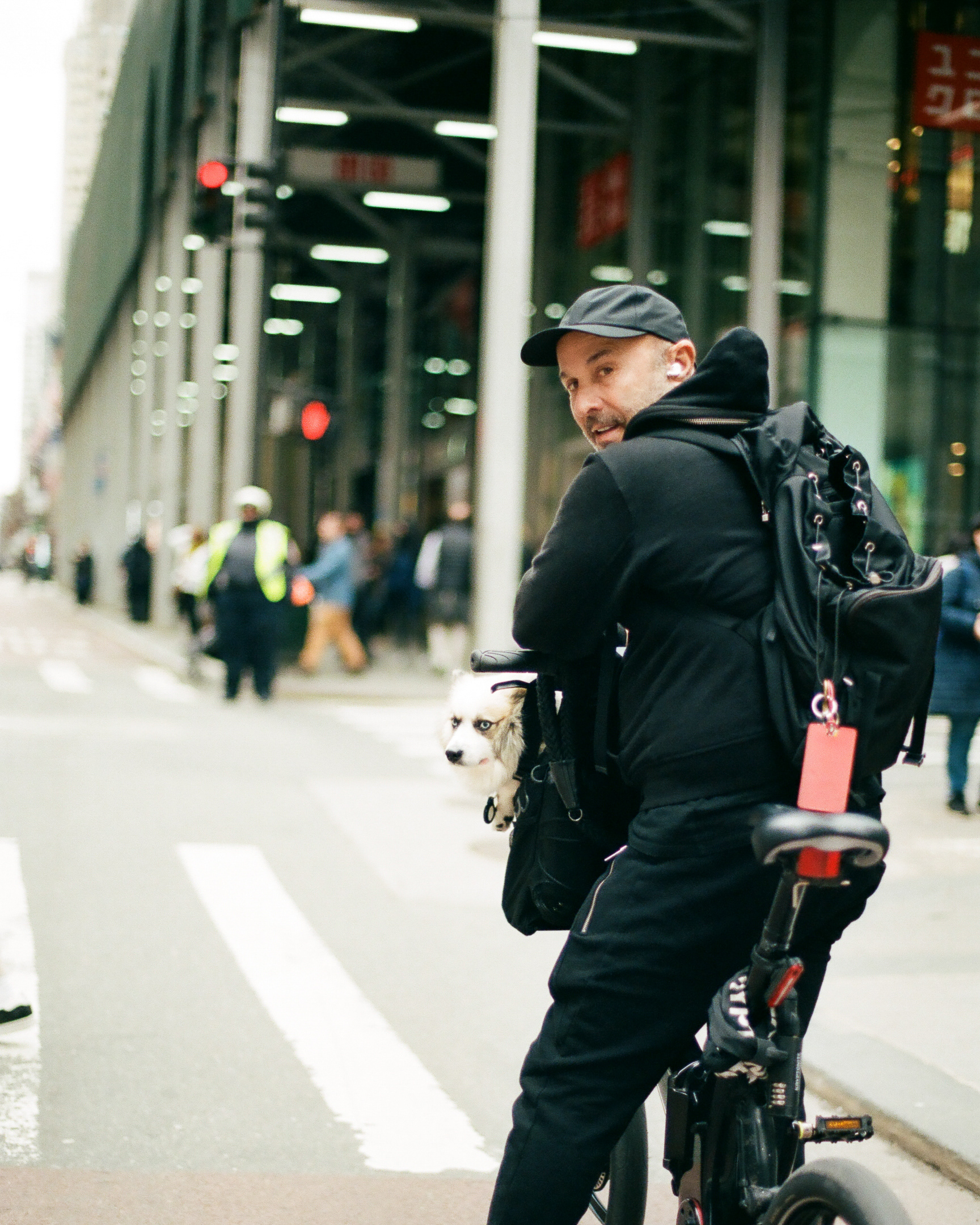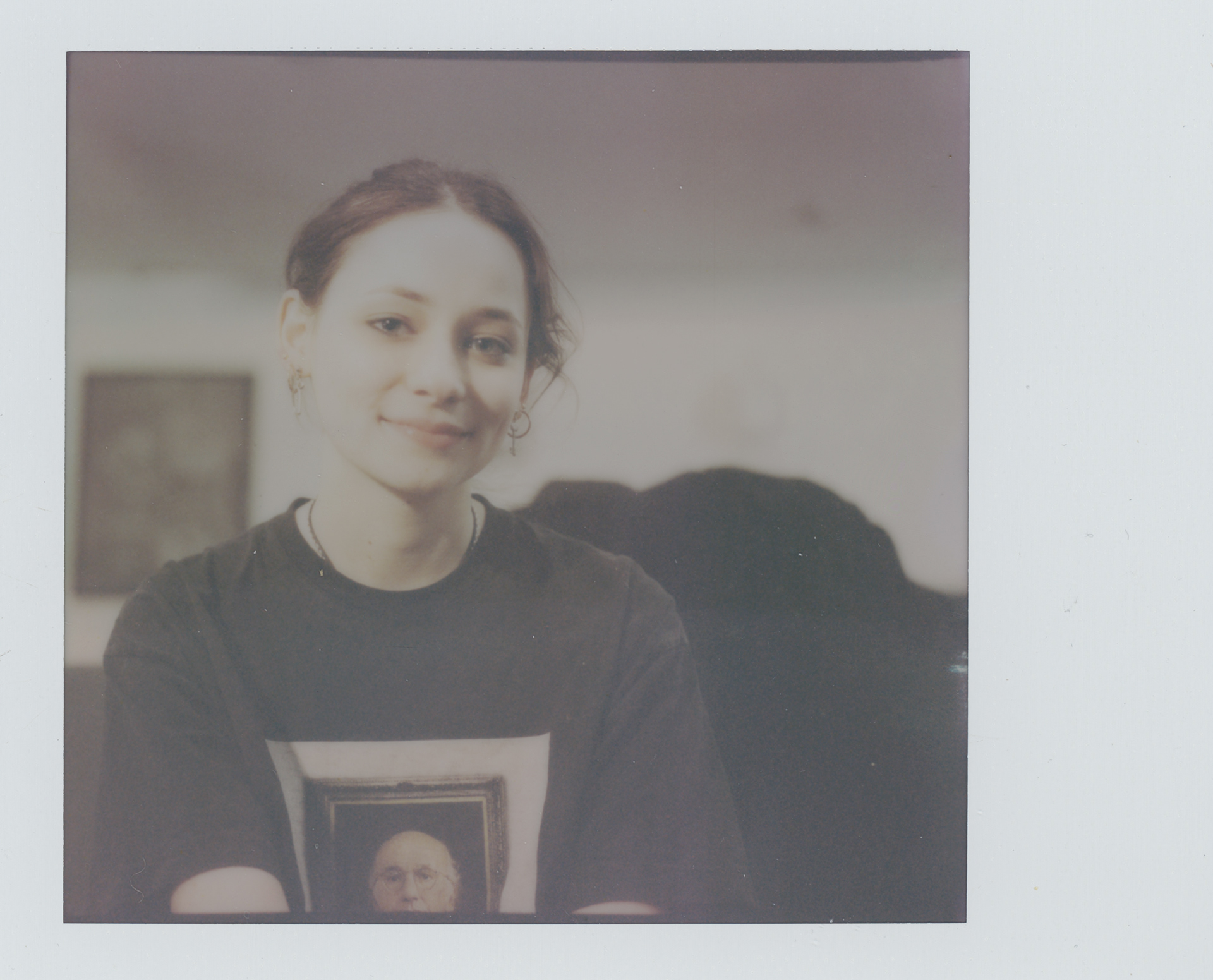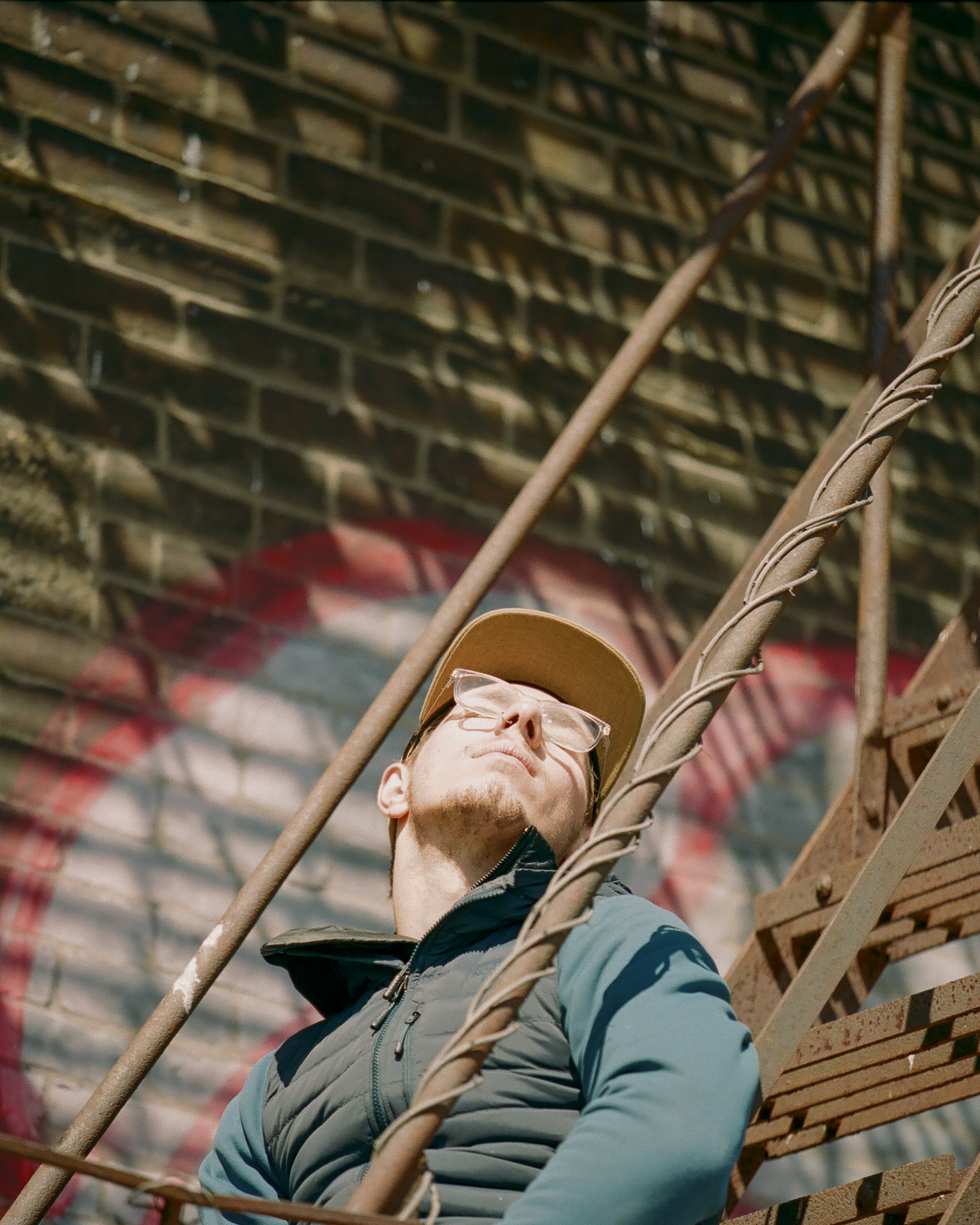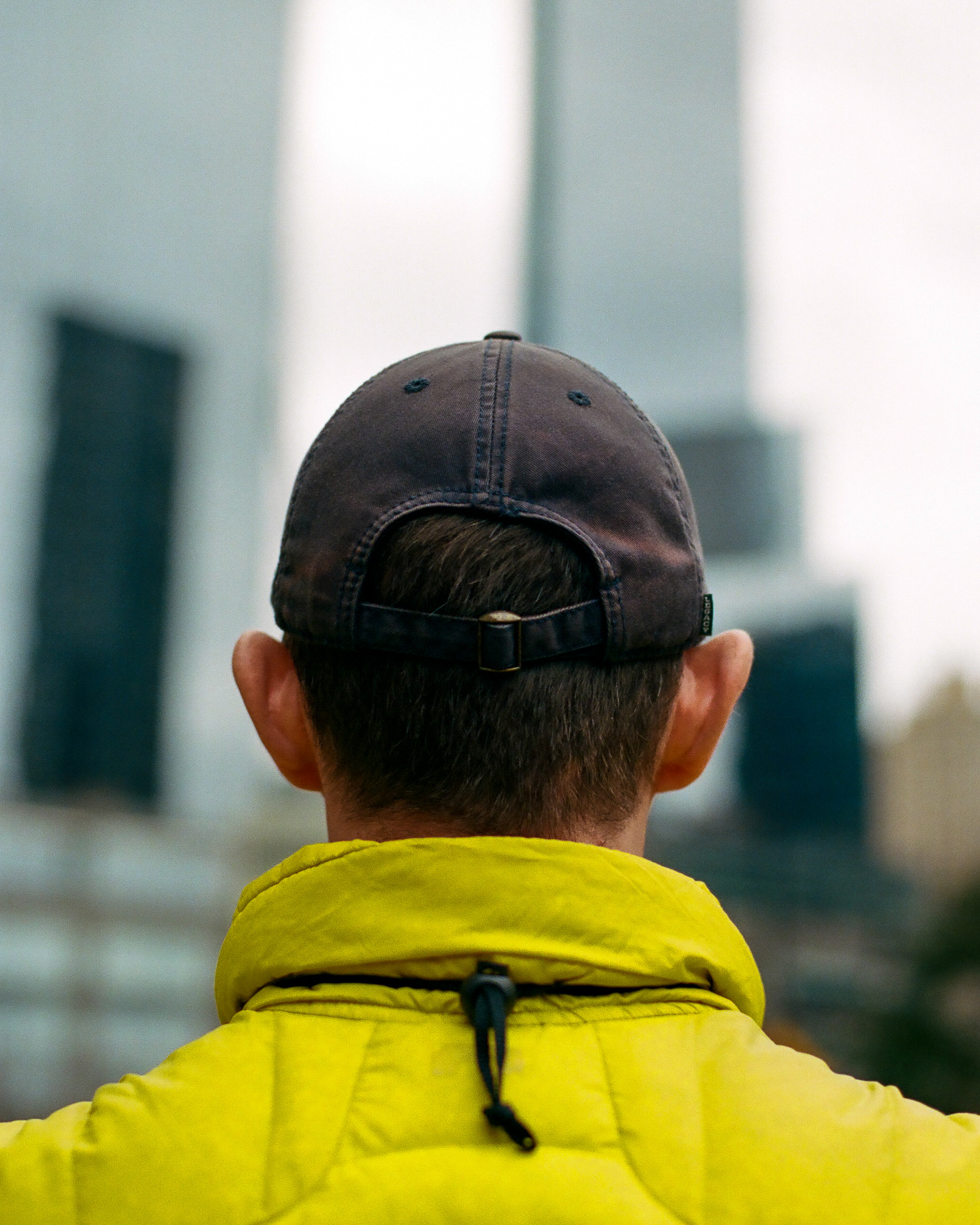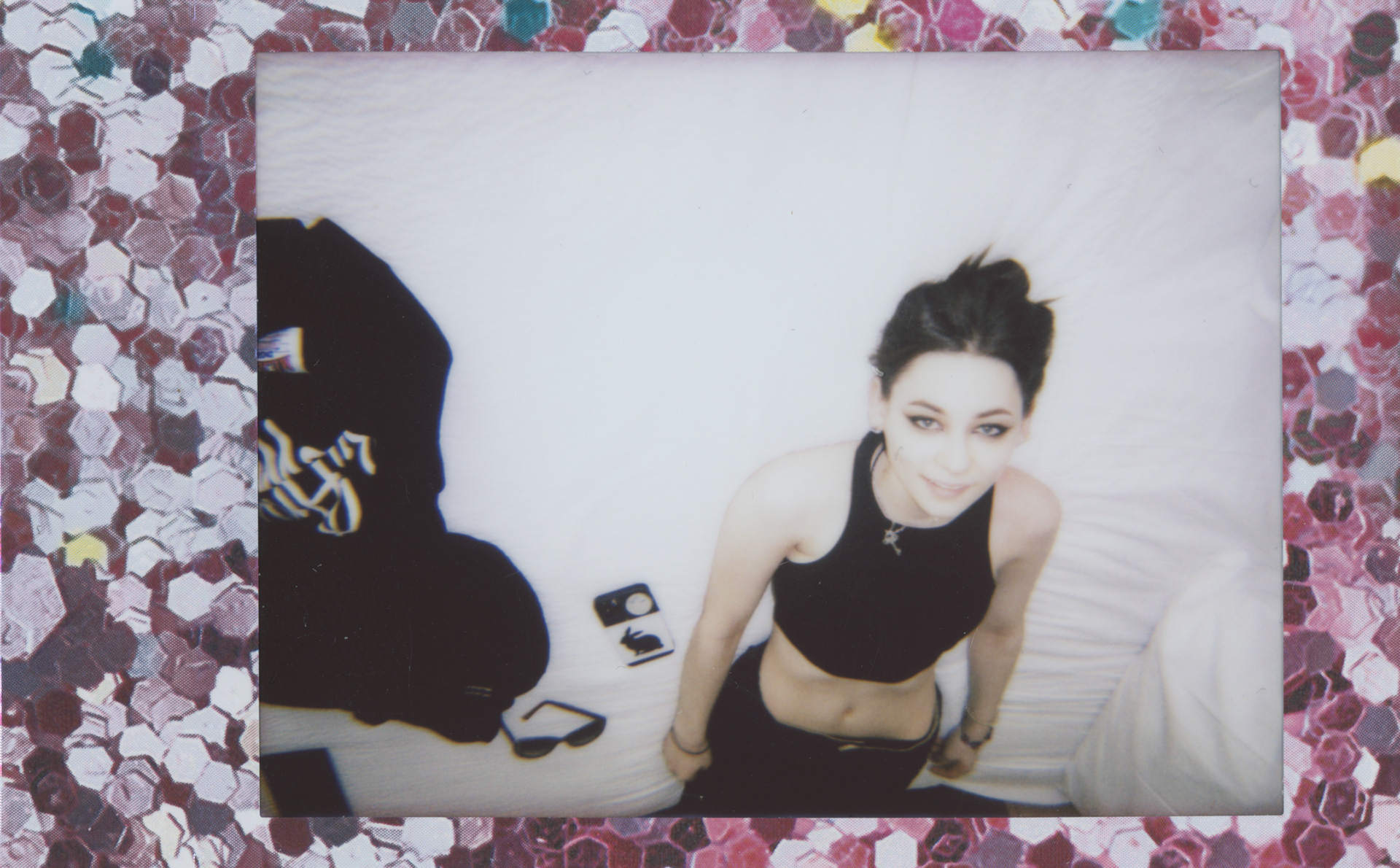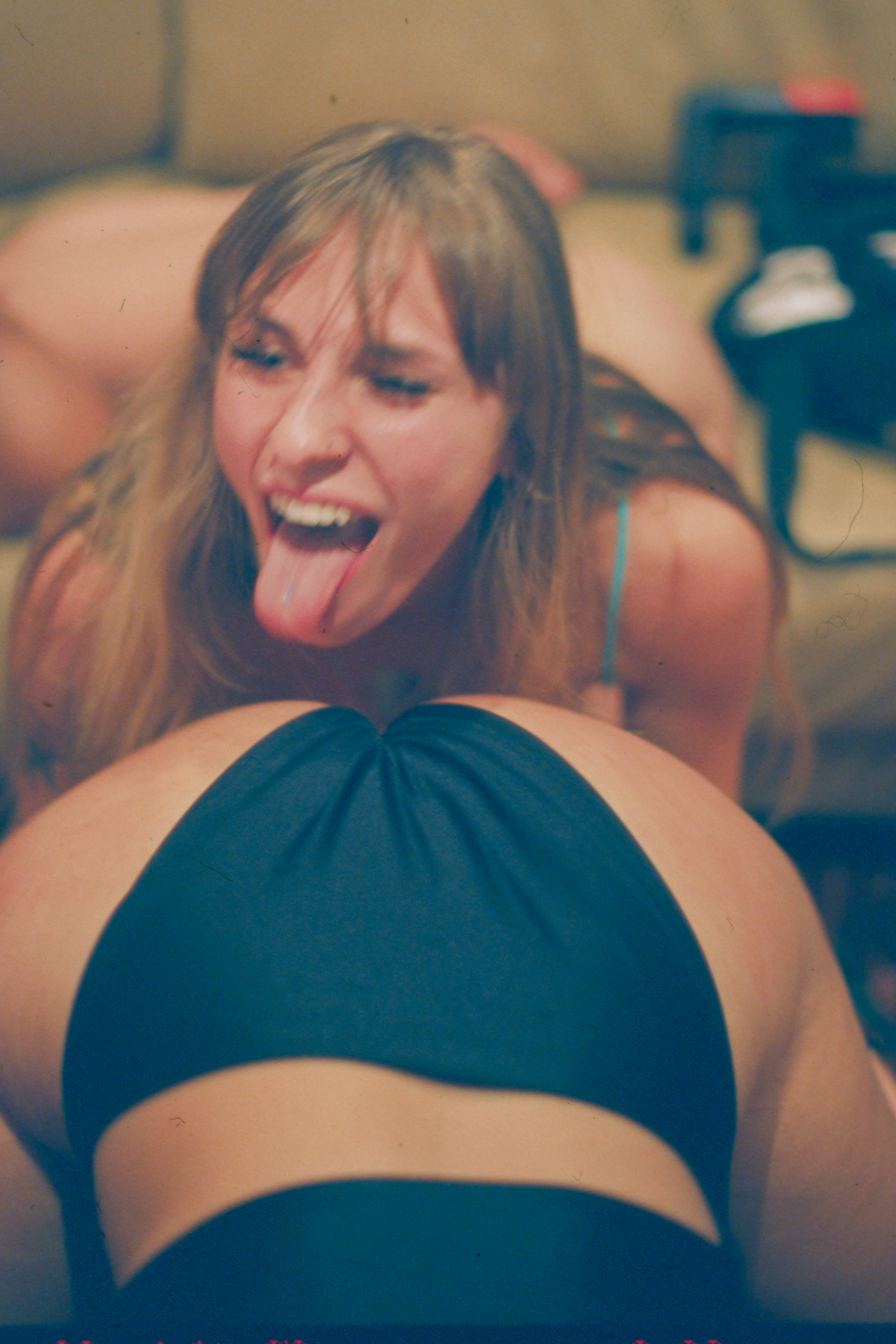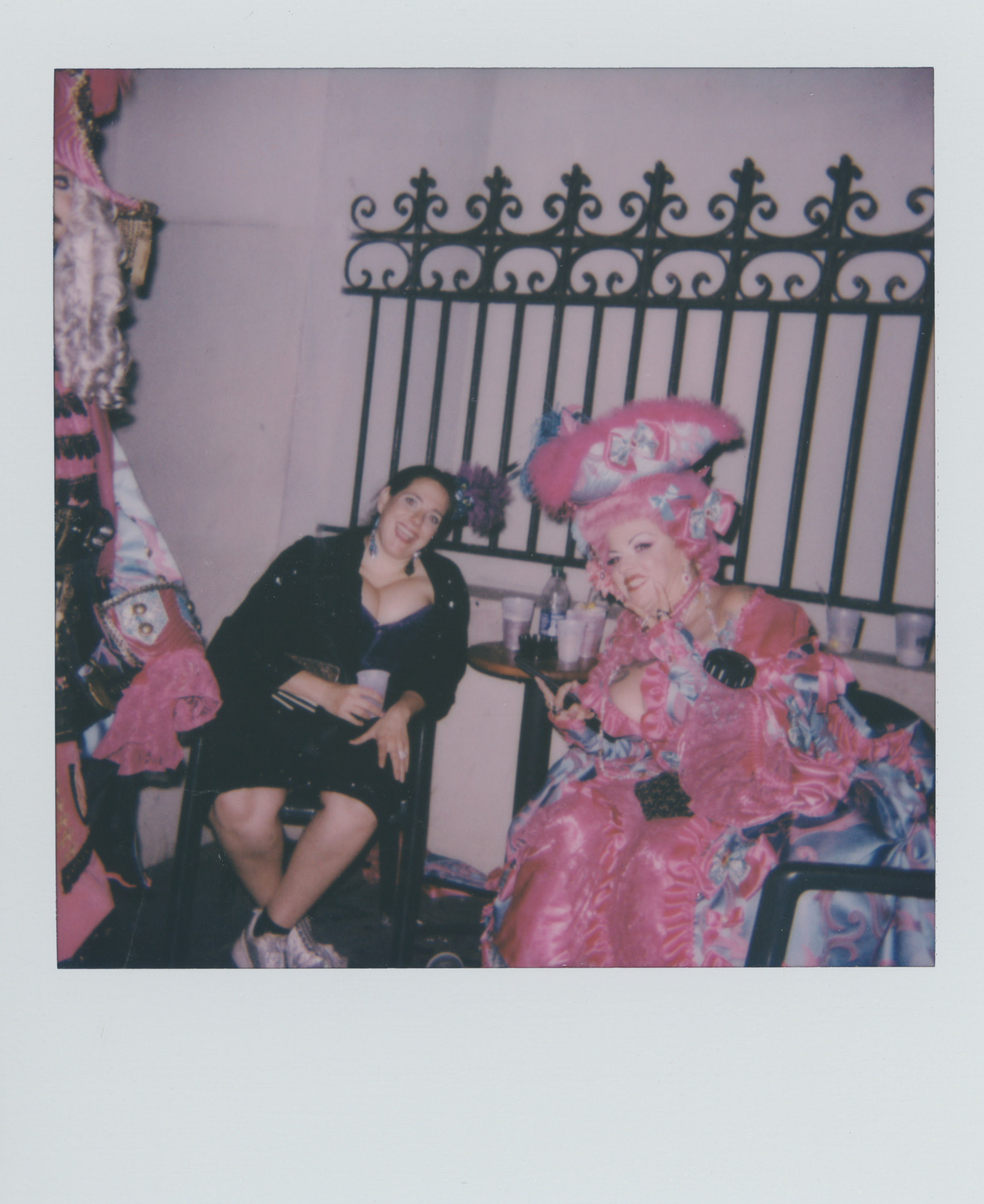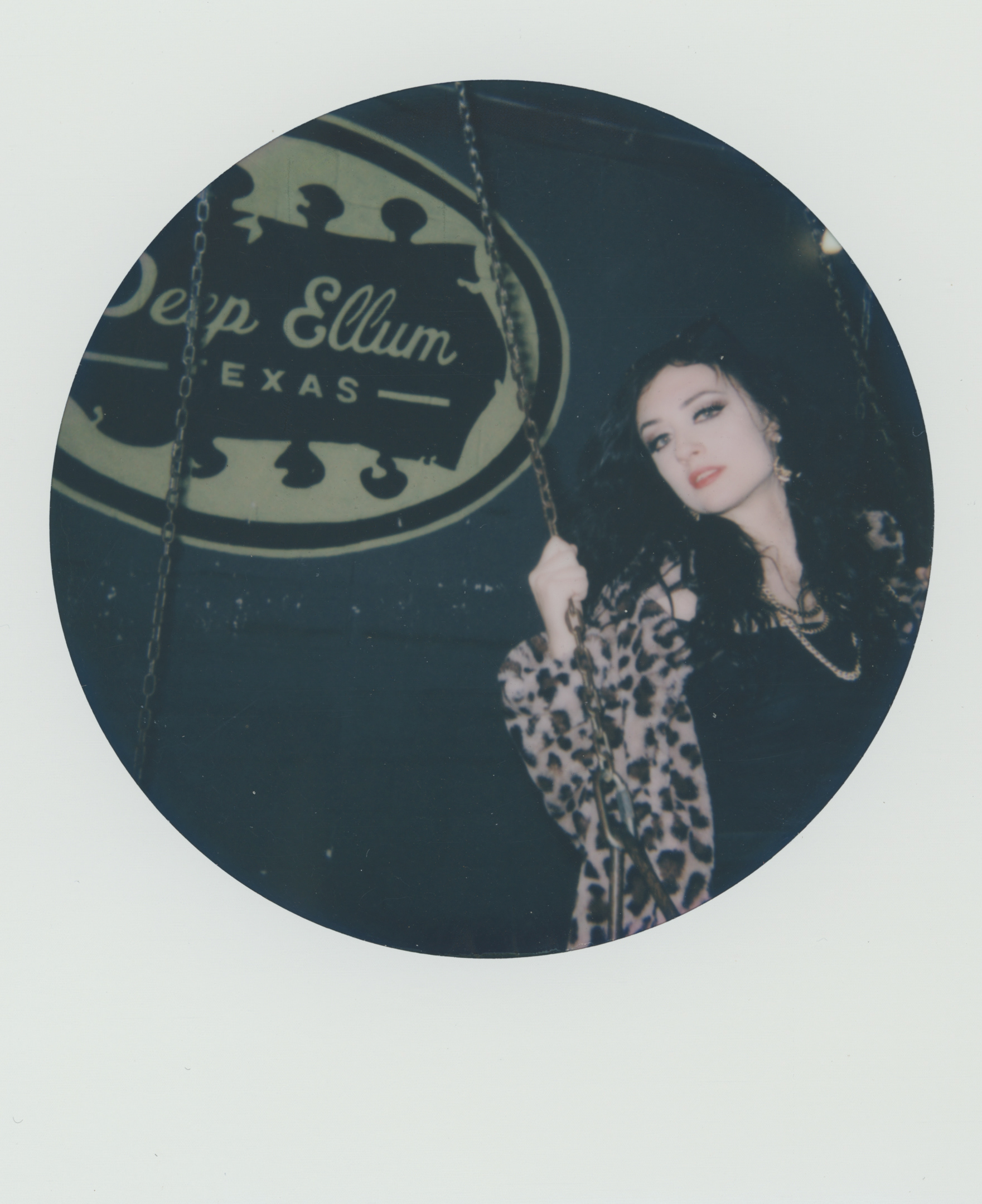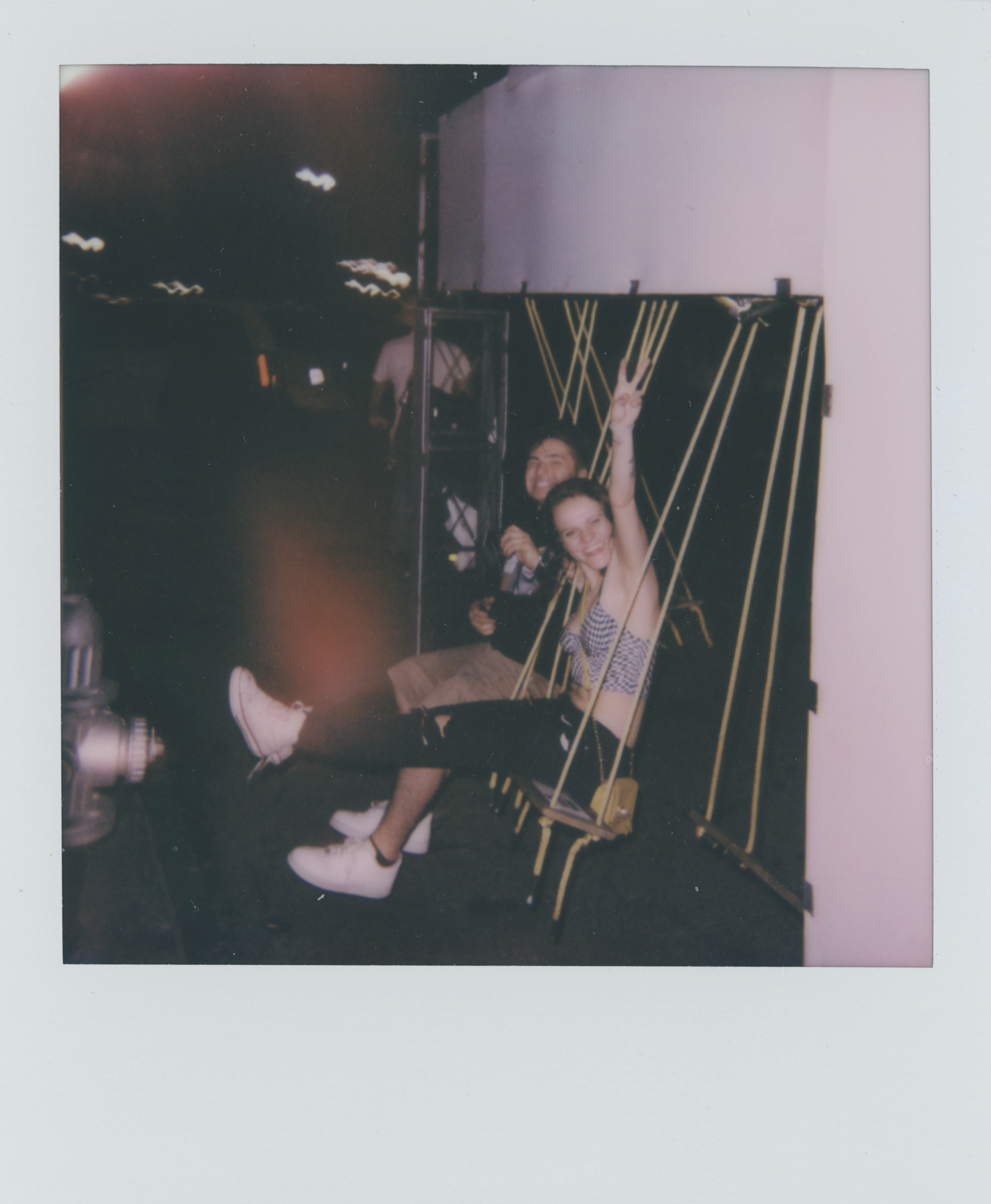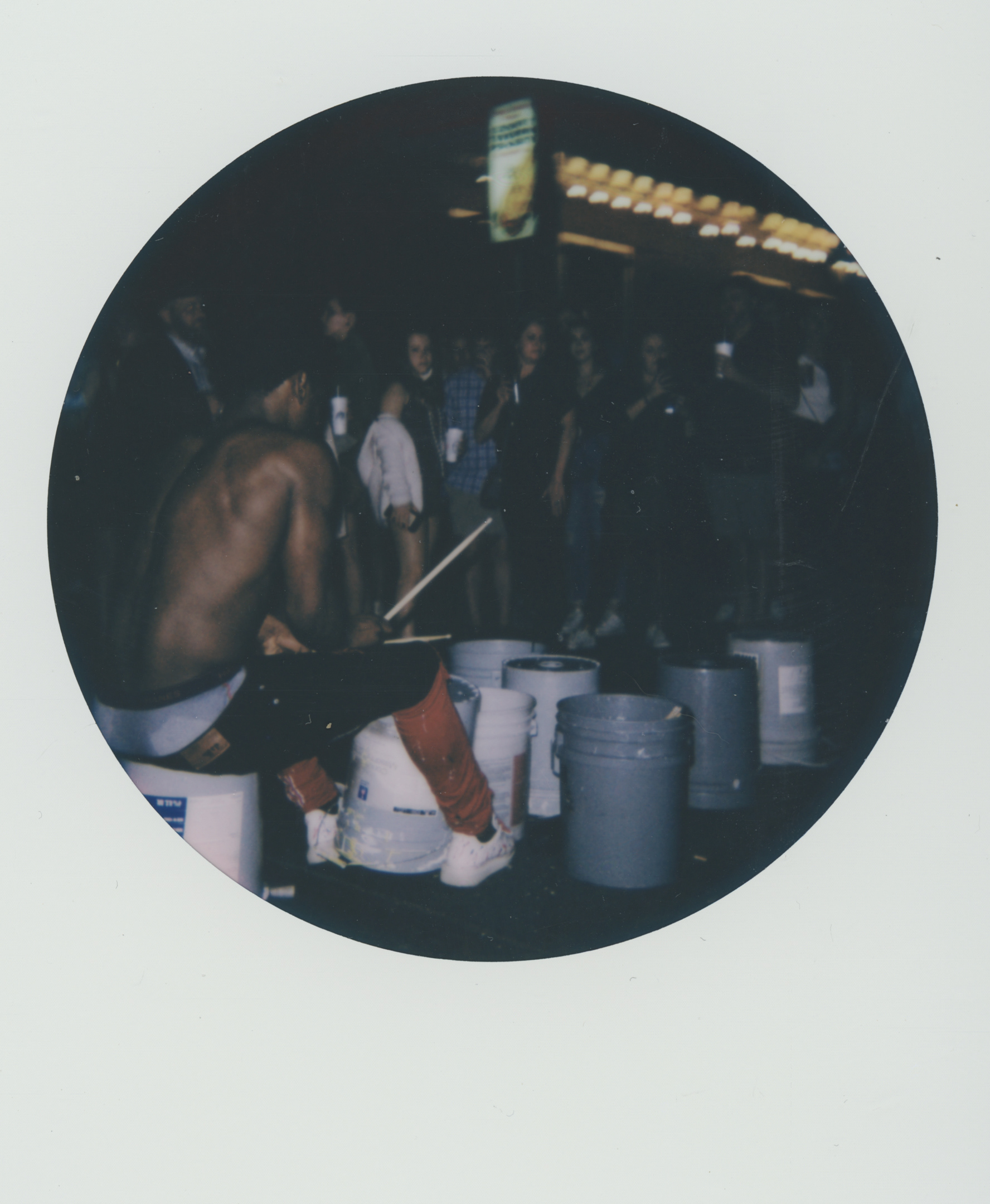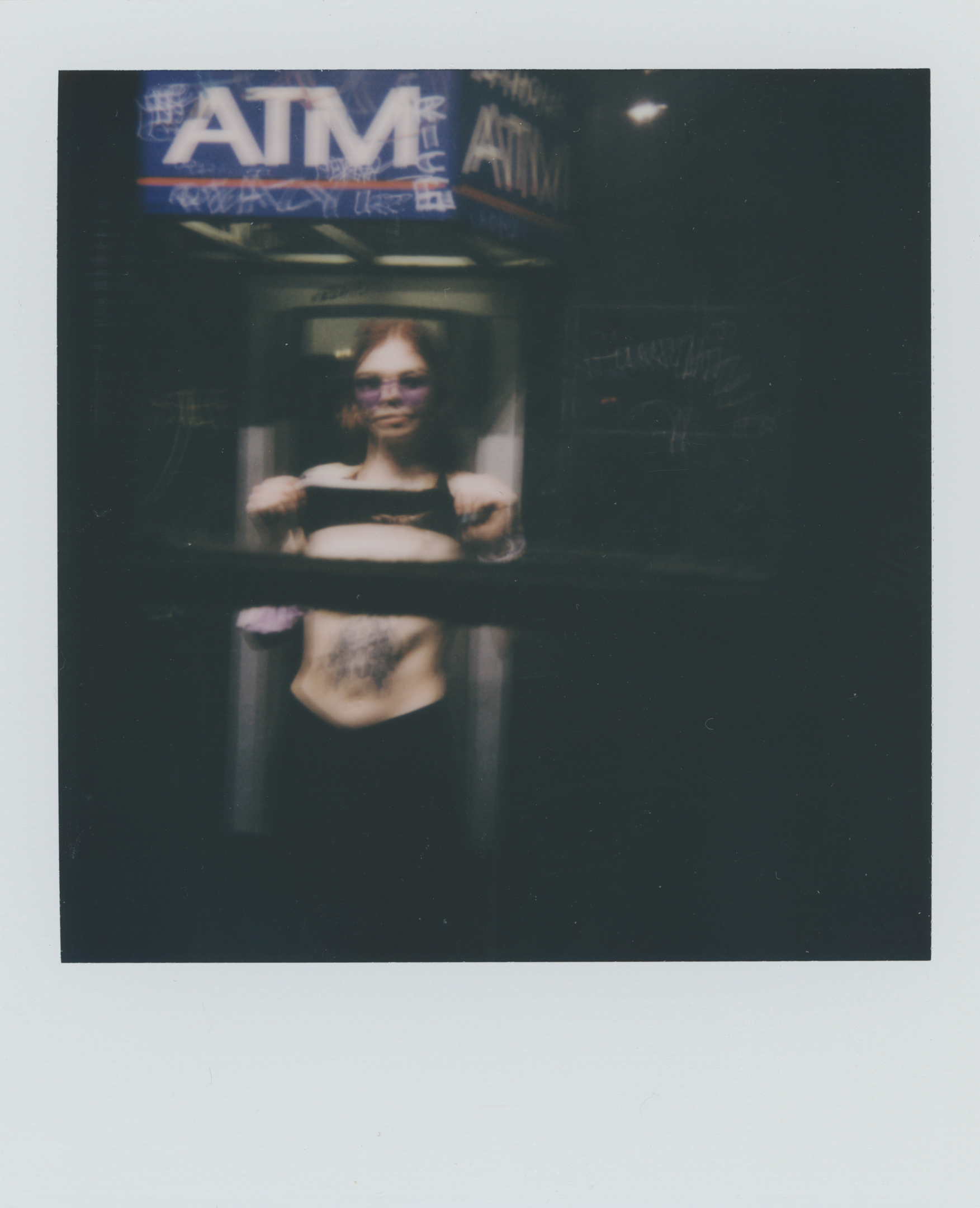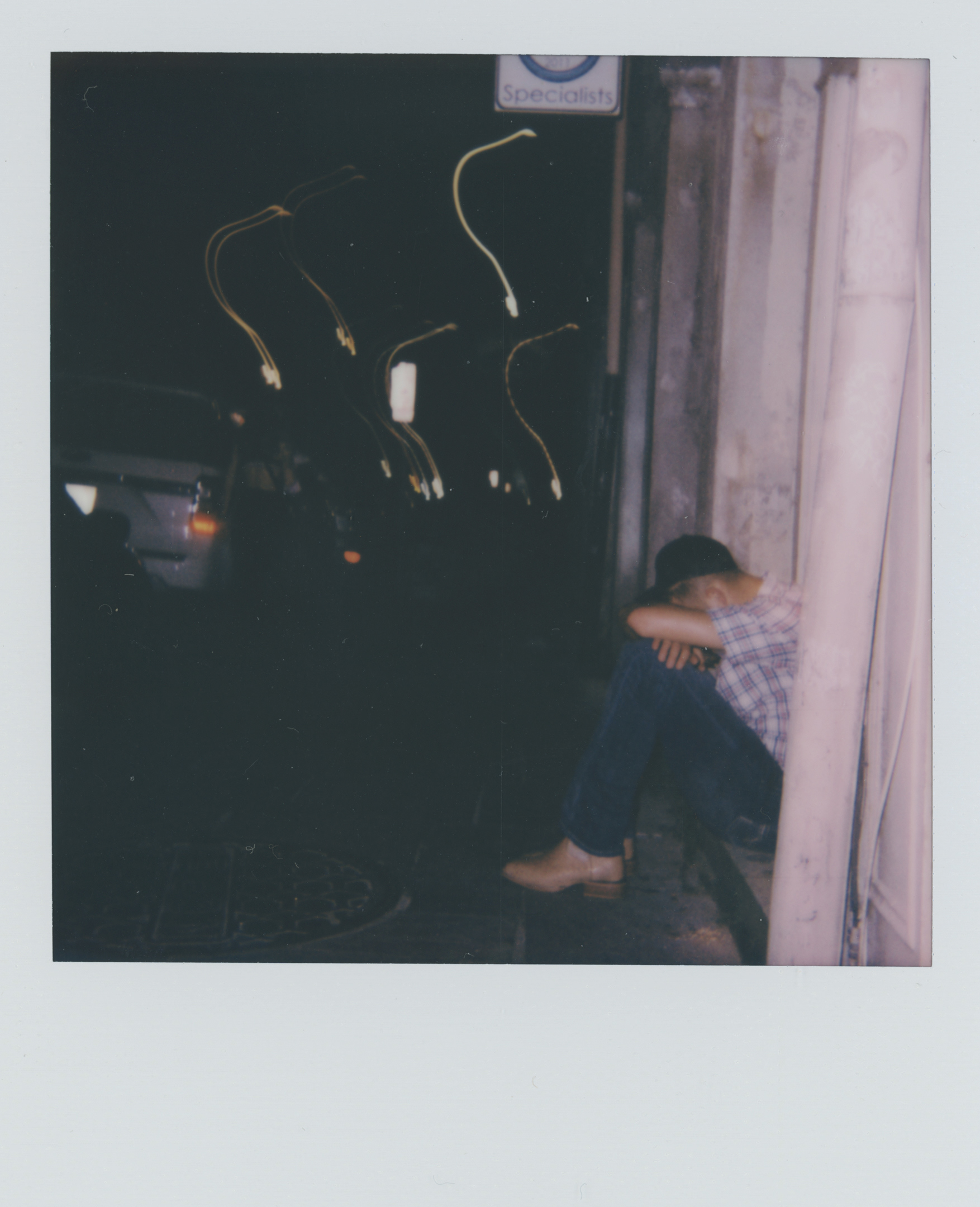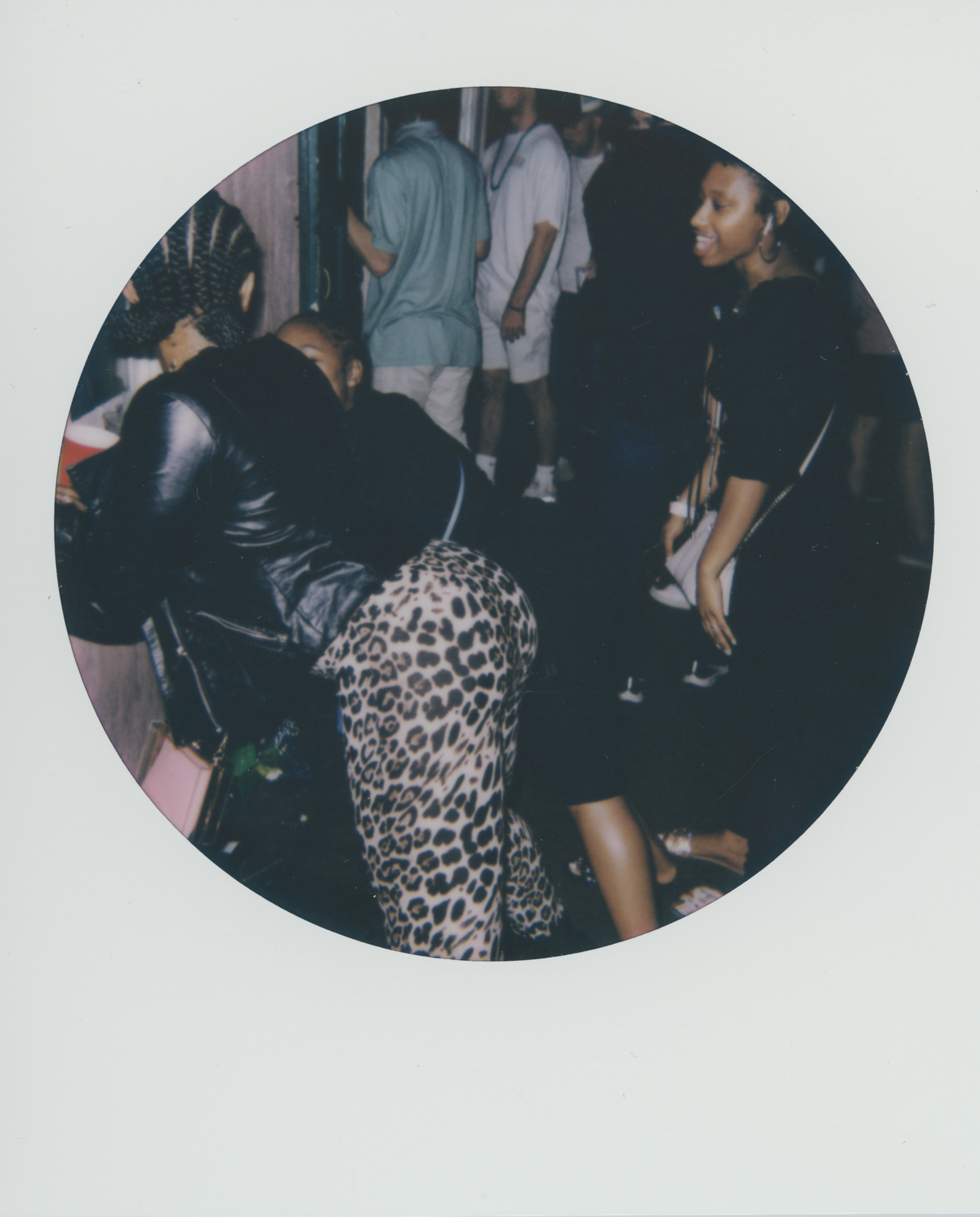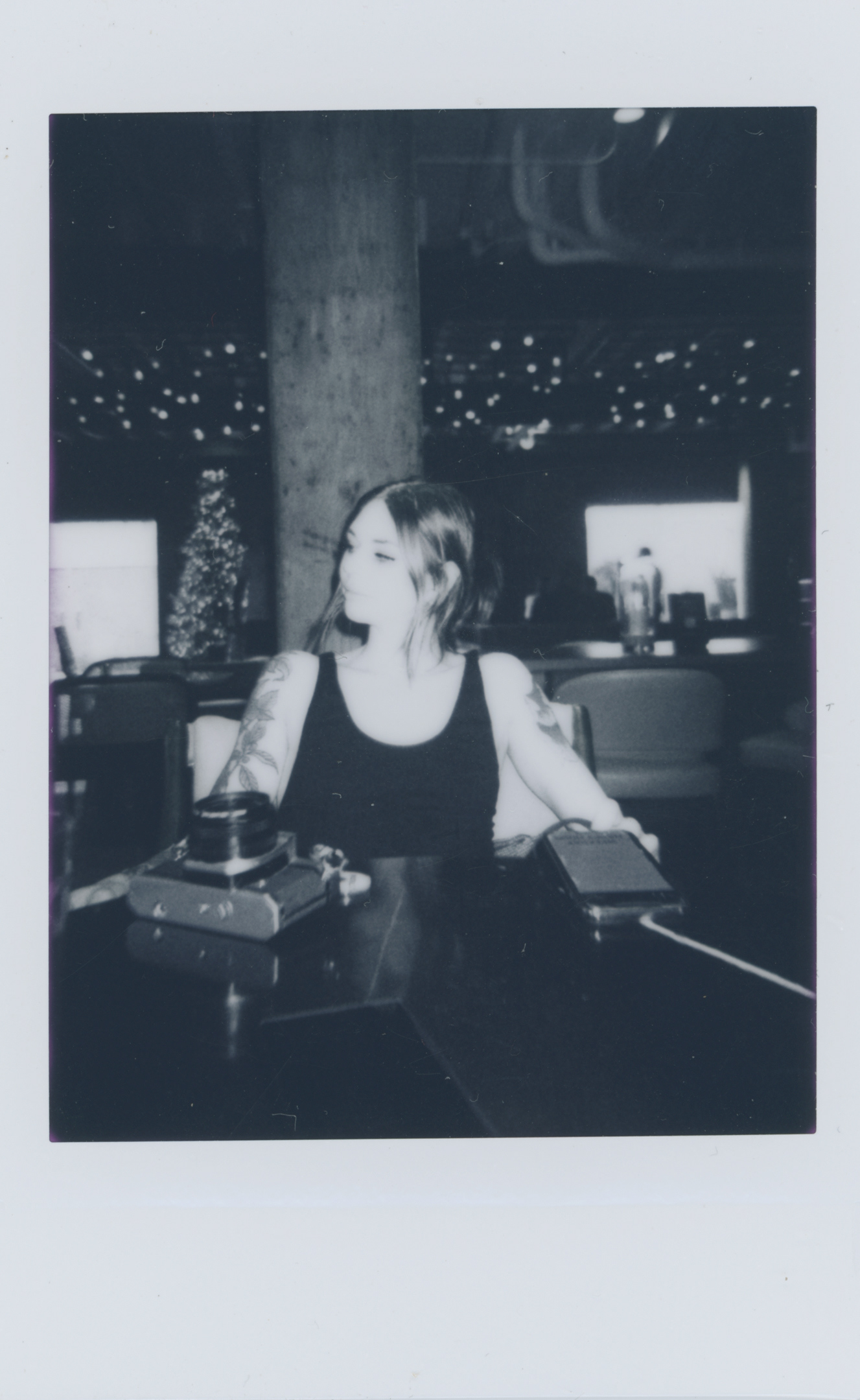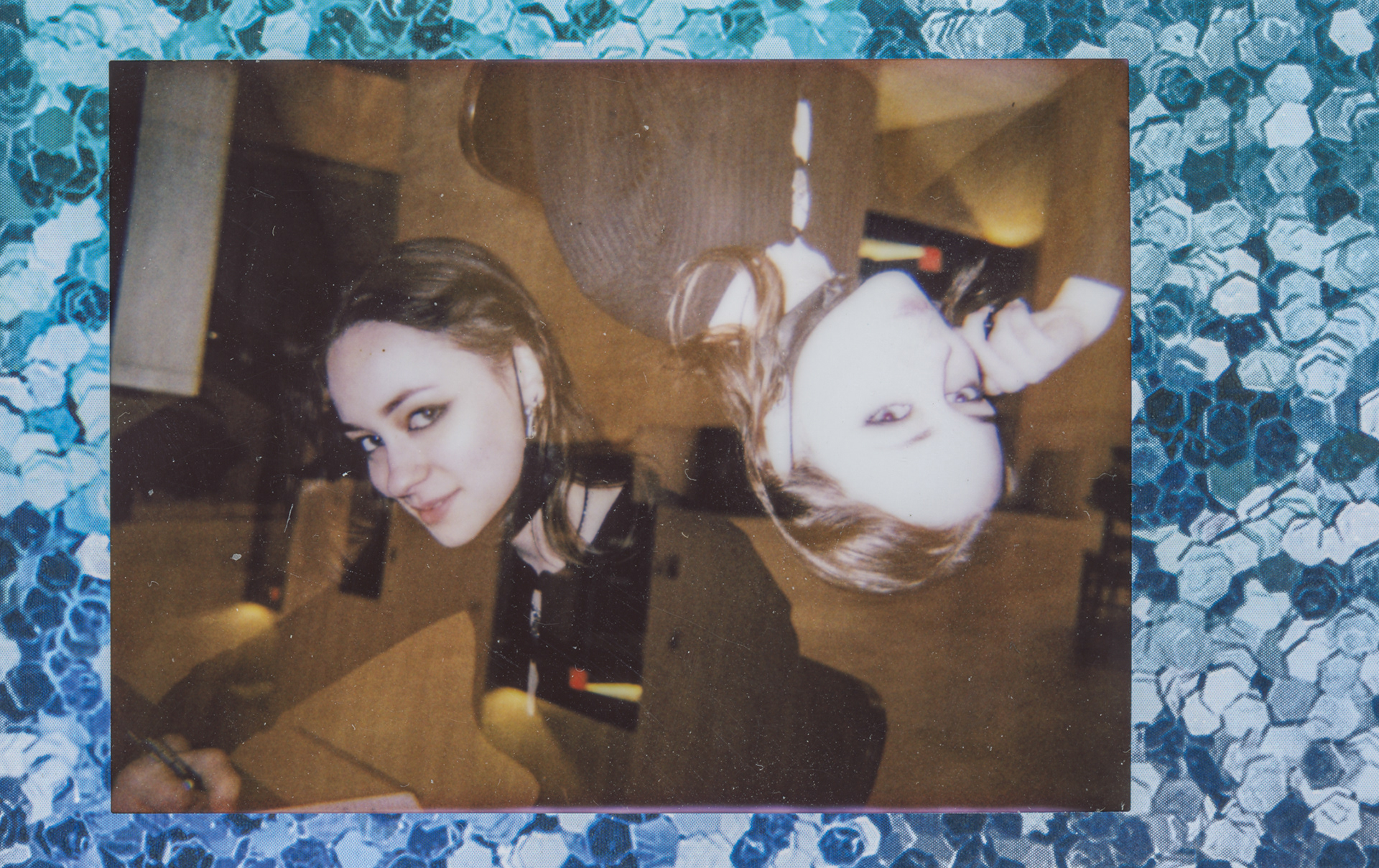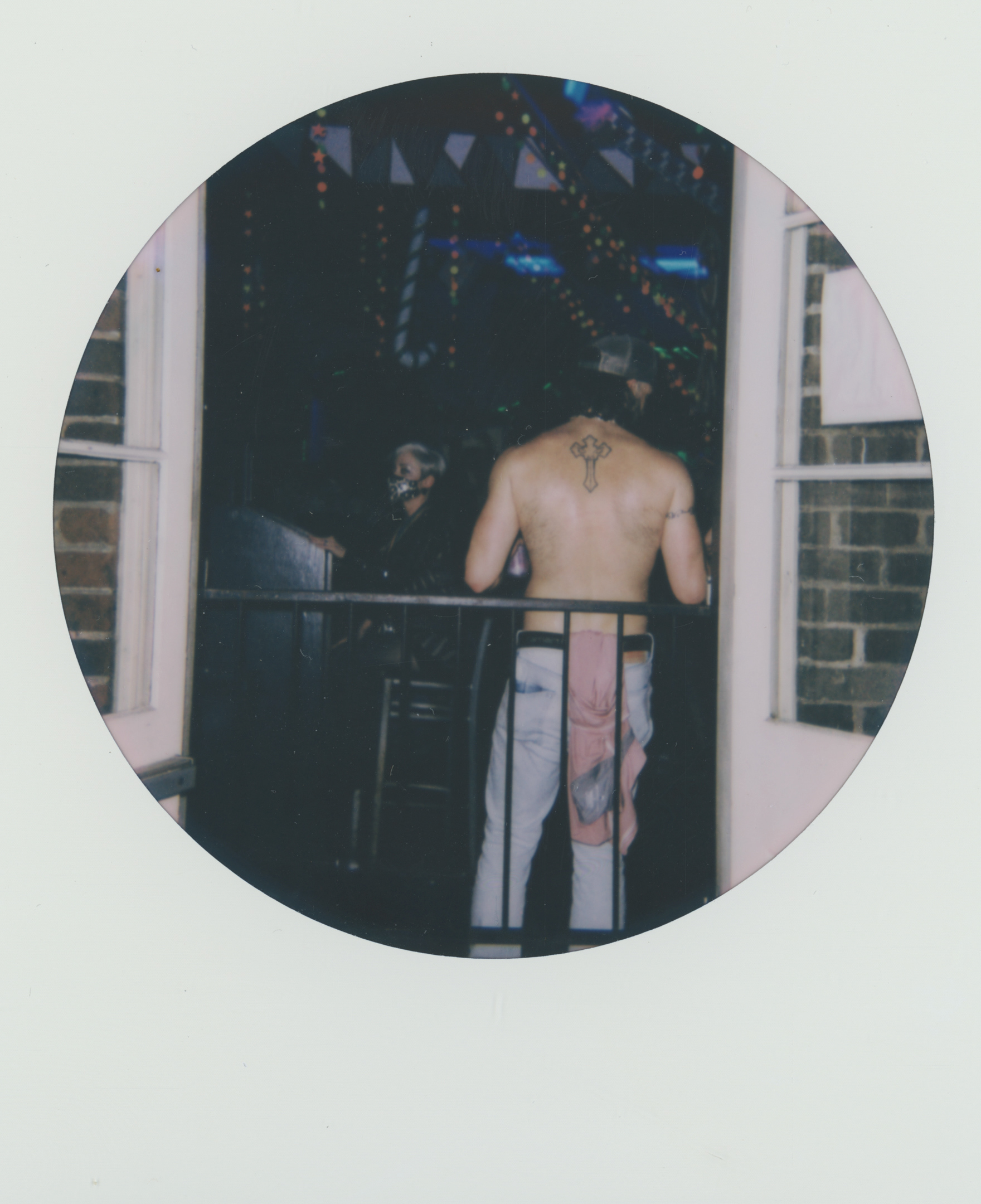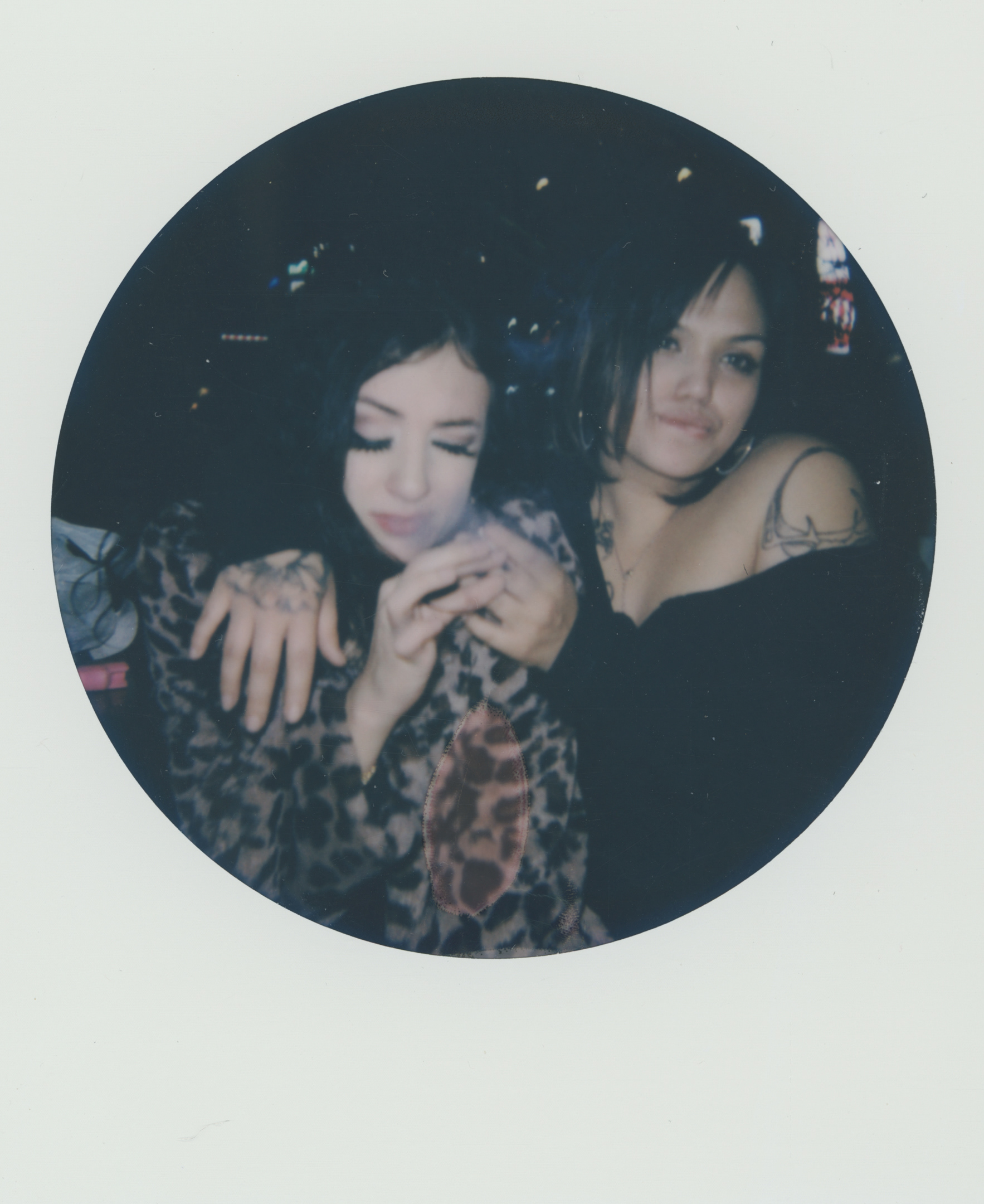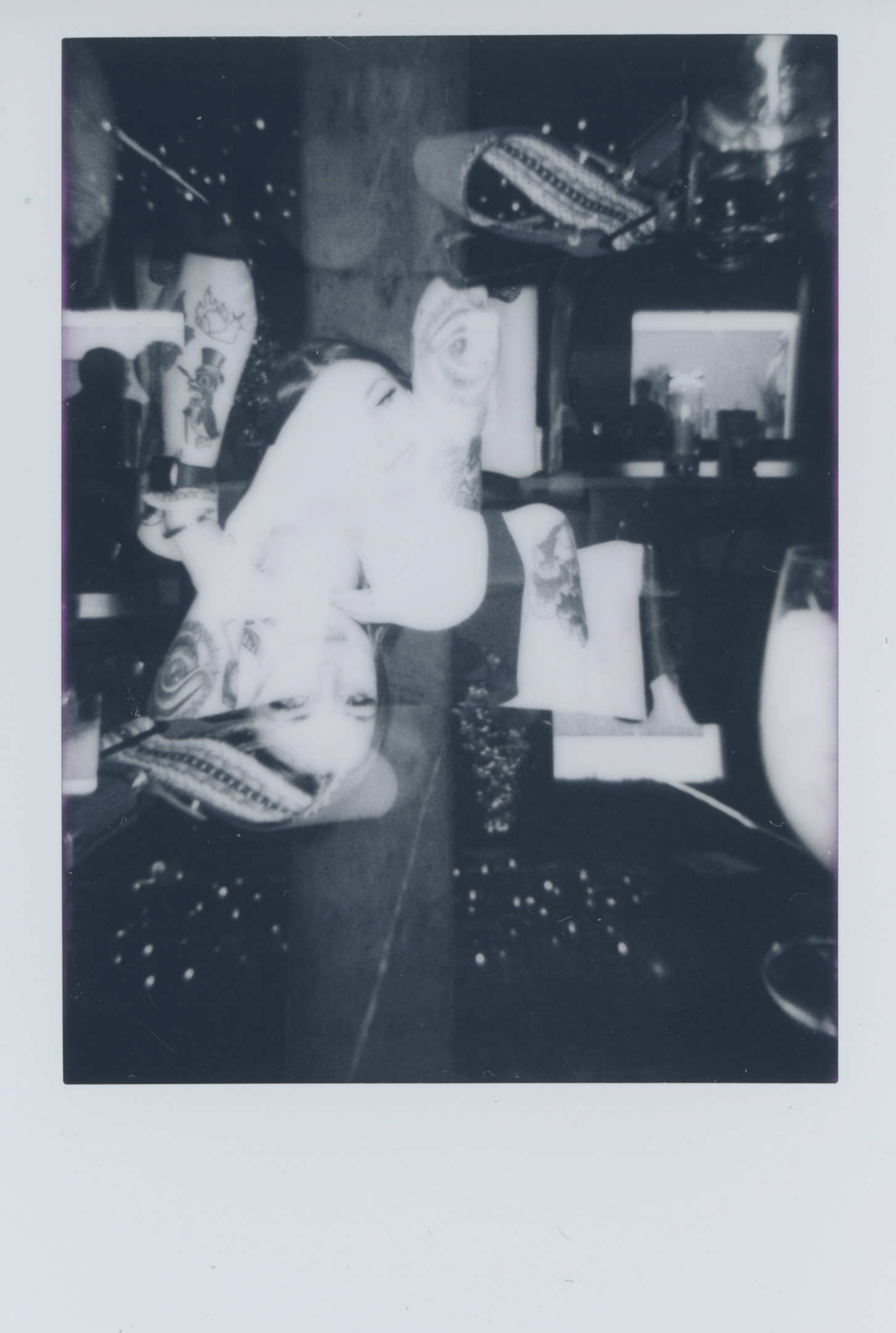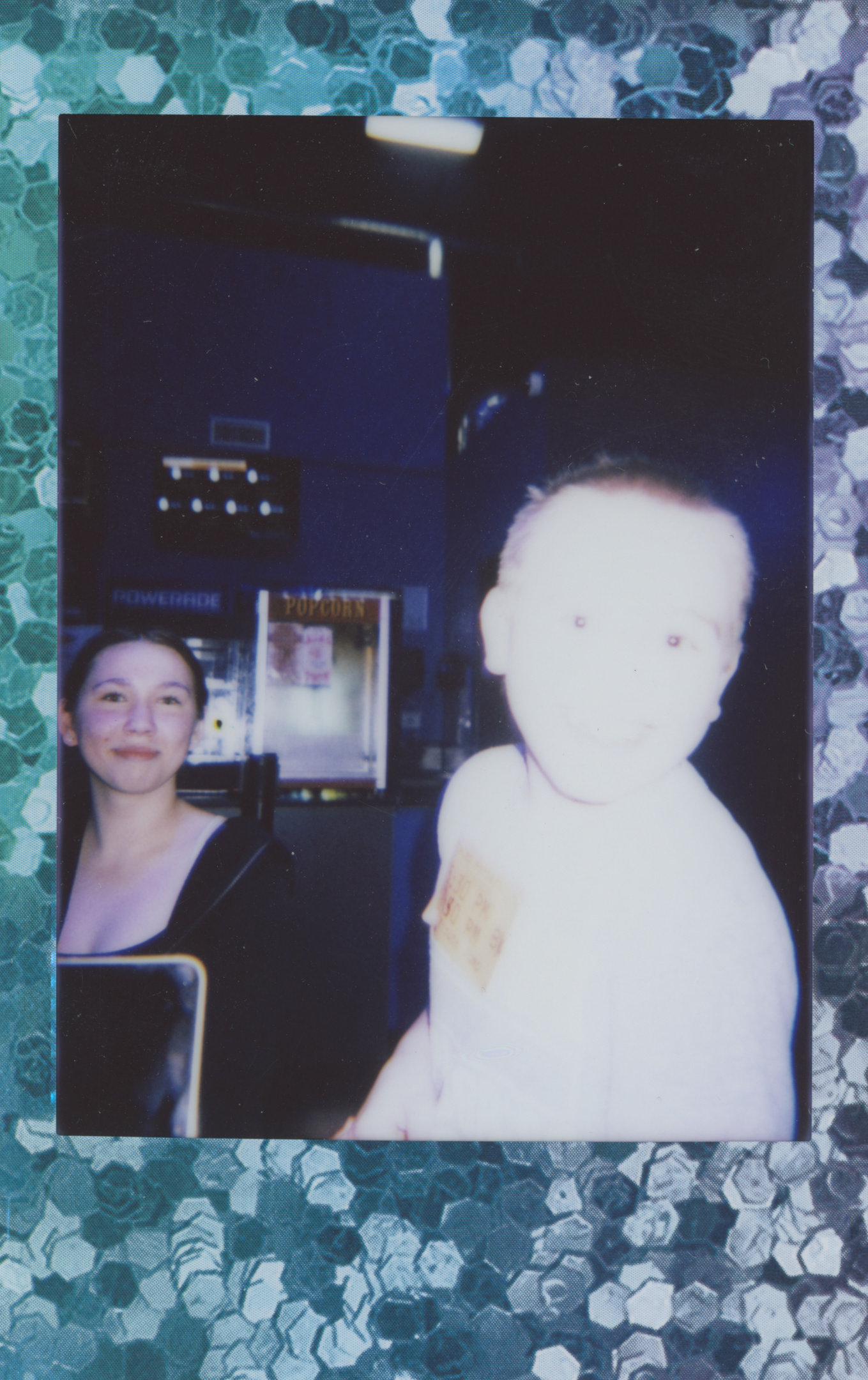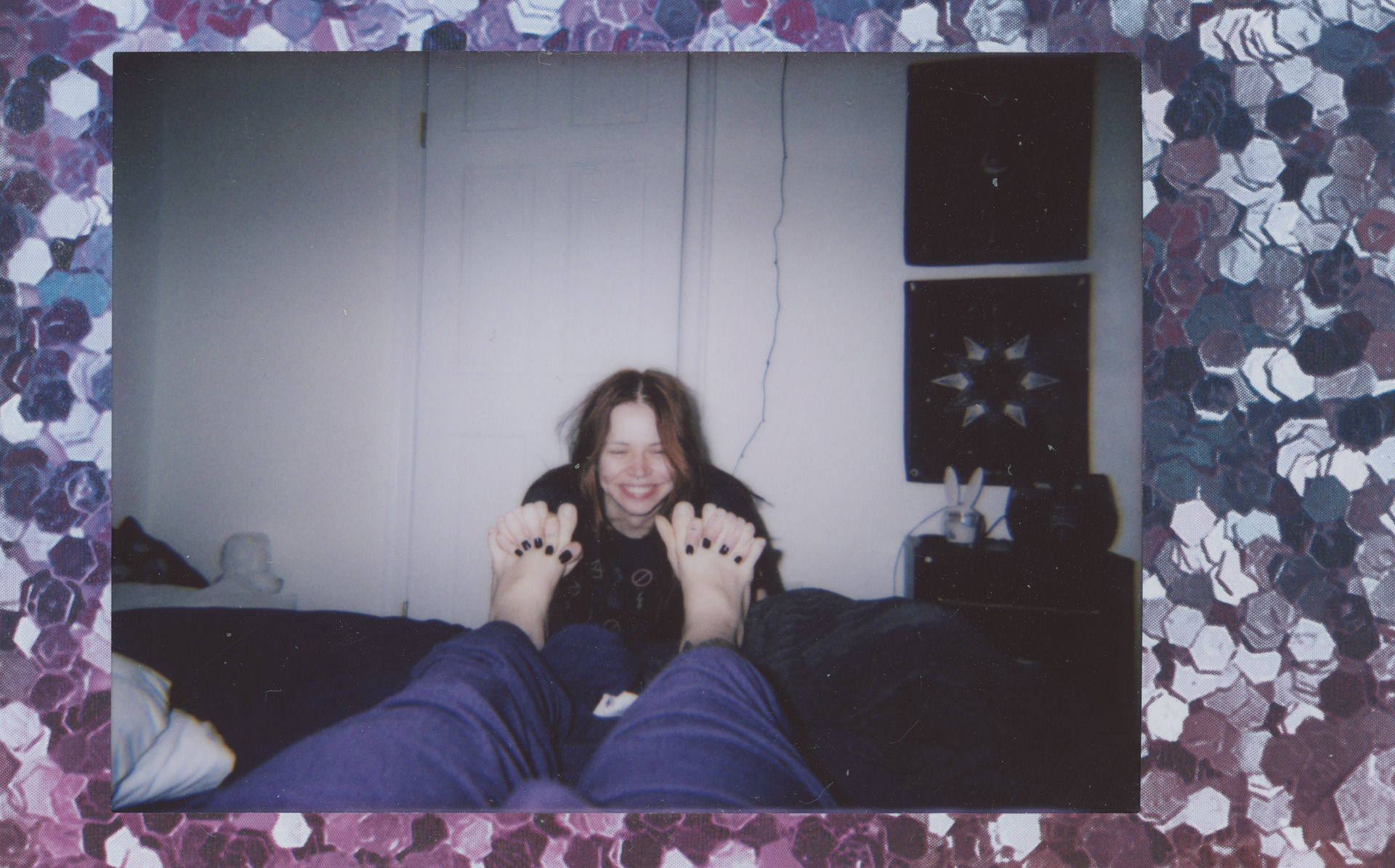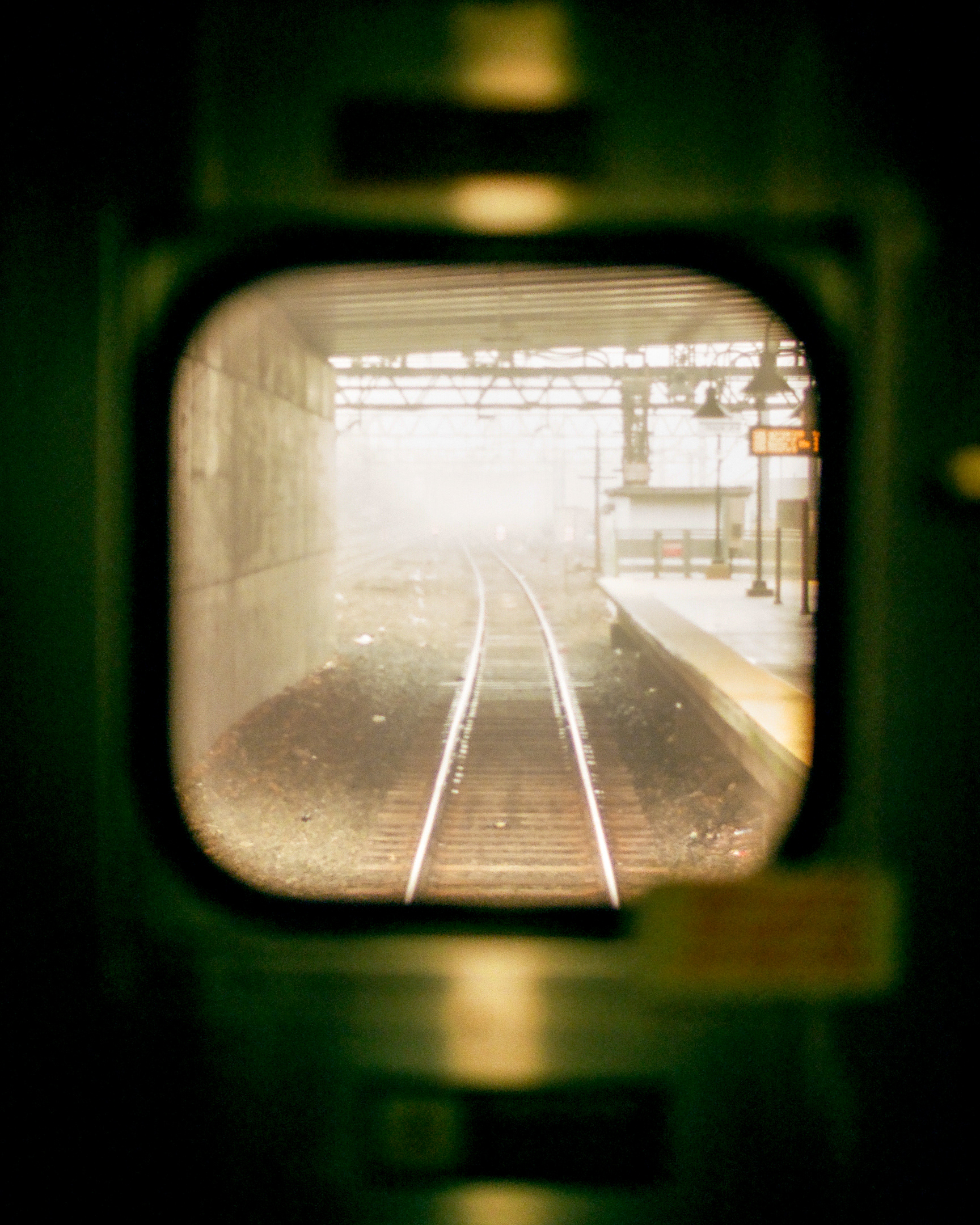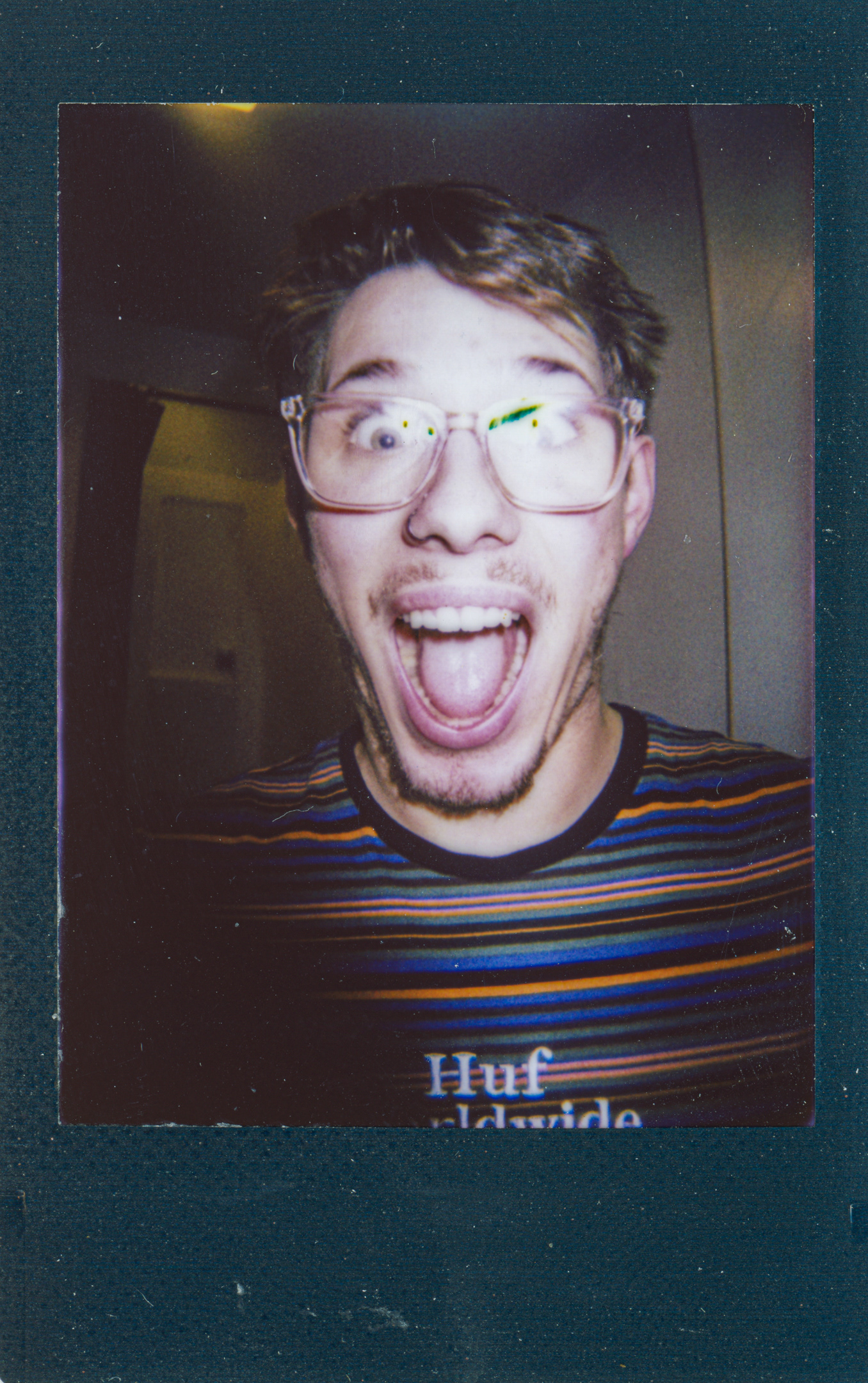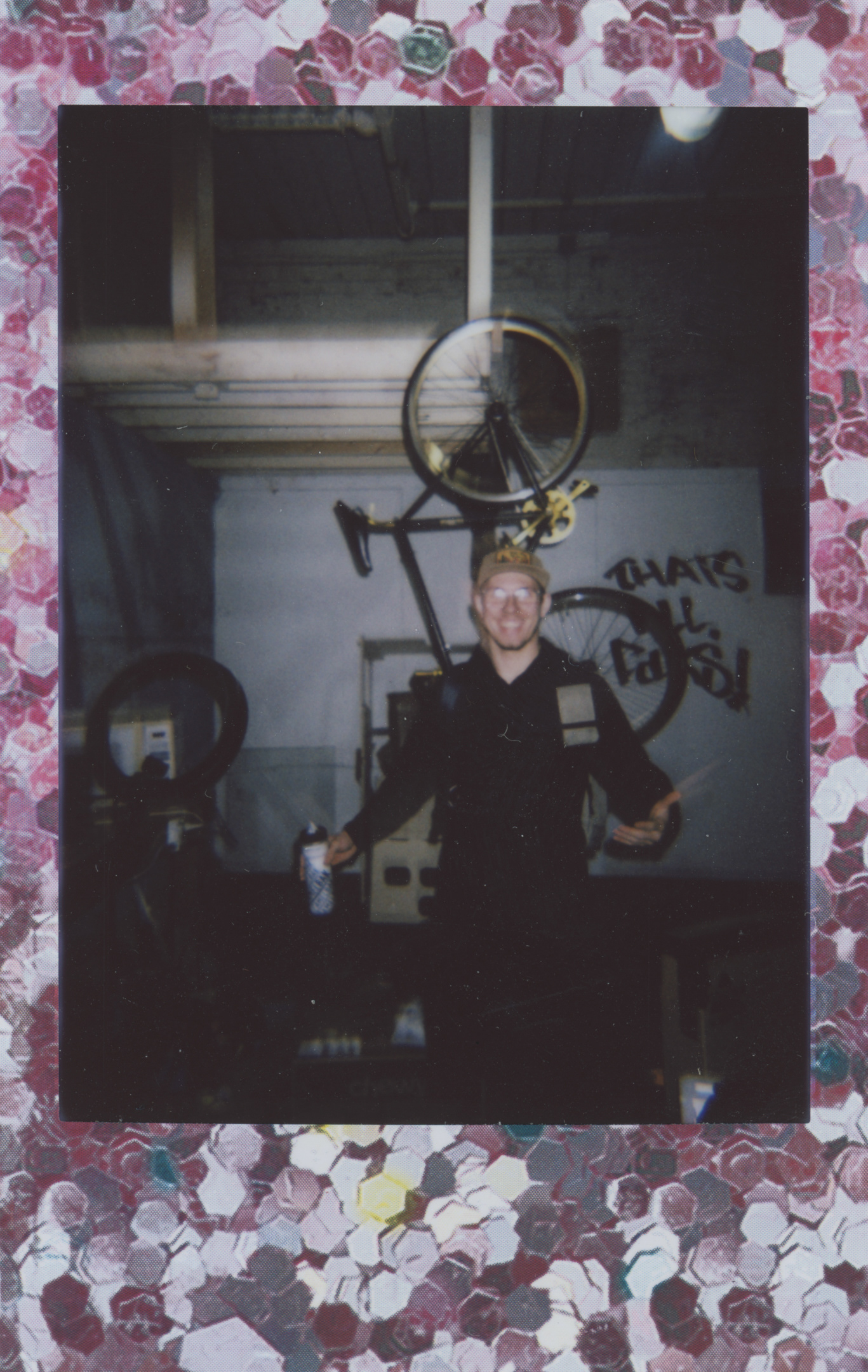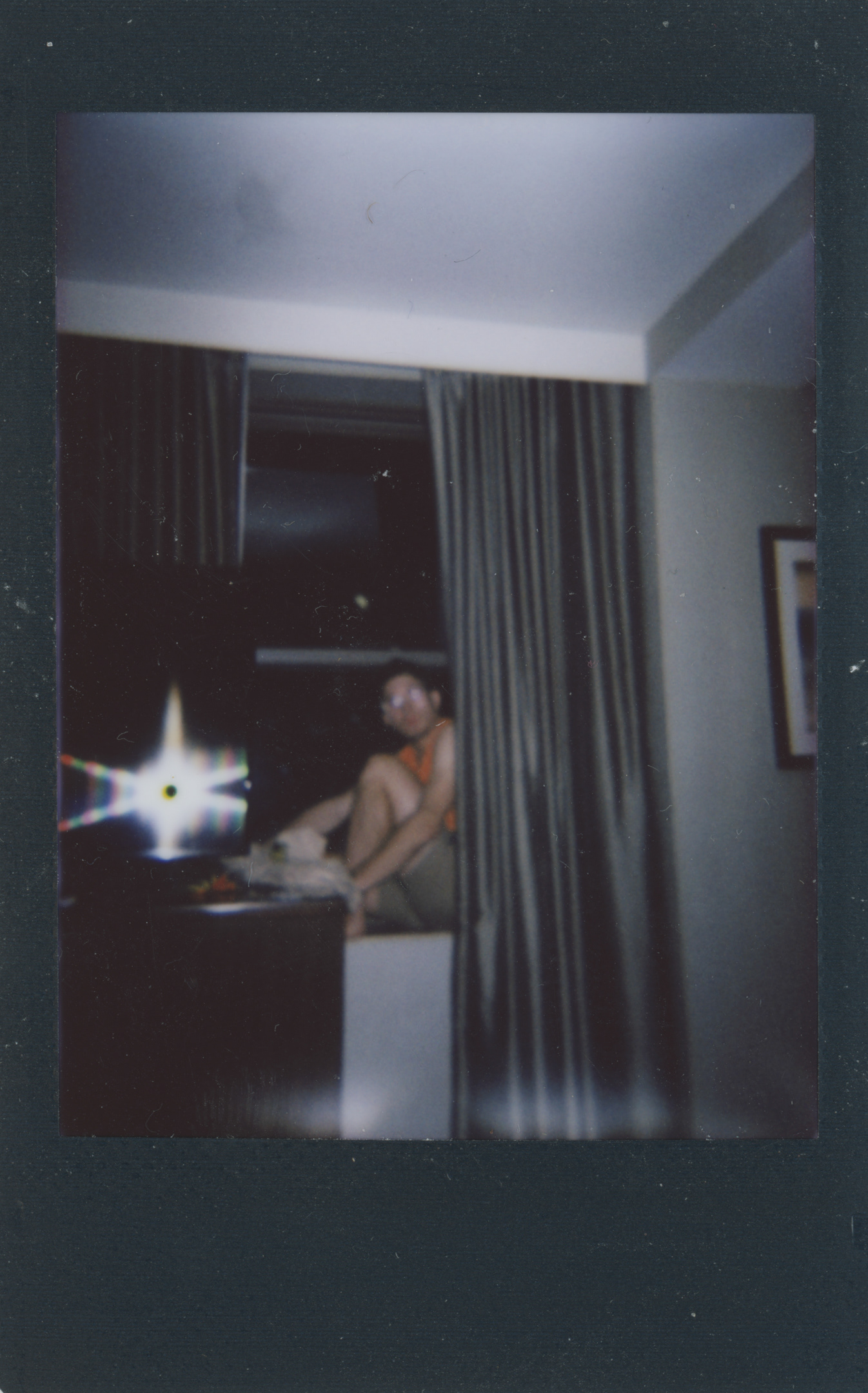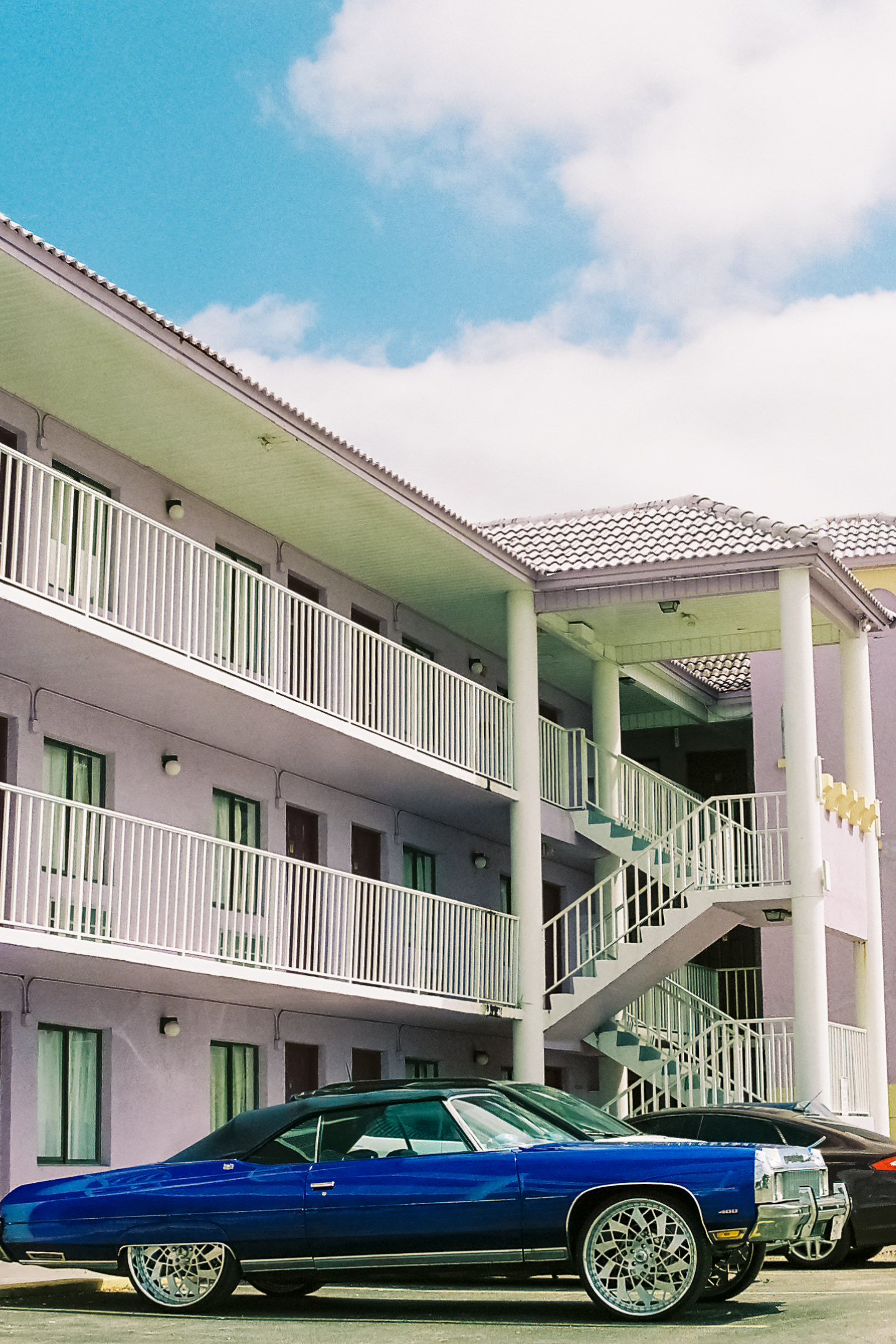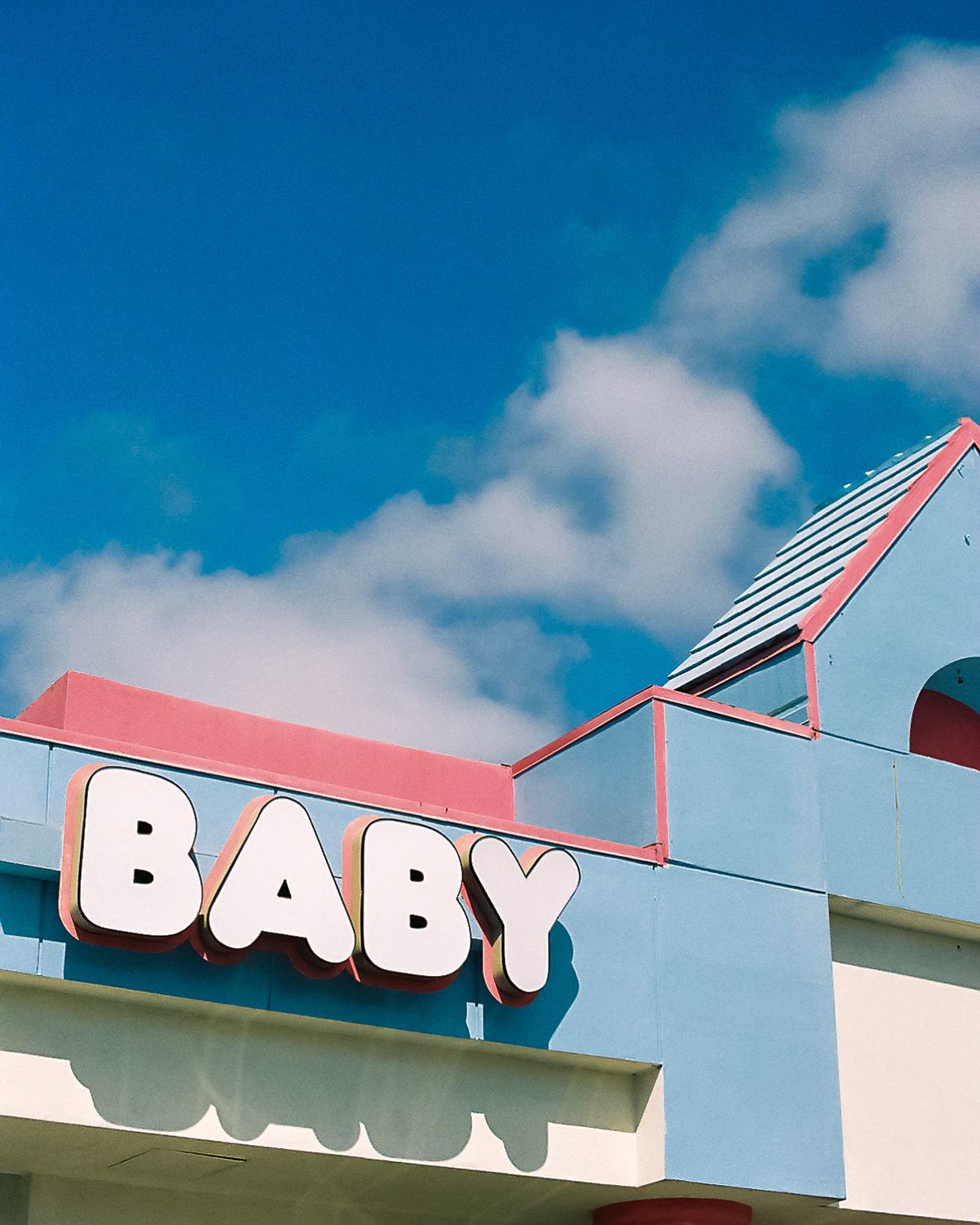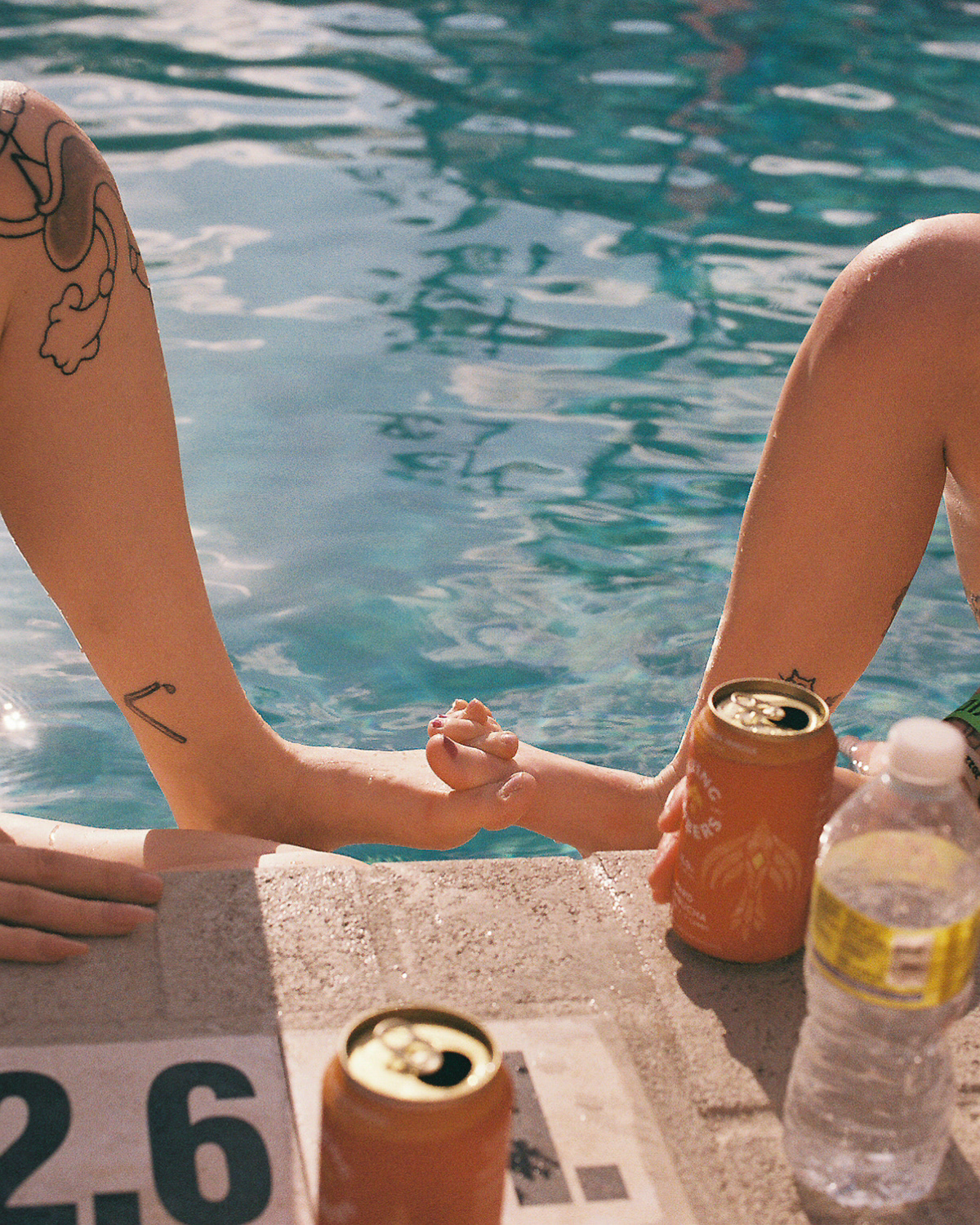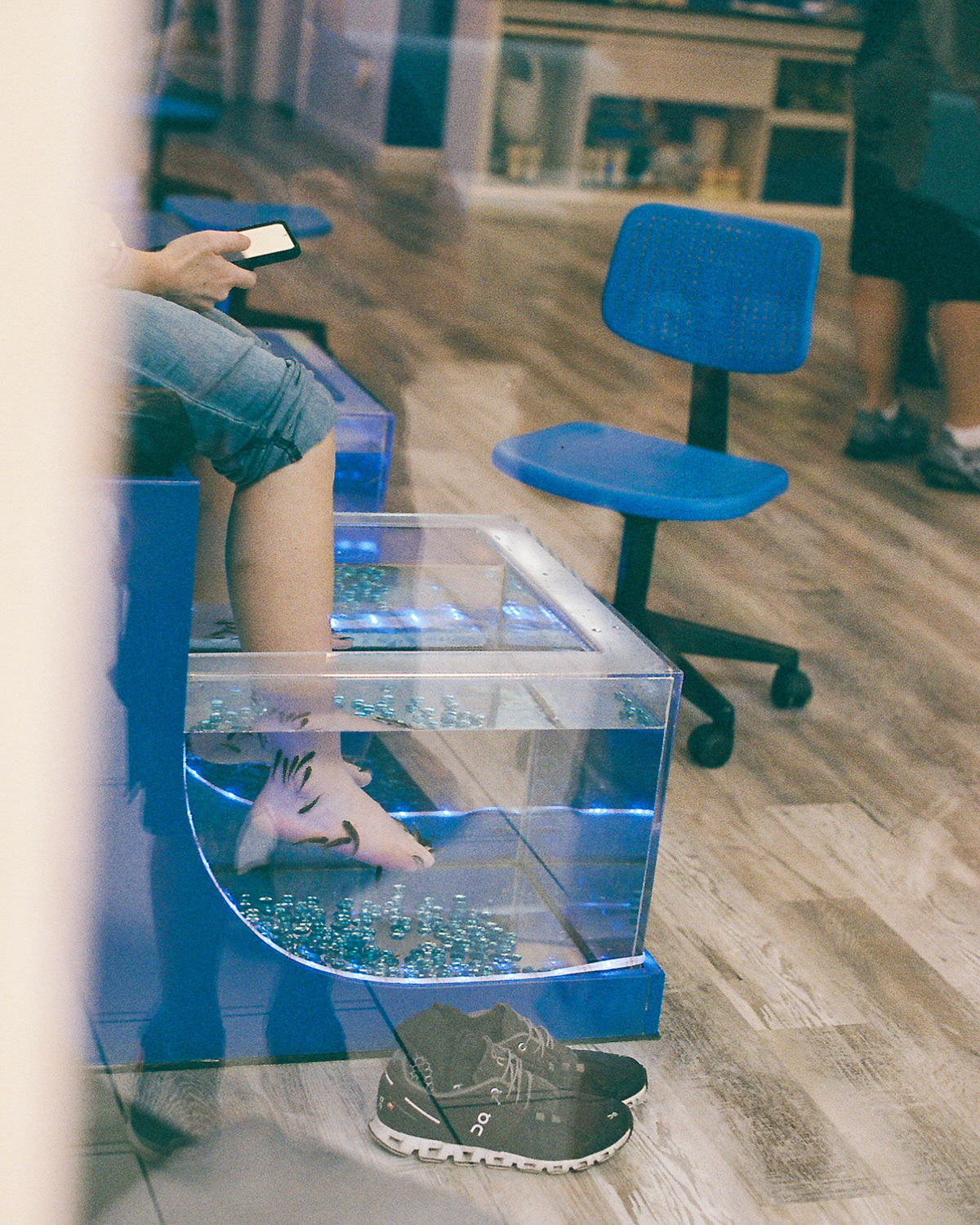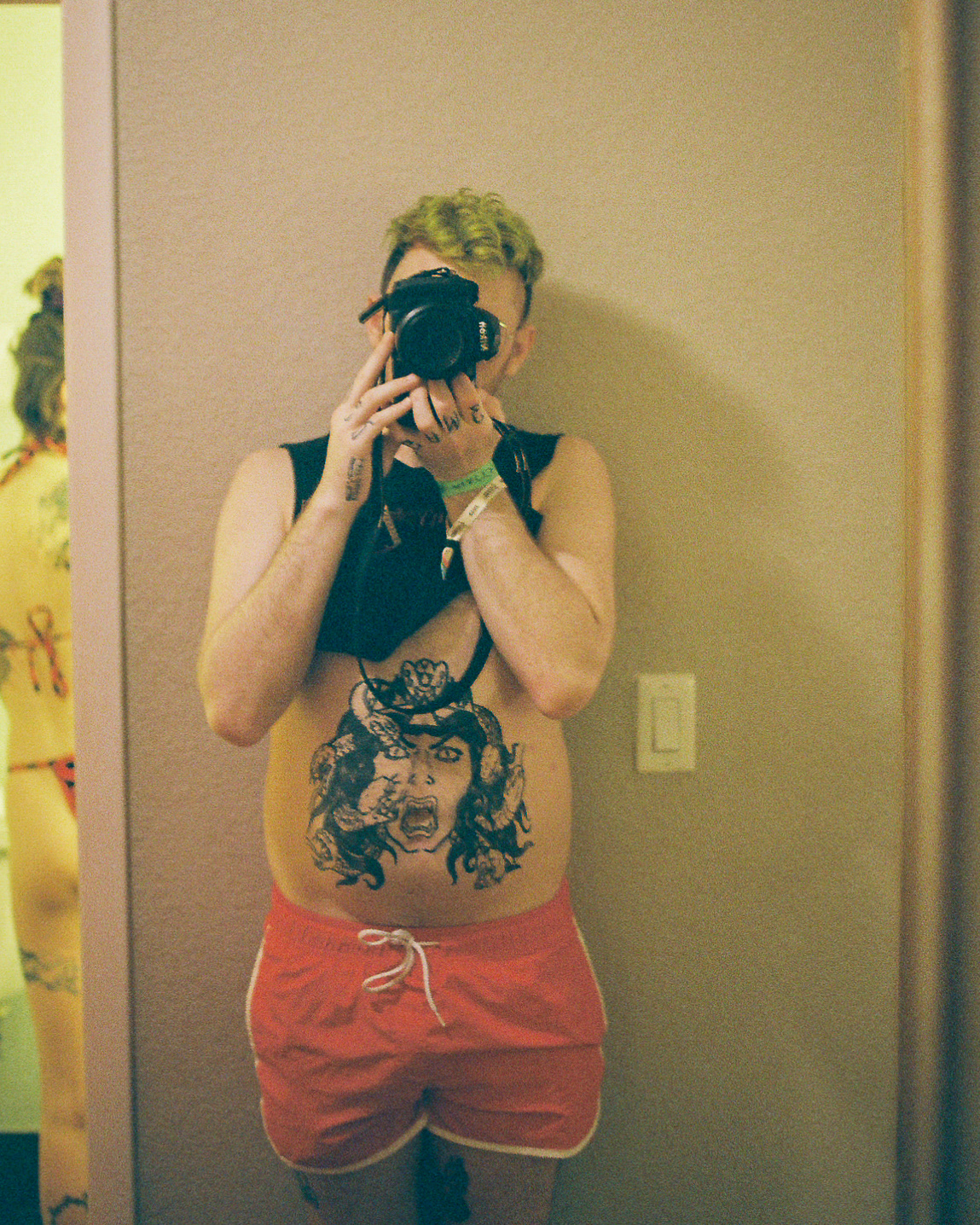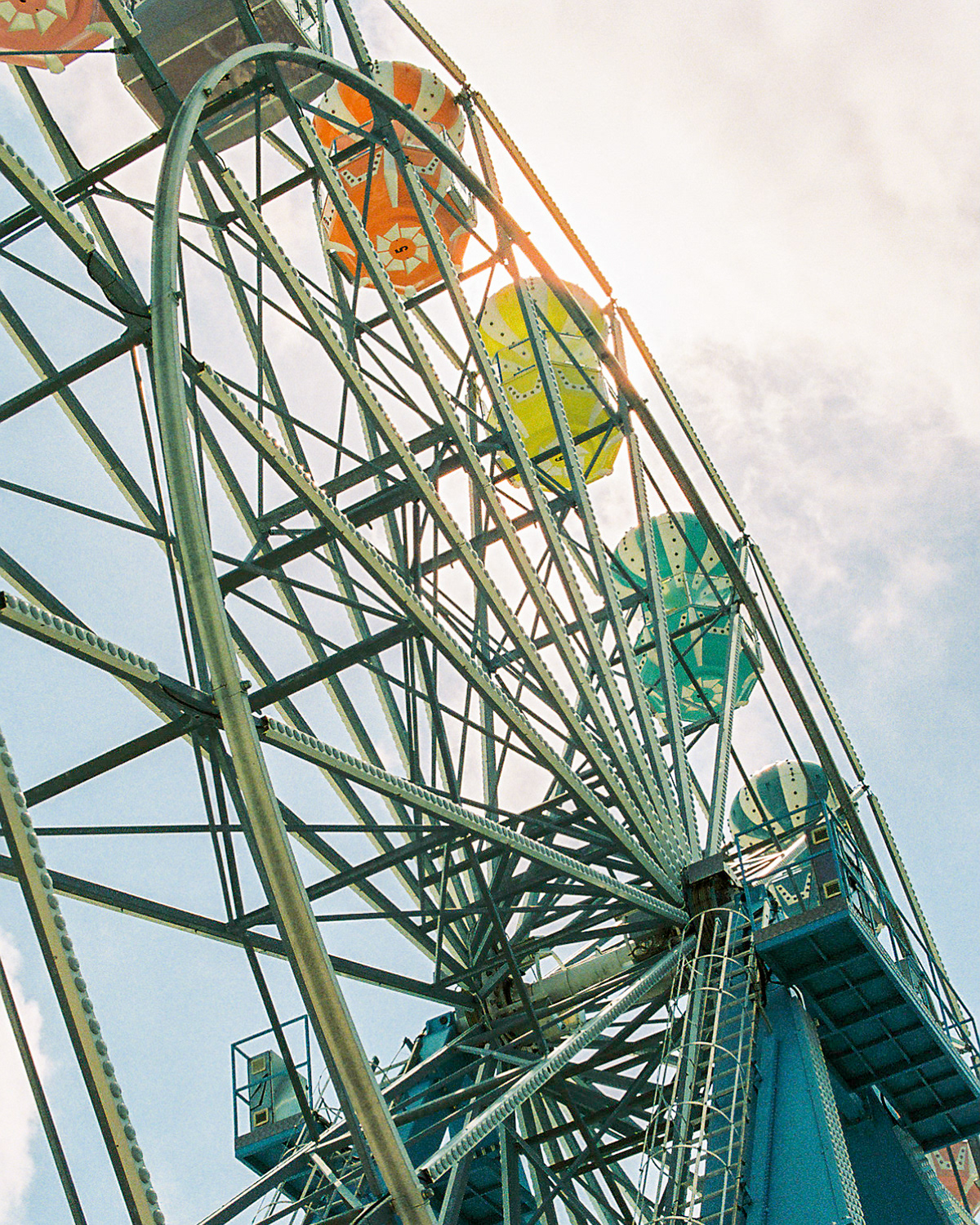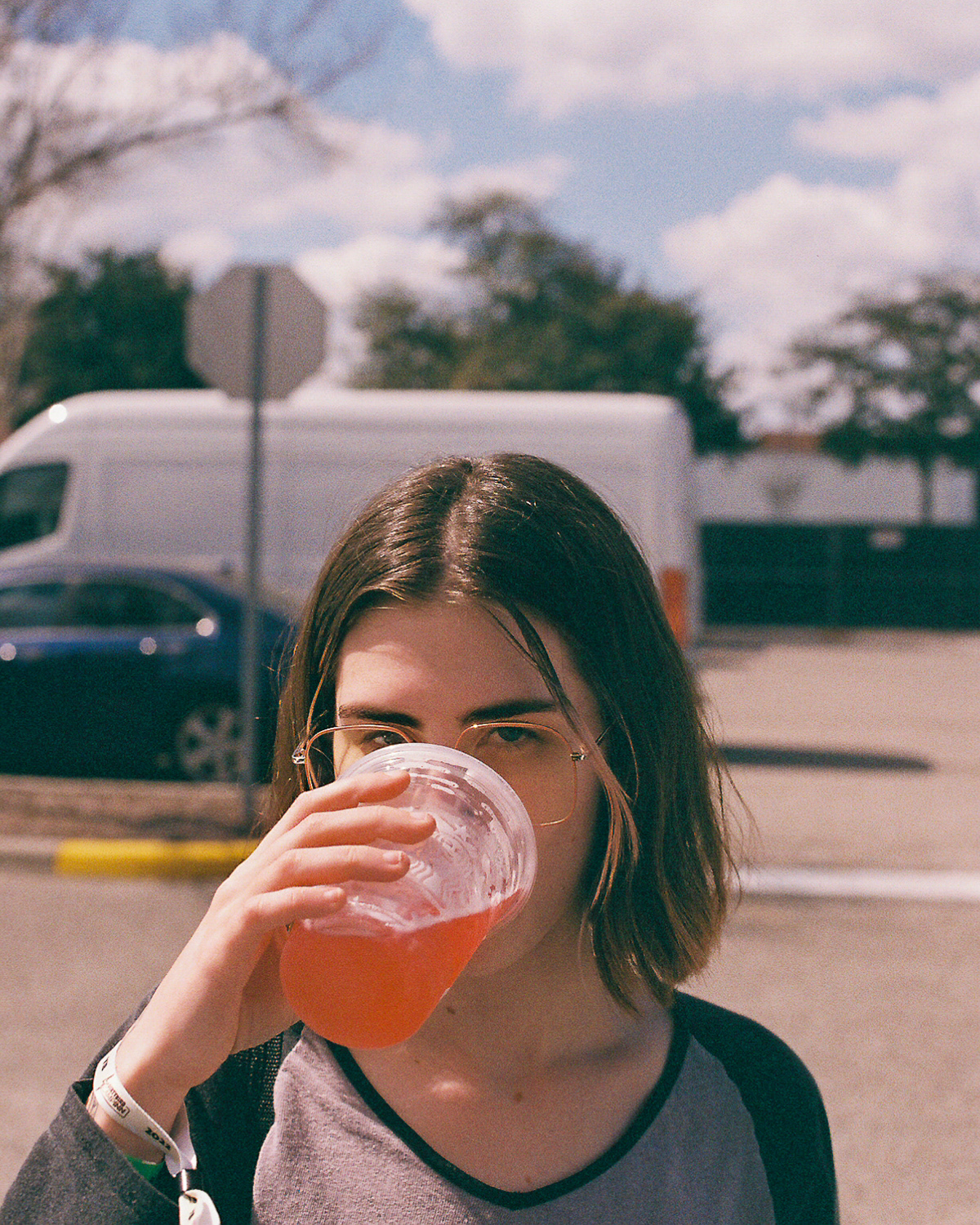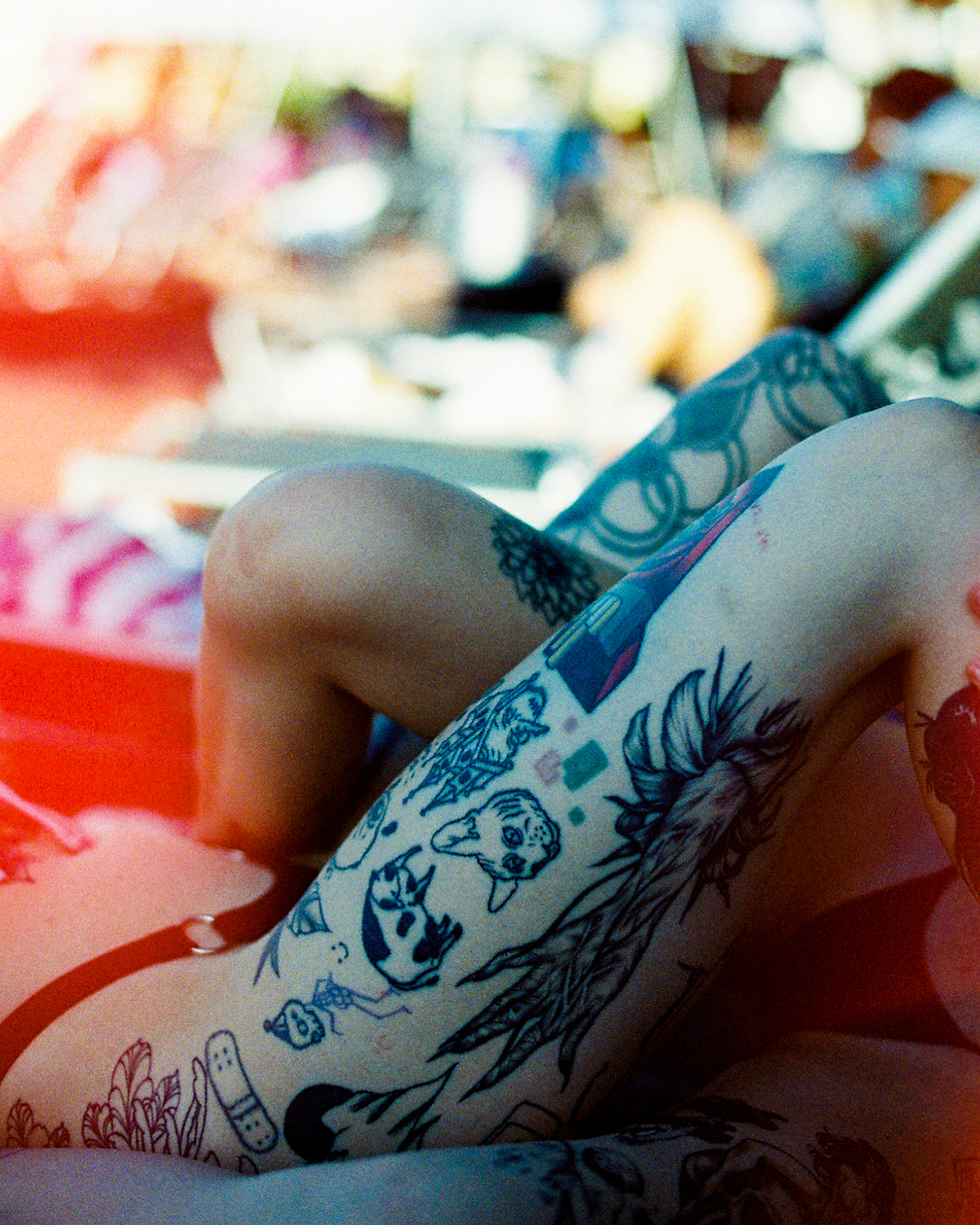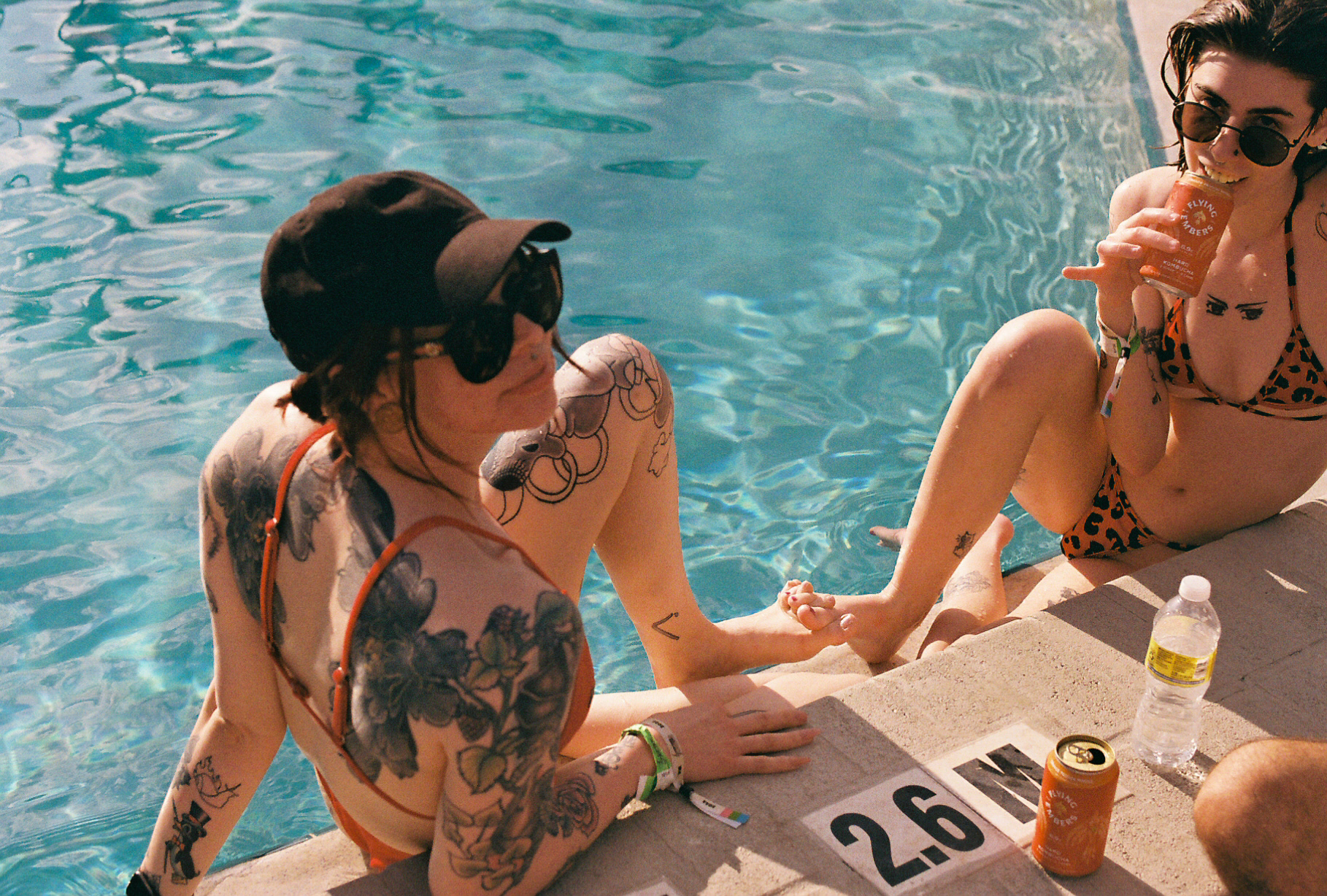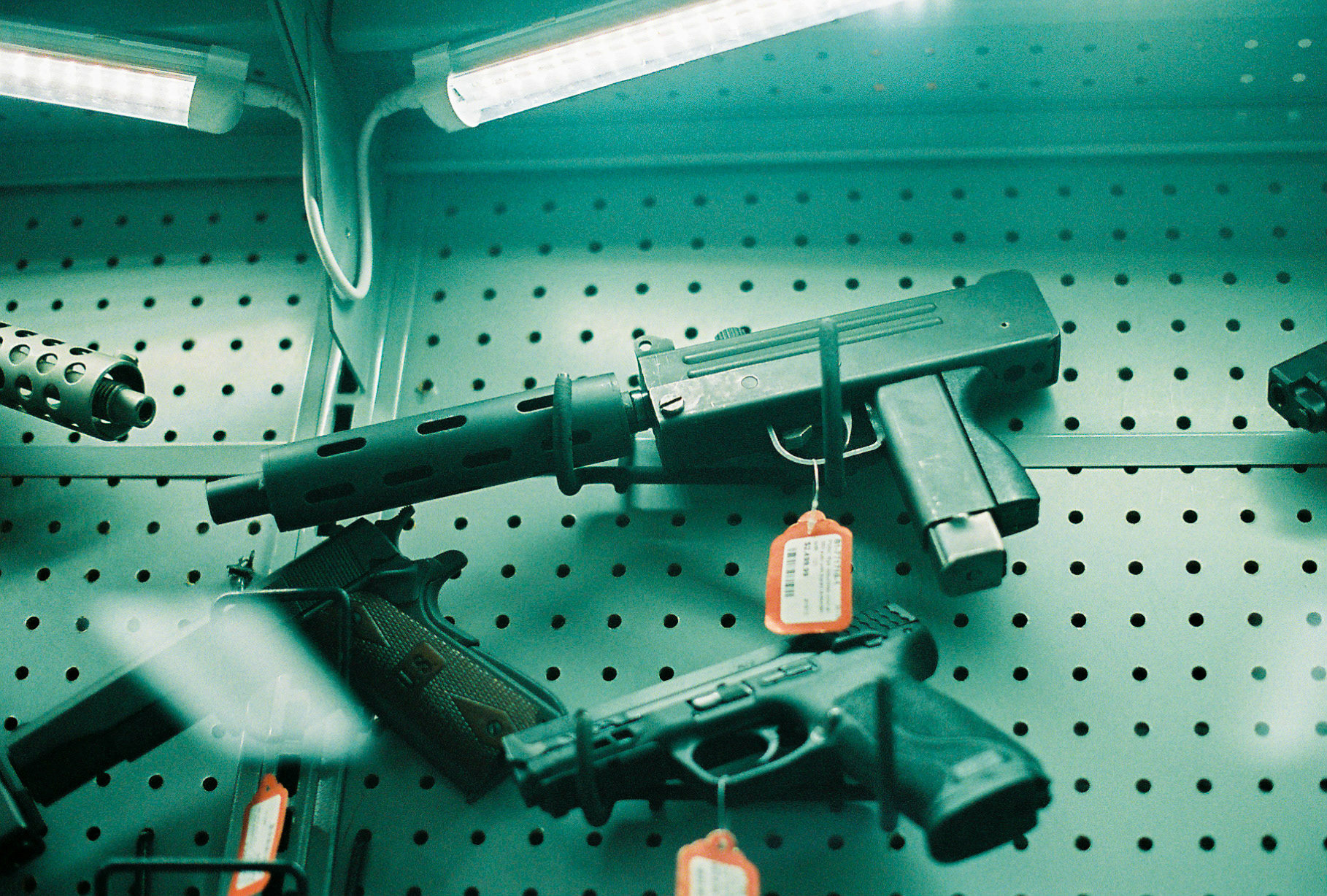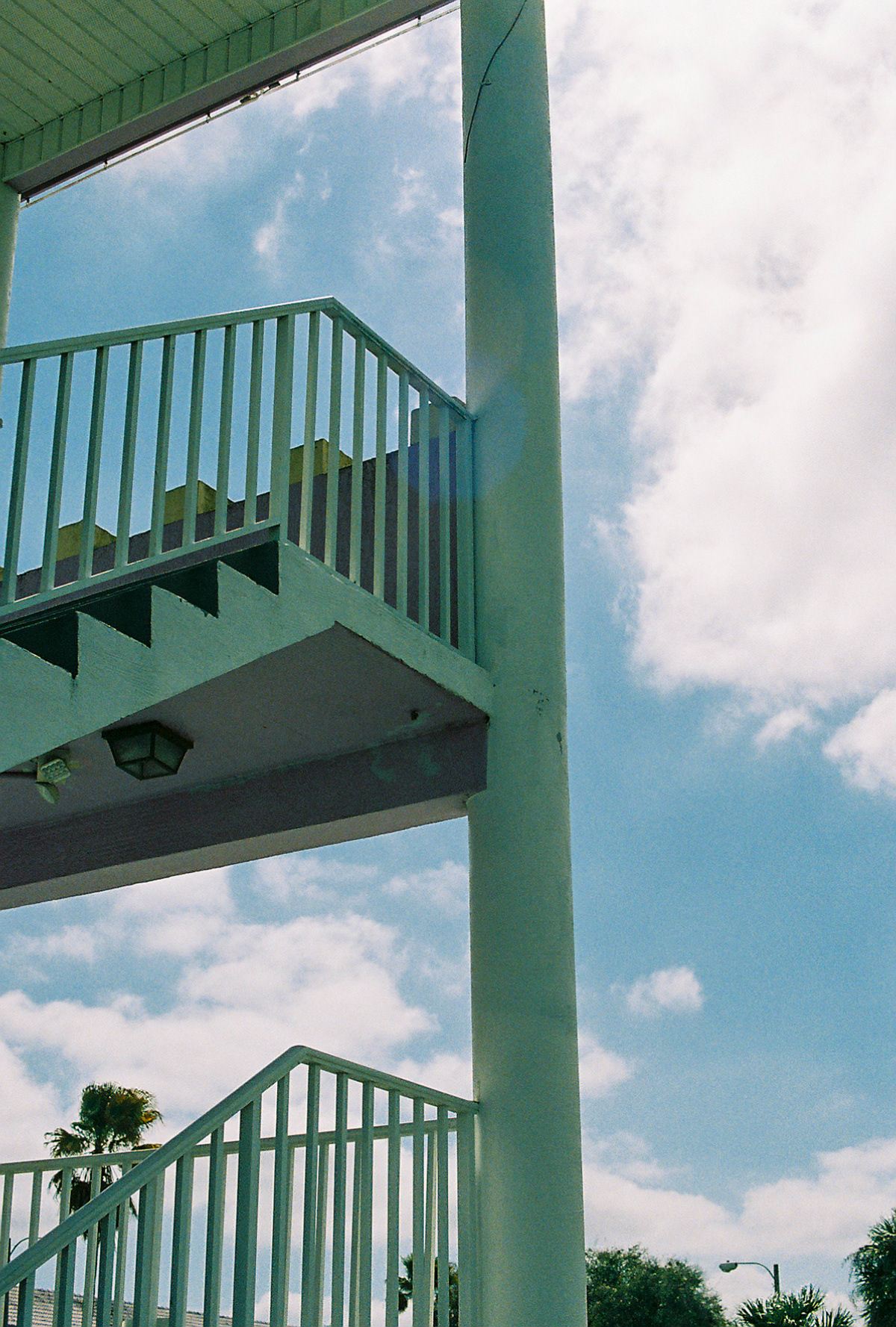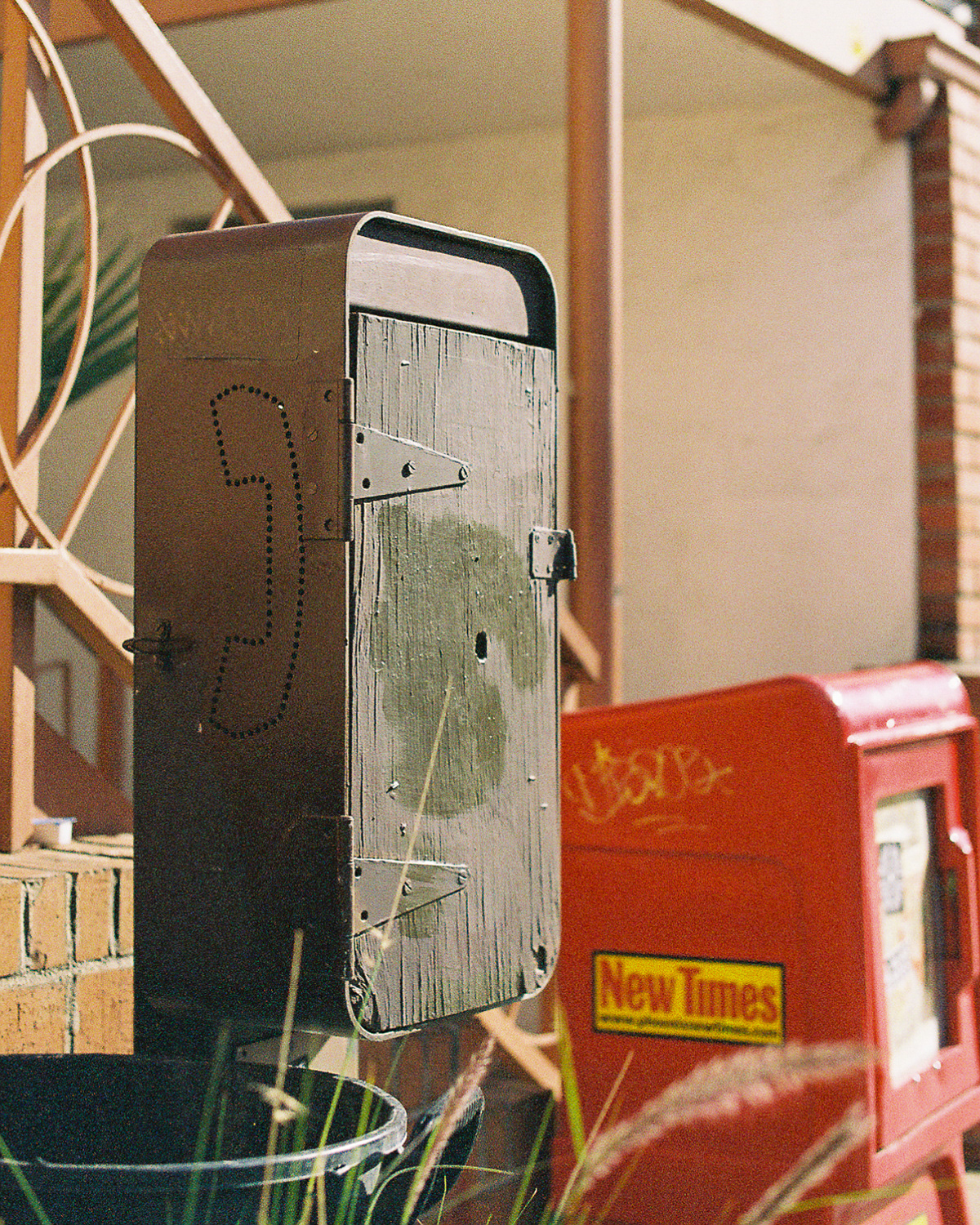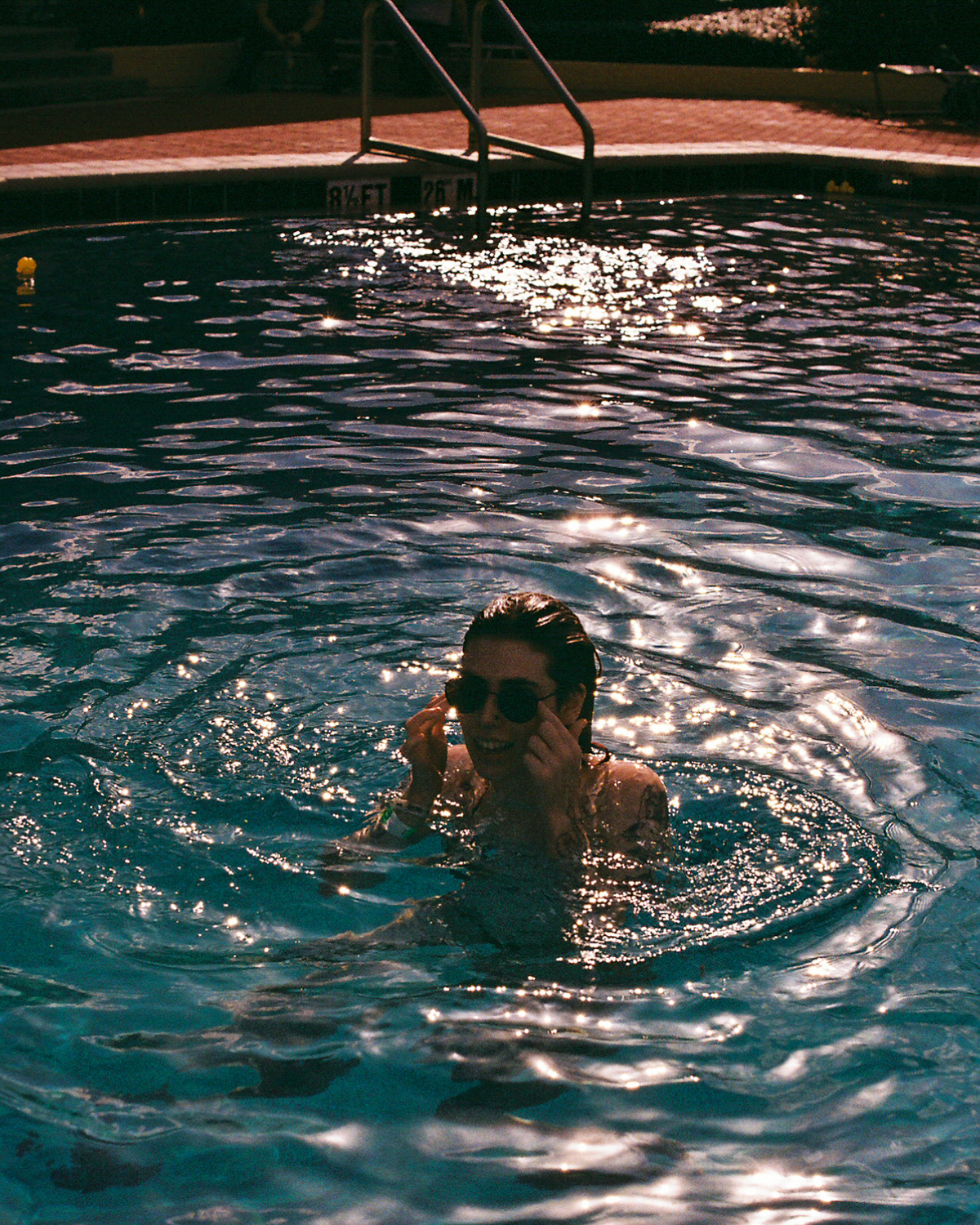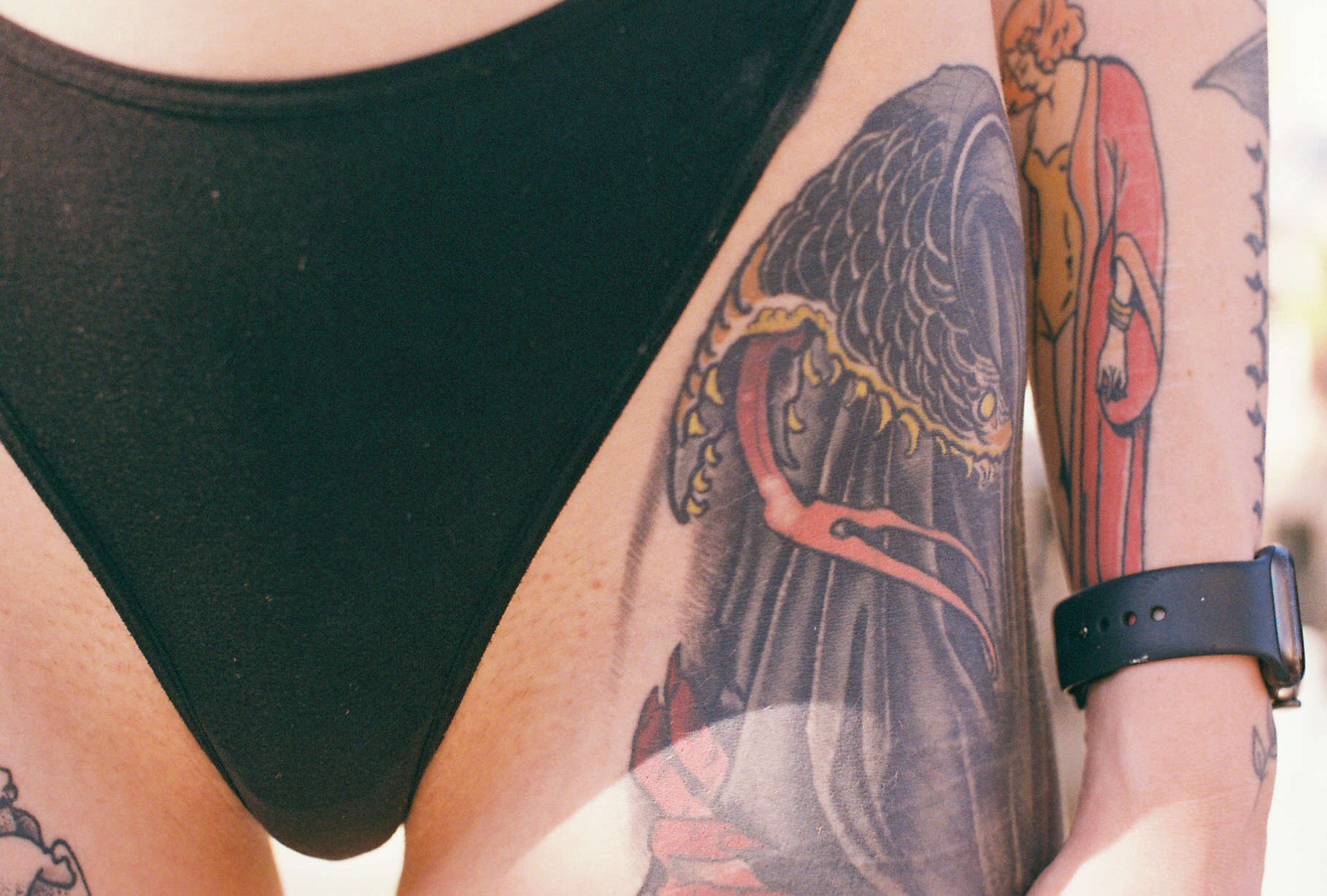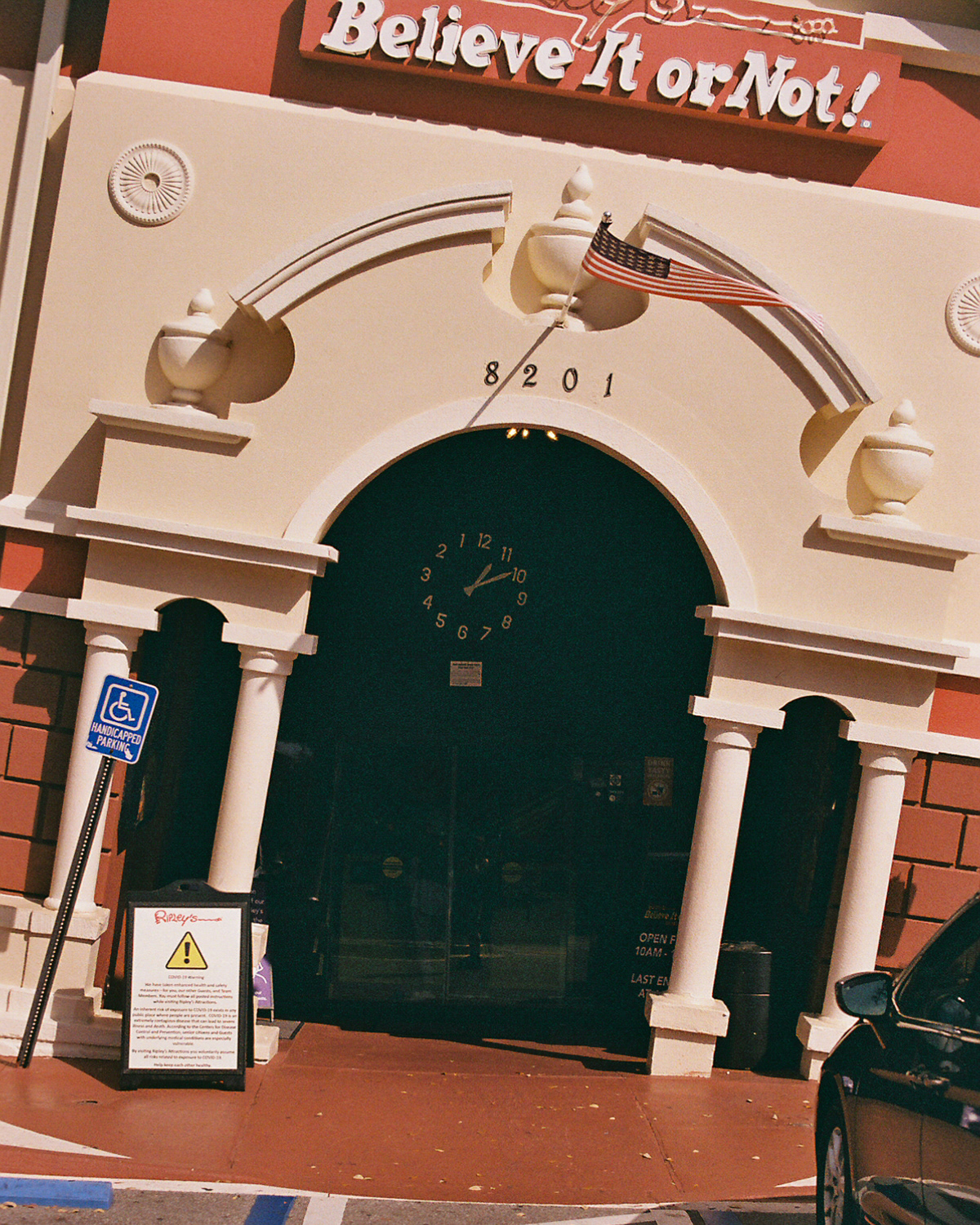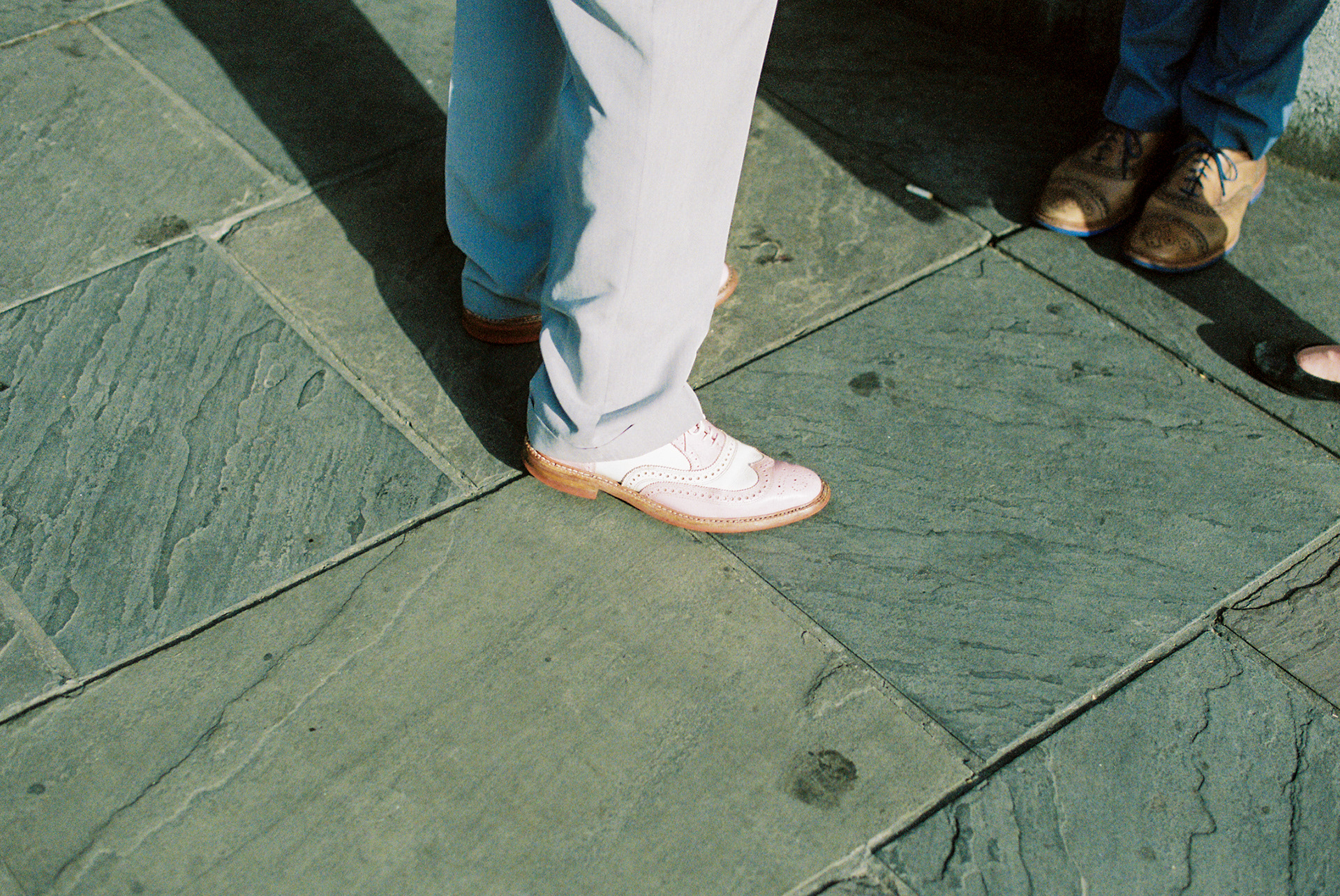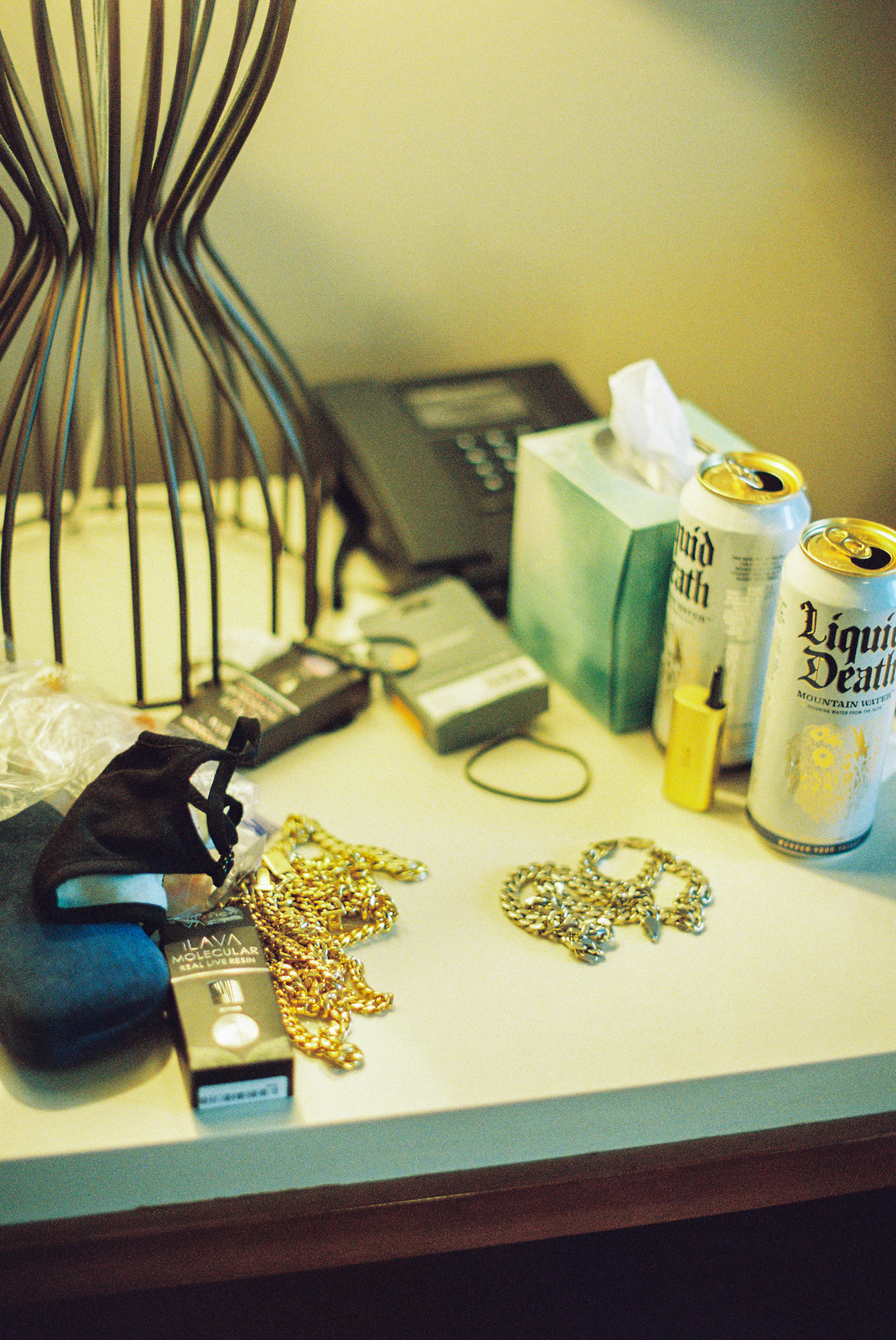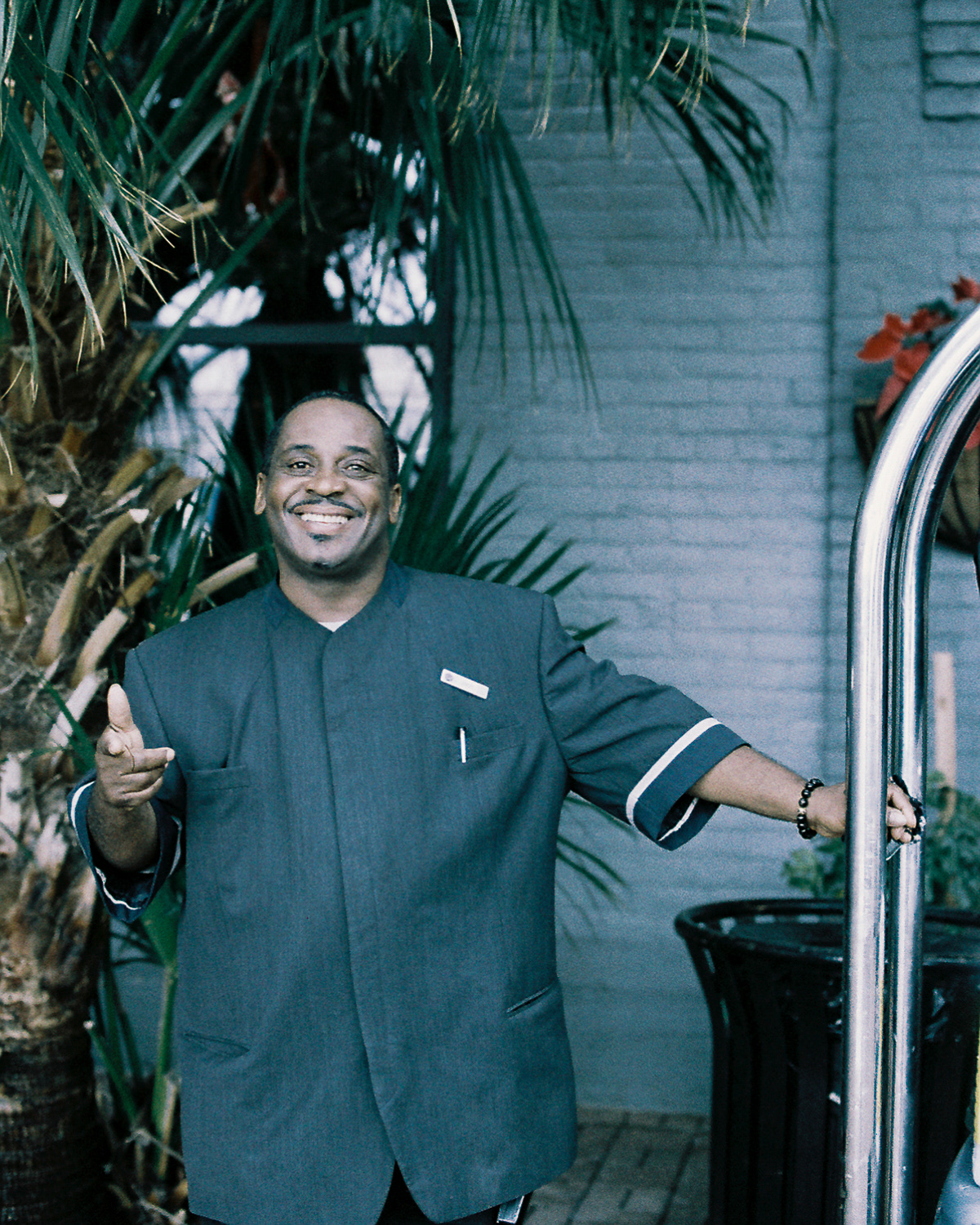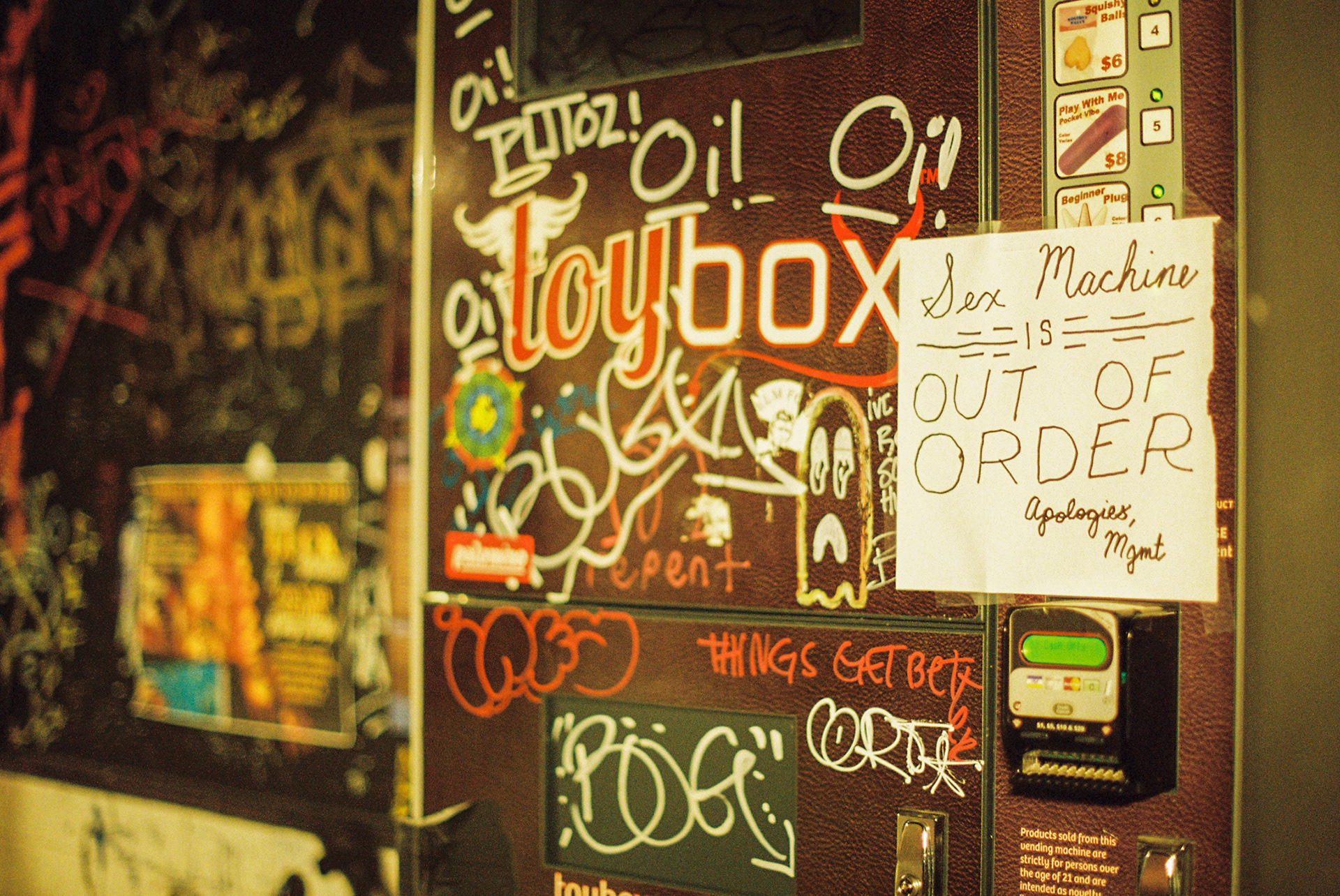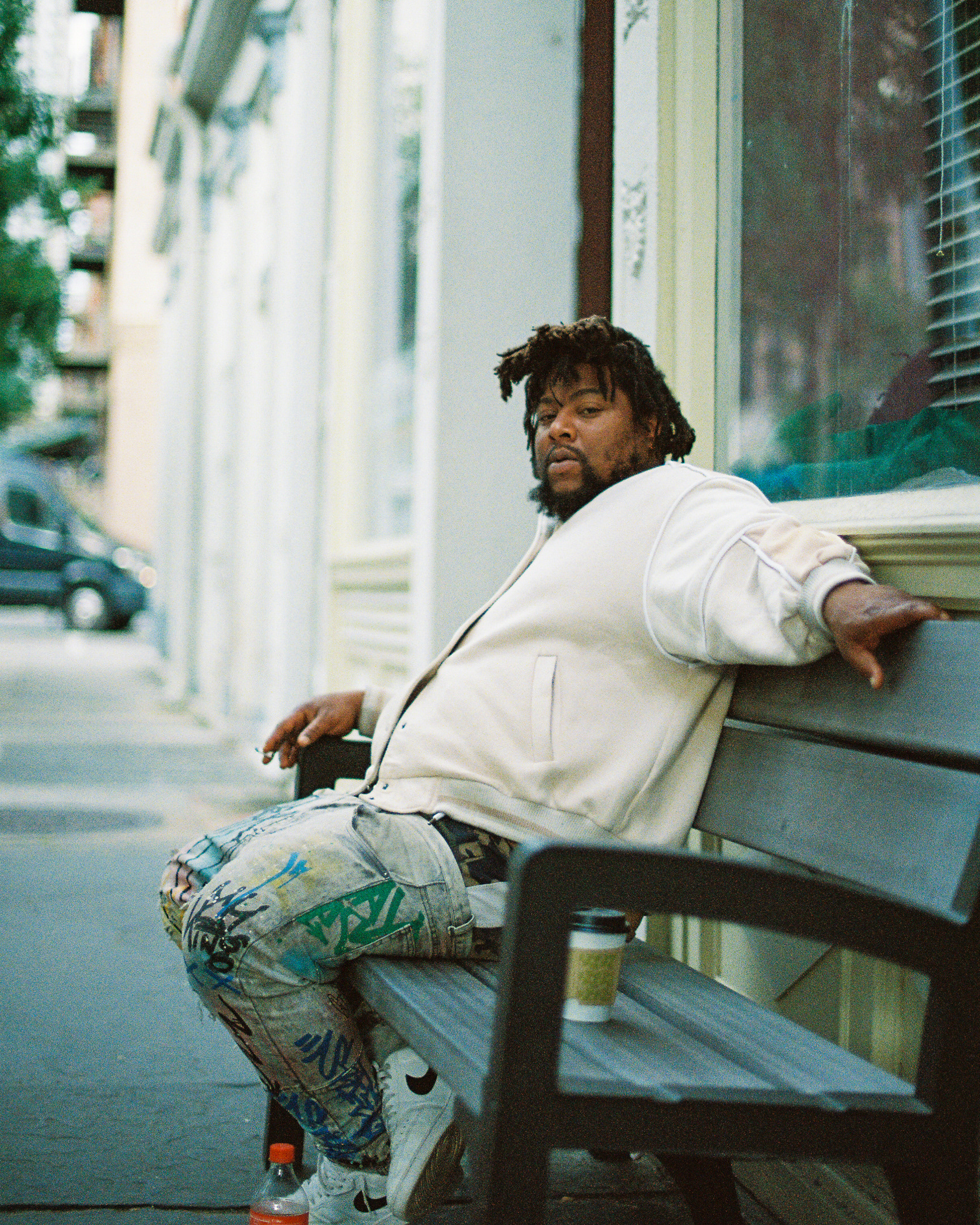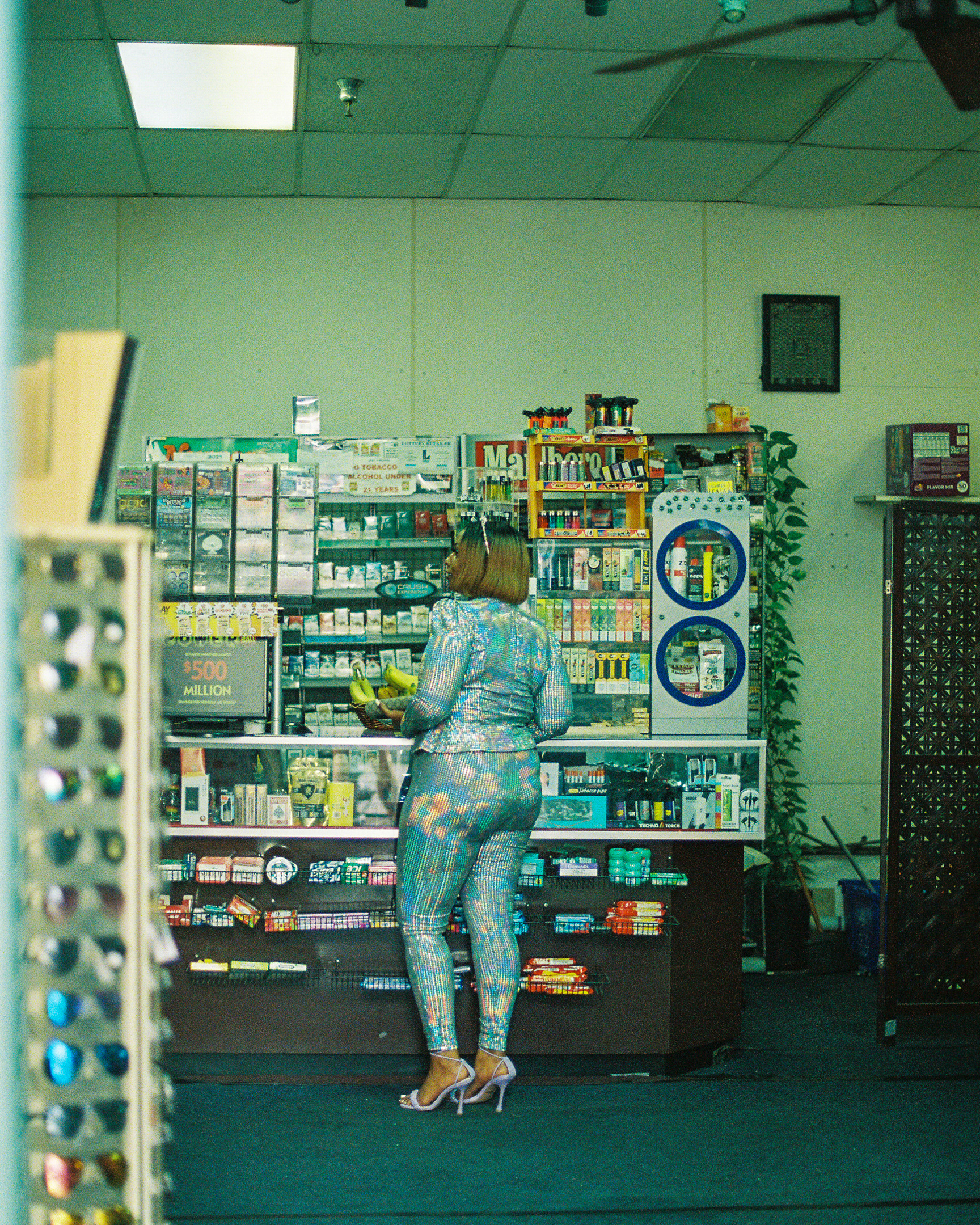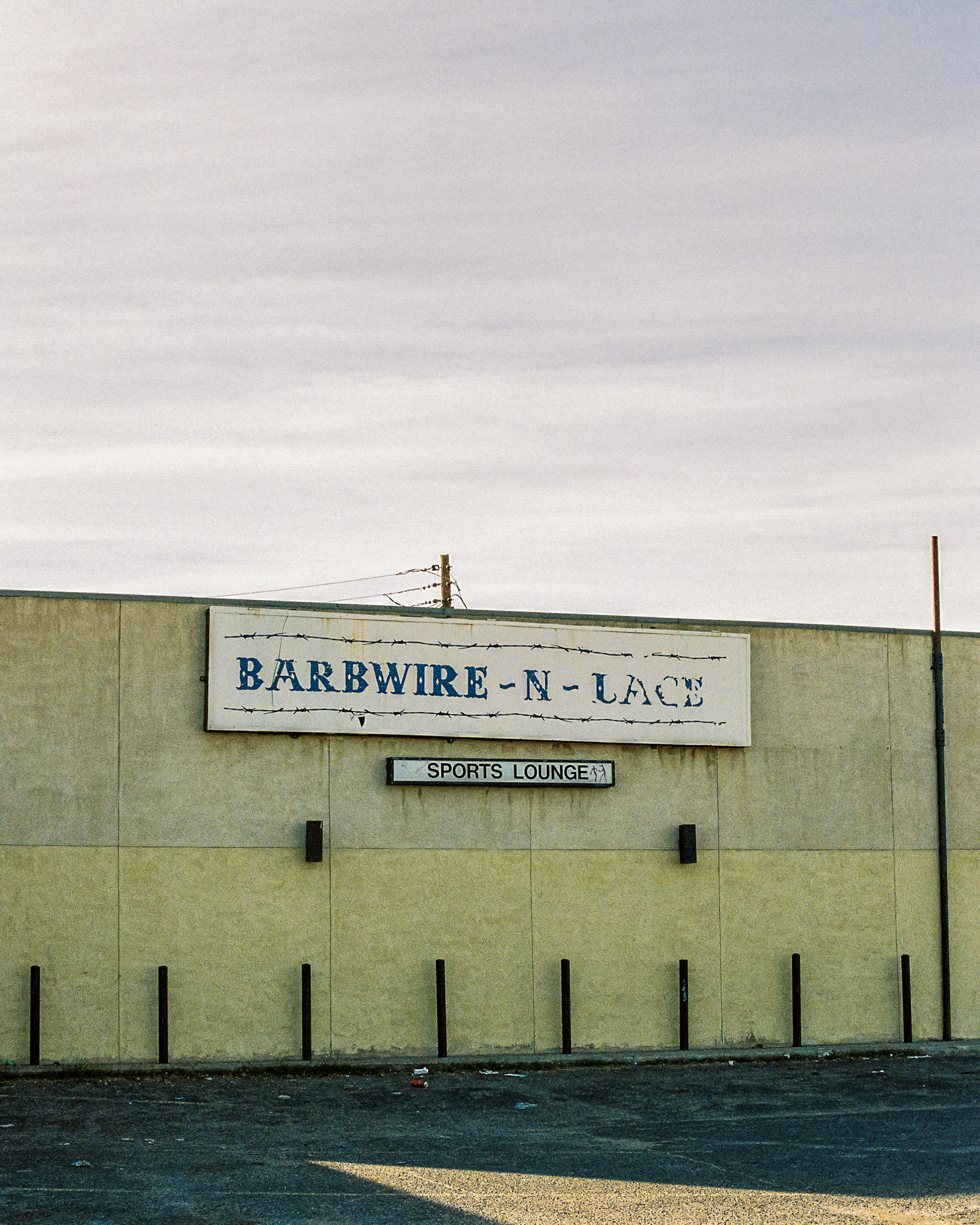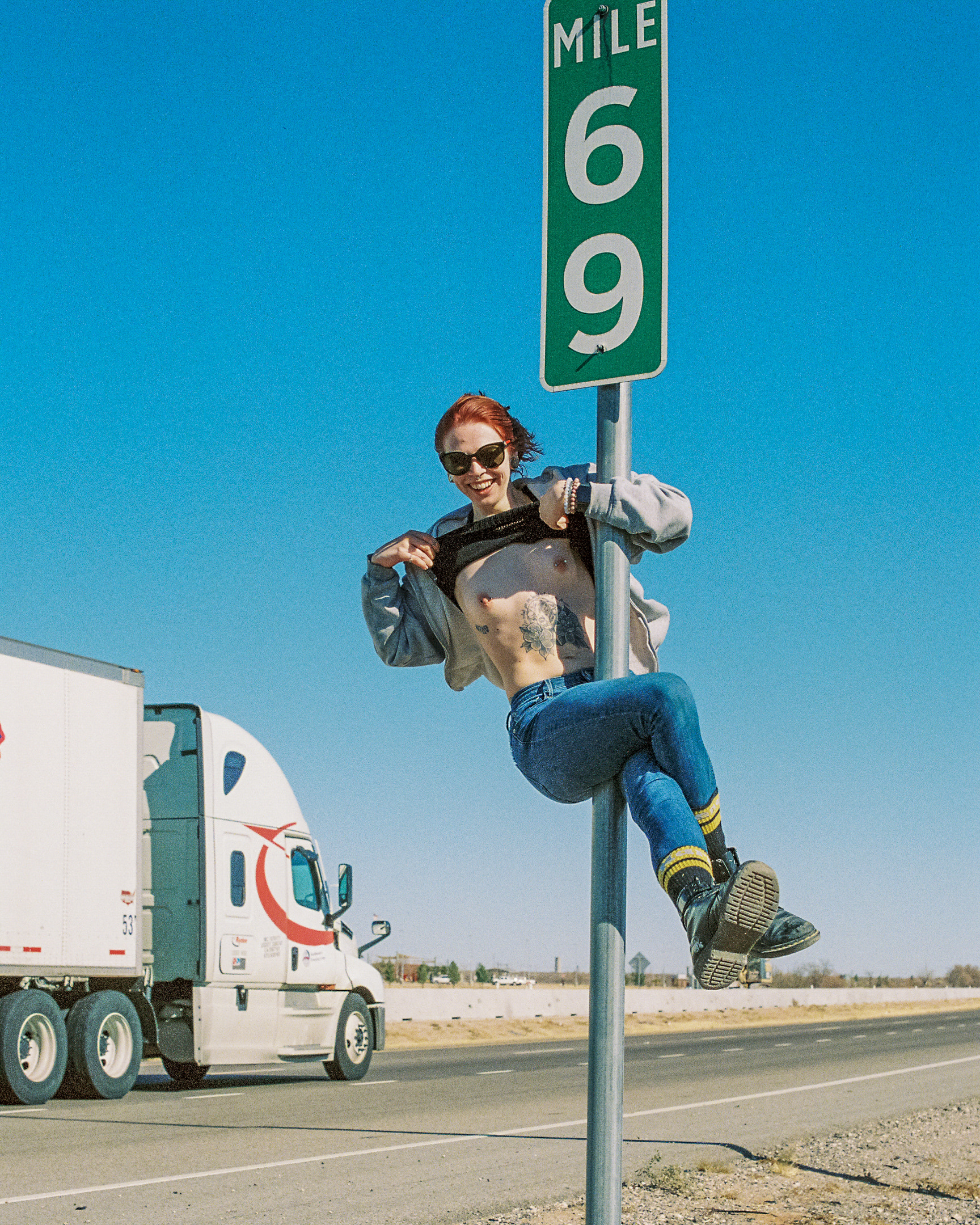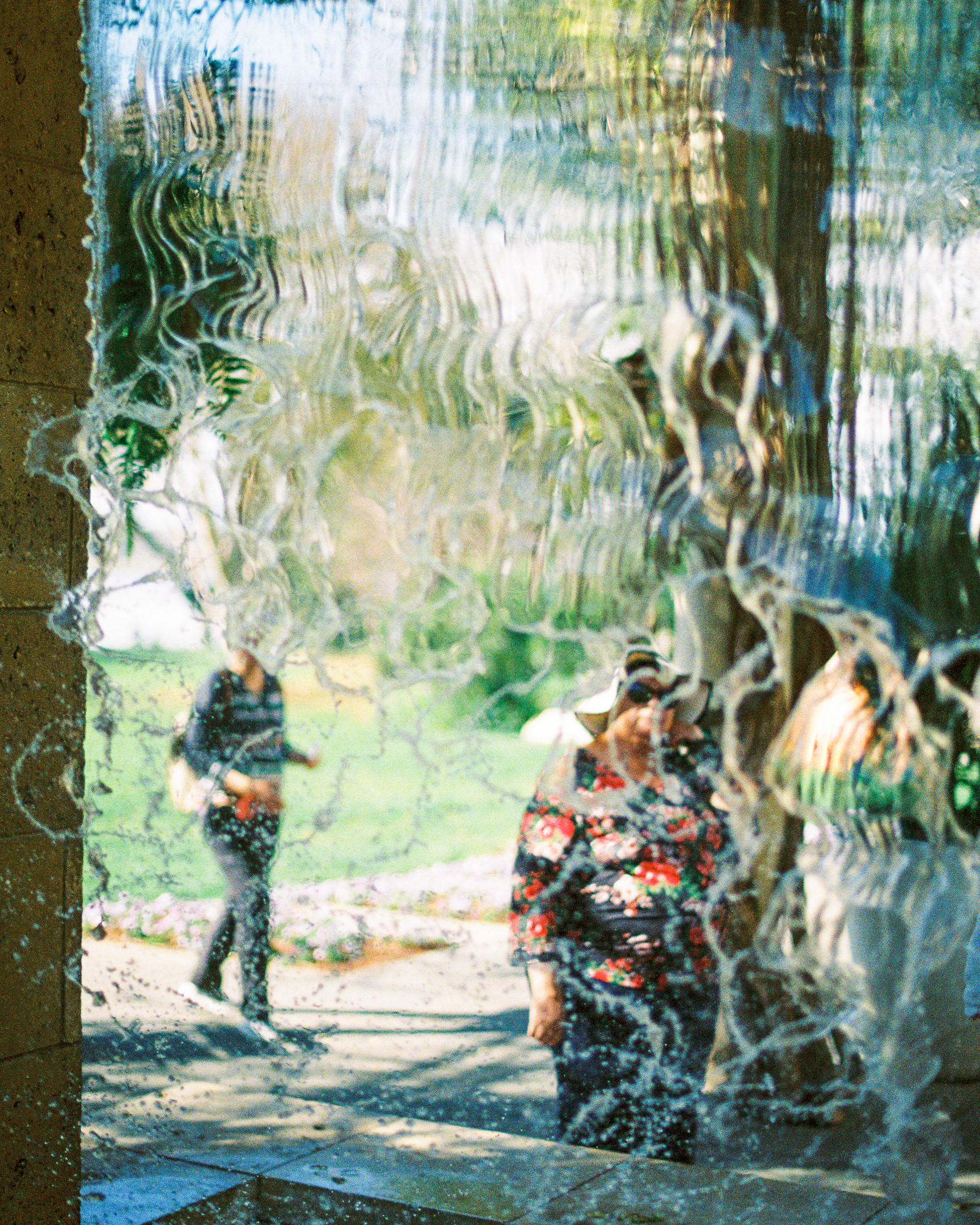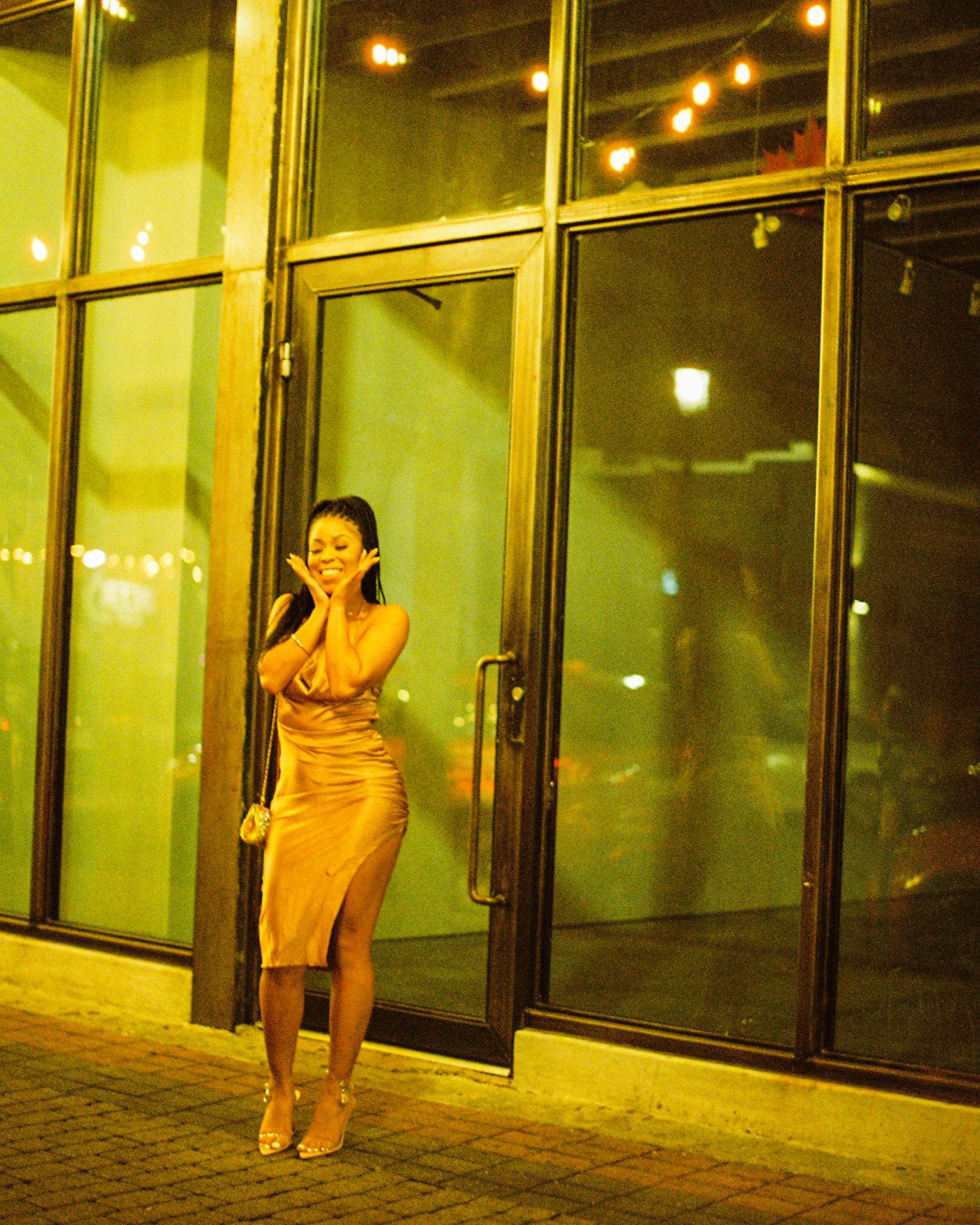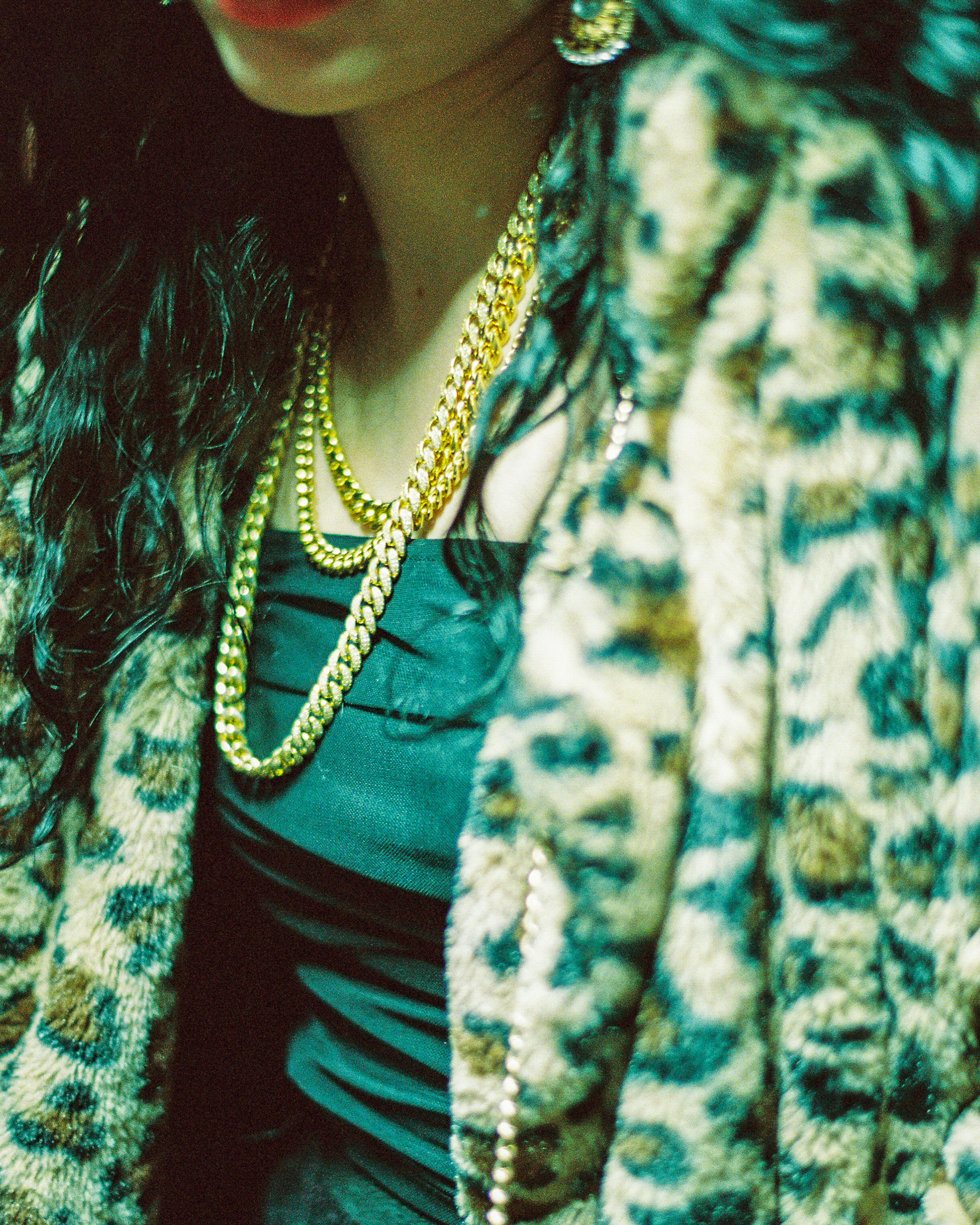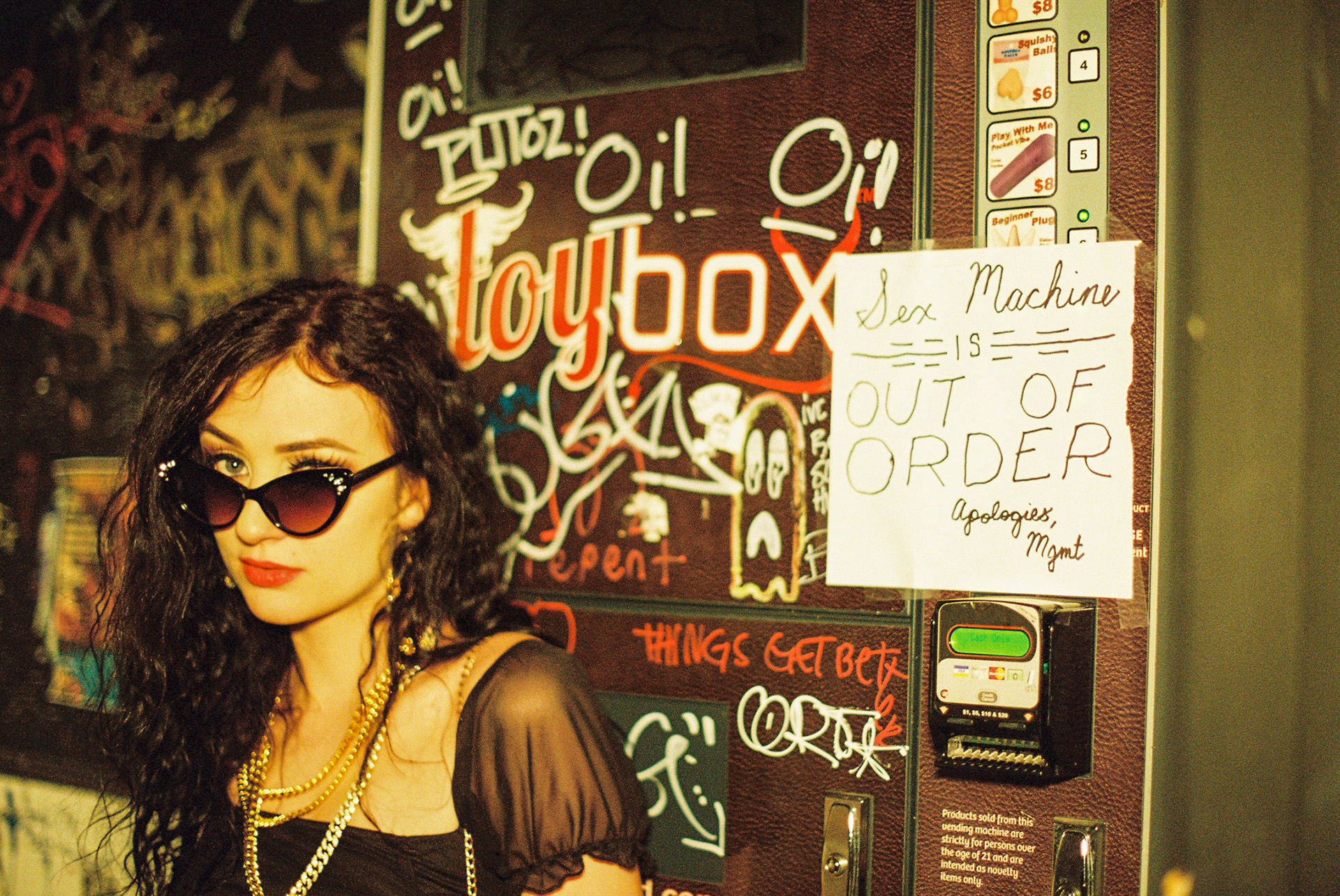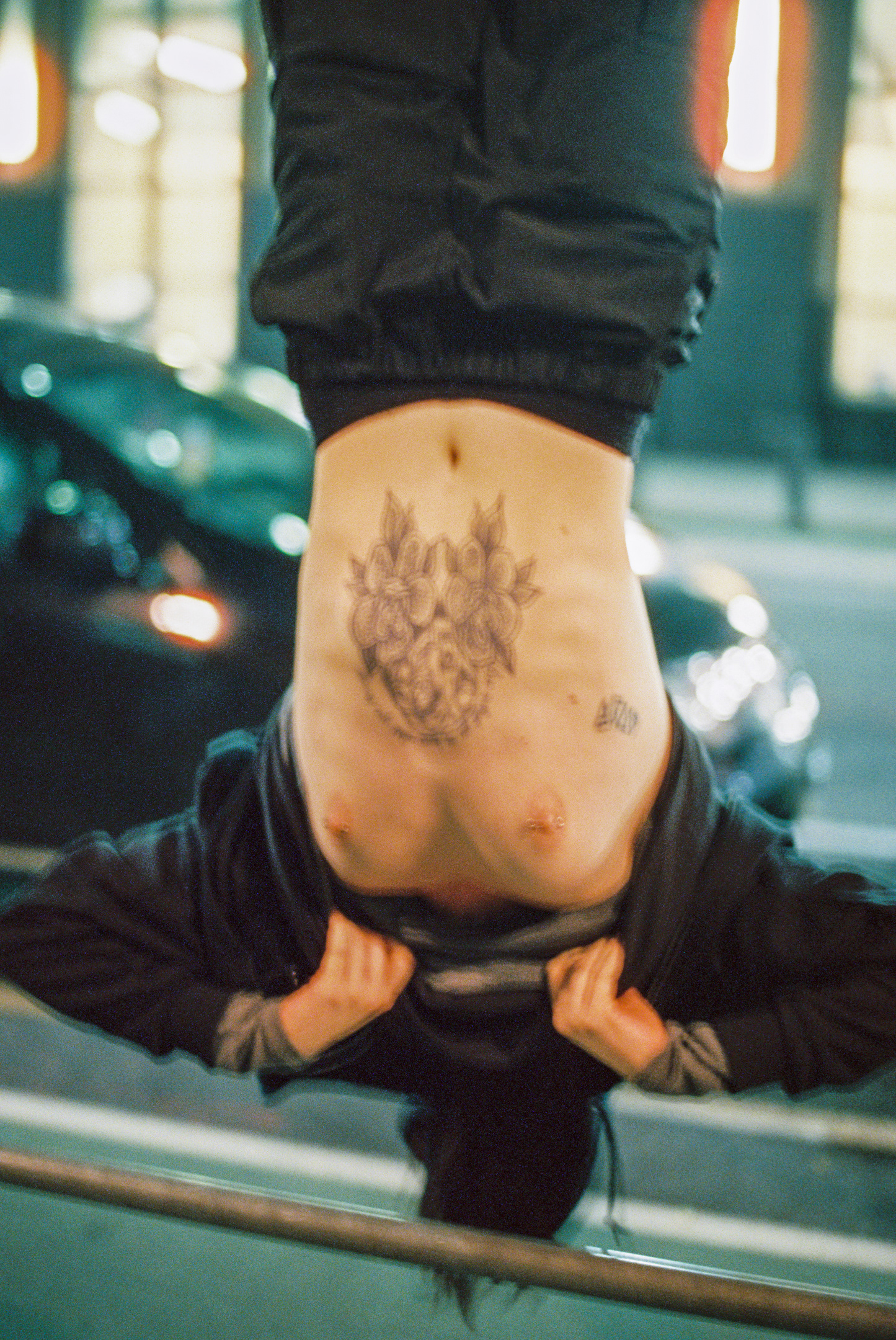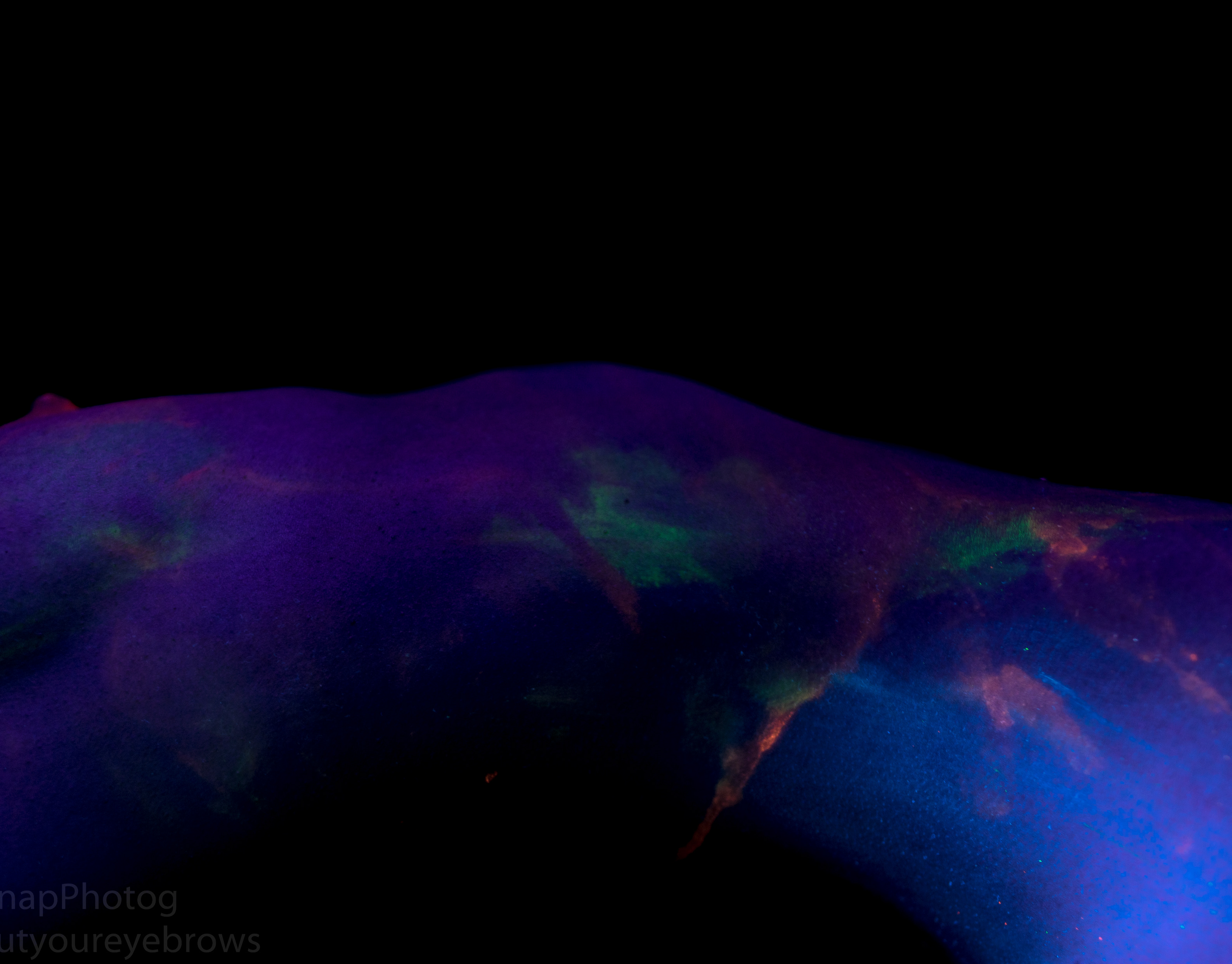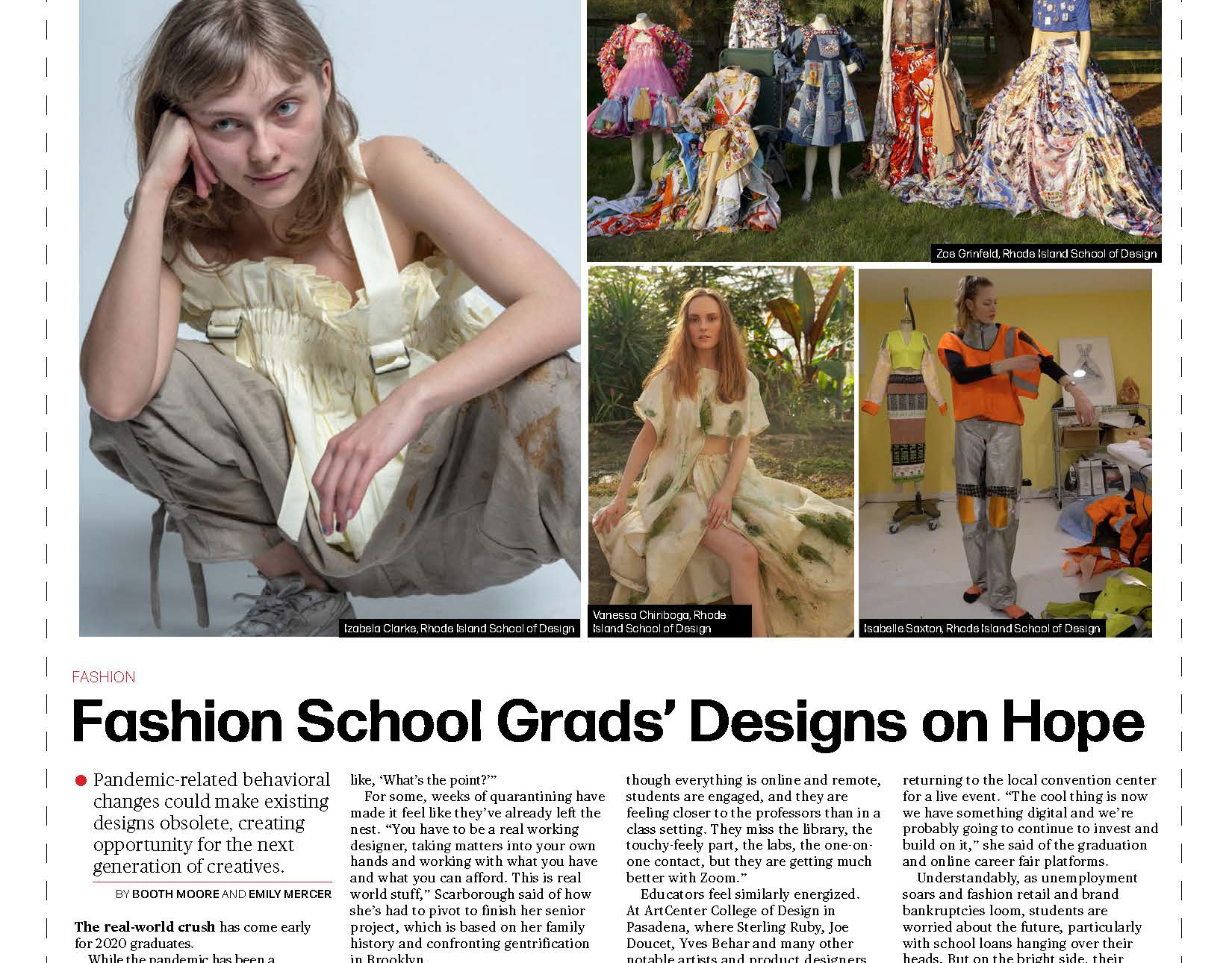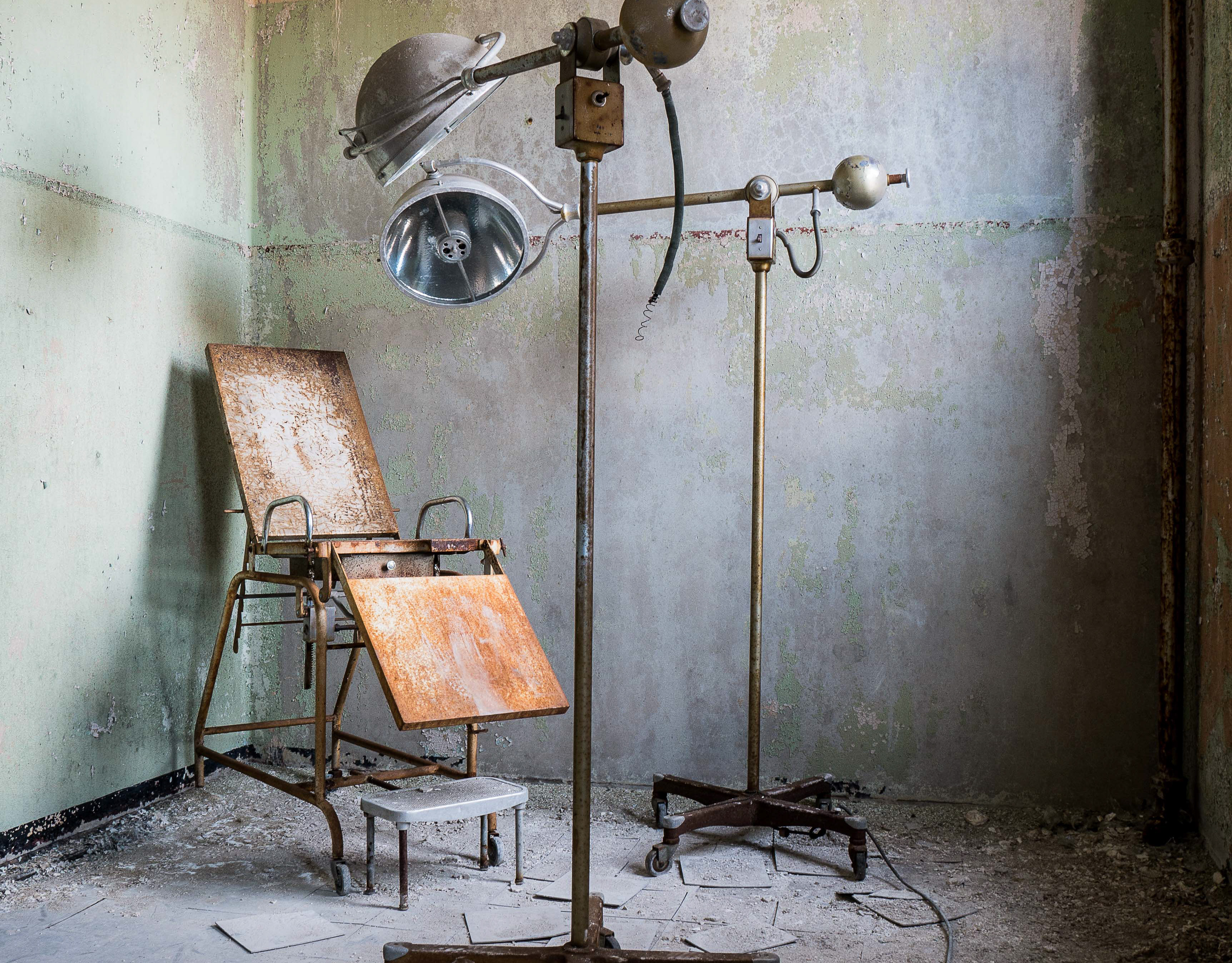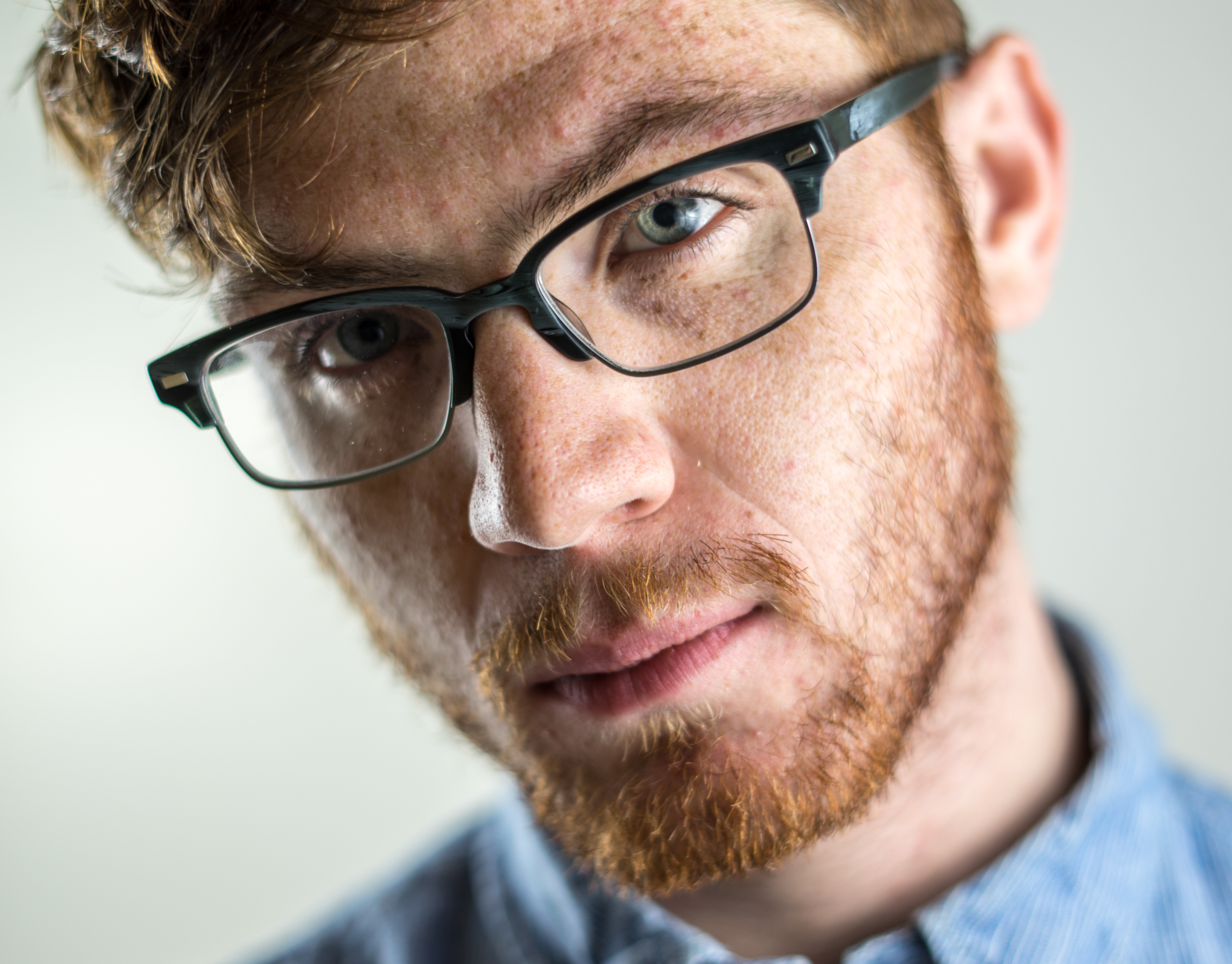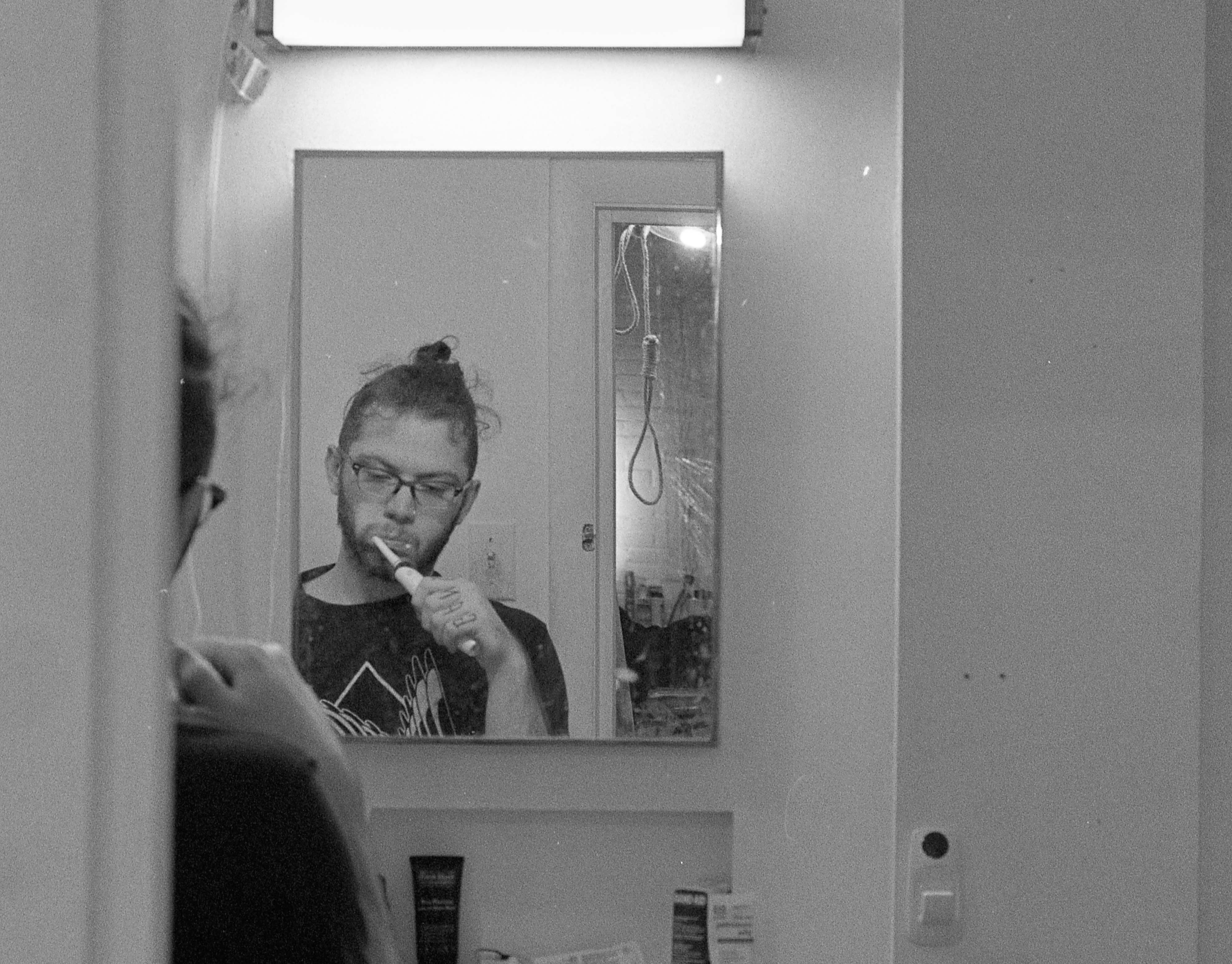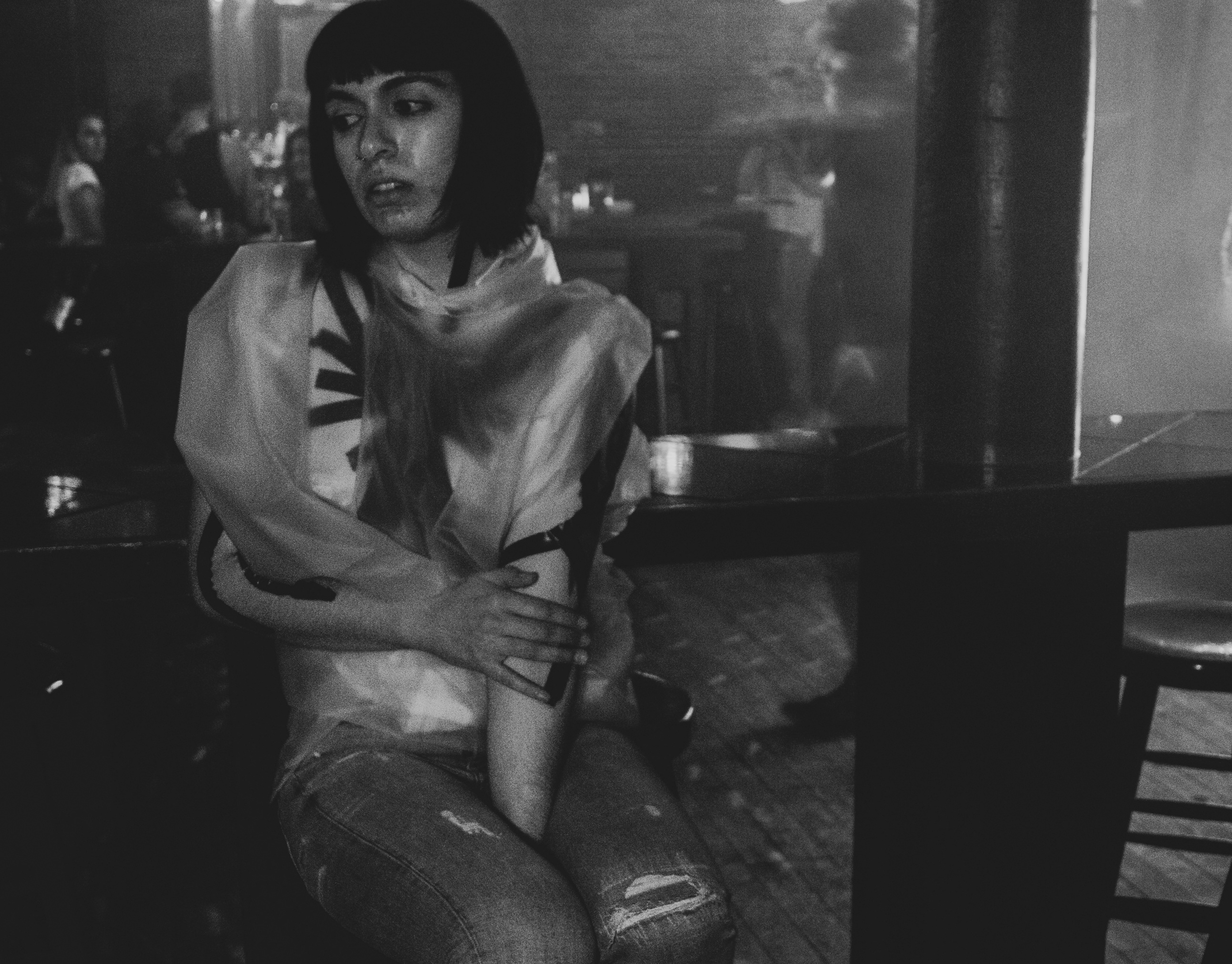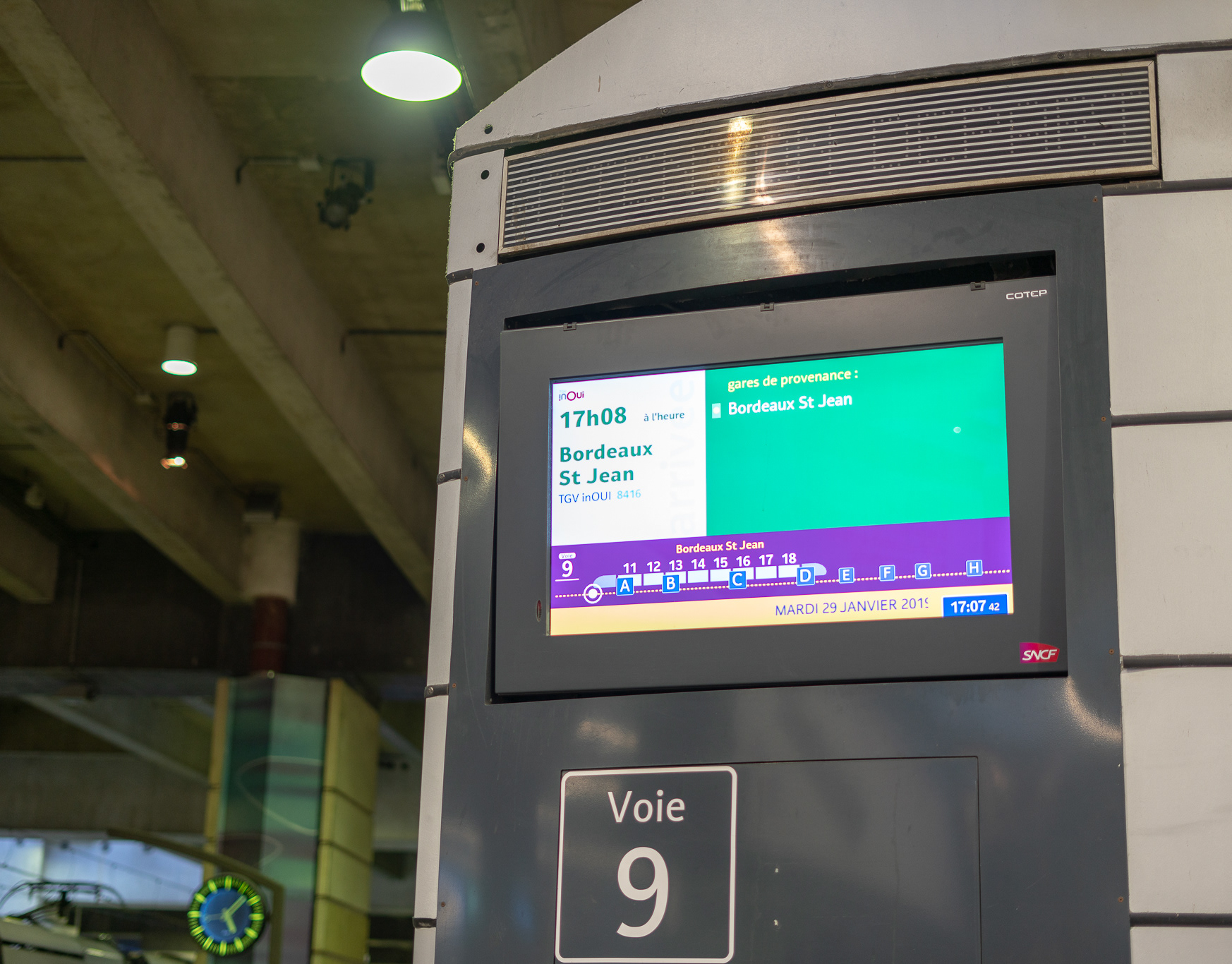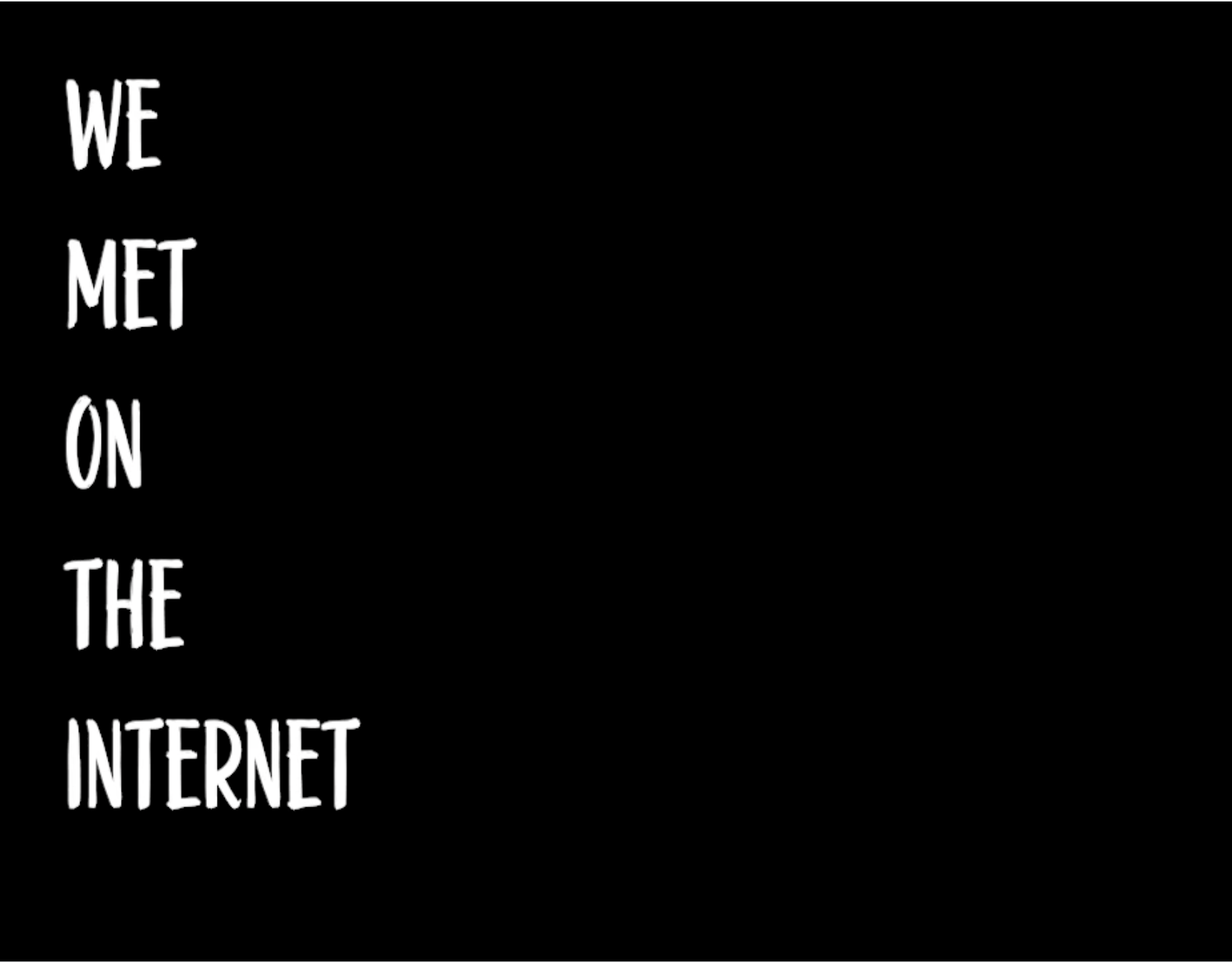The PPP is, at its core, an attempt to reconnect with the world at large. By capturing candid moments between humans connecting with themselves, or each other, I am also giving myself a purpose or way to connect to the world. When I hold a camera in my hand, I can give myself a sense of understanding, something I have struggled with growing up as the child of a single, drug-addicted mother until I left home at the age of thirteen. It was not until she passed of an overdose two years ago when I was 30, and I experienced profound loneliness associated with my life’s purpose until then of caring for her, that I began a journey to define myself without her. My mother was the only connection I truly had as a child because of how often we moved (generally every 3 months, as she would move in and then not pay rent and wait to be evicted) or were homeless. She frequently said to me, “I couldn’t find the perfect man, so I decided to raise one,” a tall order for a child. These struggles taught me the values of responsibility and resilience. I learned how to engage with the deepest and authentic aspects of myself and nature through my experiences with my mother…. then I felt like I was floating through time and space when suddenly she was gone. Before her death, my academic experience within art school felt purposed, but still menial. I would produce projects to meet deadlines, but often felt disconnected to them – they felt like exercises, and I wasn’t able to see the larger picture until I got toward my senior year. However, in my personal time, I enjoyed photographing events. Strangers were happy to be where they were, to be photographed, and talk to me... something I struggled to find both because of how my relationship with my mom was formed and the only meaningful one I was made to make, but also because of my position on the autism spectrum, which makes social cues very hard. I realized that the camera was my connection to people when my brain failed to help me open the doors of communication- one of many things I loved. As the project progressed, I became extremely ill from complications of a genetic liver disease I developed, and I spent several months in and out of hospitals and convalescence. As such, the project saw a steep pivot from a quasi-documentary style instant-photo reportage to a more self-referential multidisciplinary project. The PPP evolved then to become a work about what it means to be an image maker in balance with the trials and tribulations of daily life fraught with physical disabilities and illnesses, and their relationship with mental health. Through the project, I made images of the moments preceding my hospitalization with a focus on the outside world. As my health declined, I slowly became isolated from the world, and my focus moved toward, yet again, marking time with photographs in an effort to give my future self a way to process what happened to me linearly.

